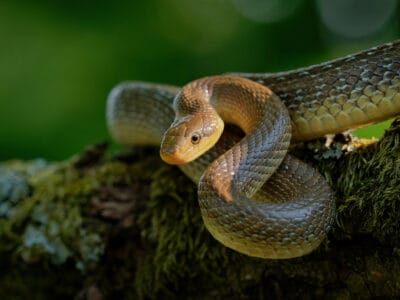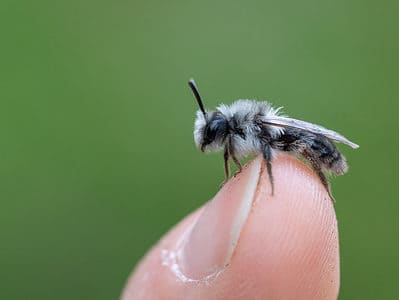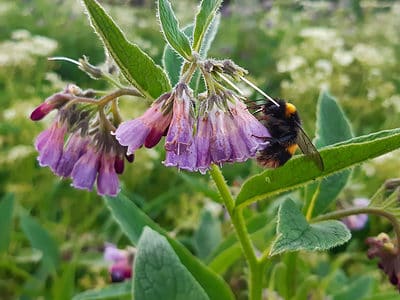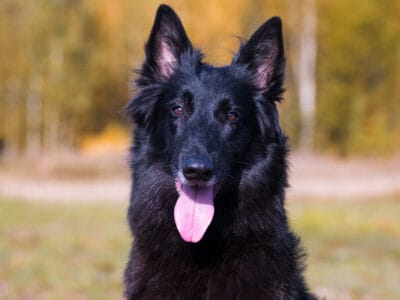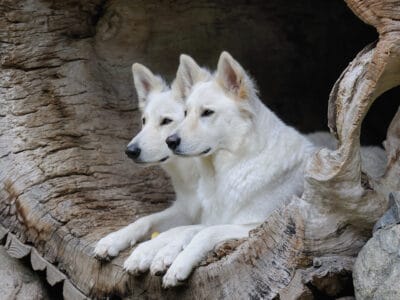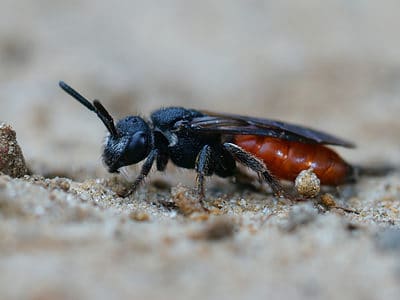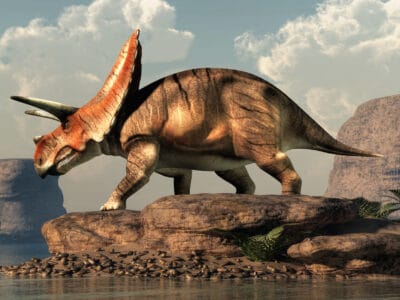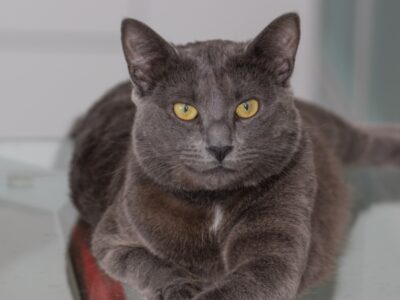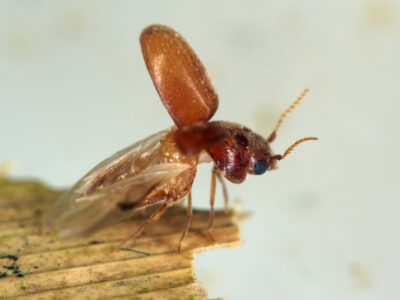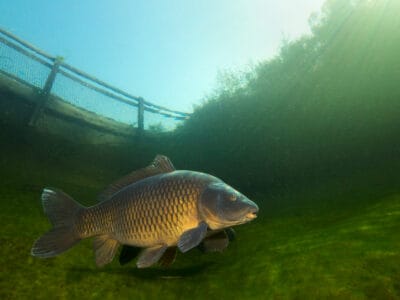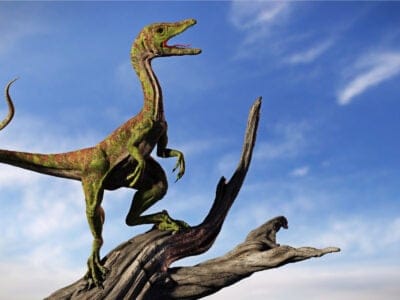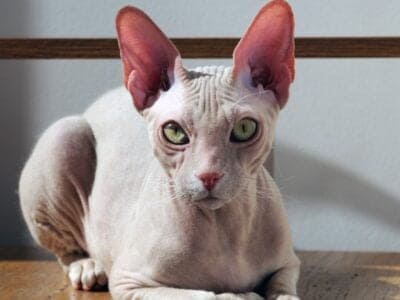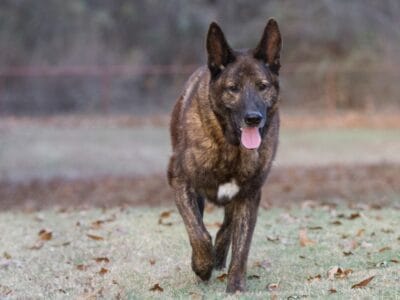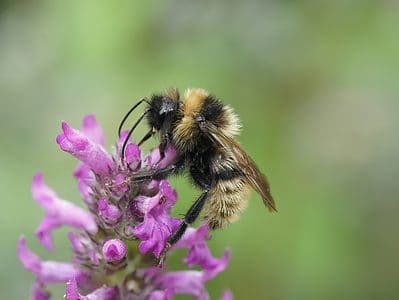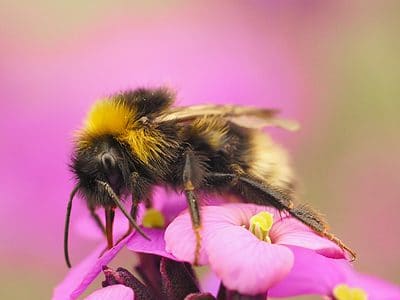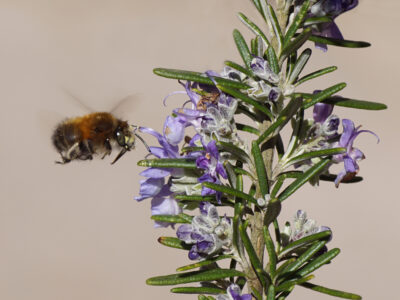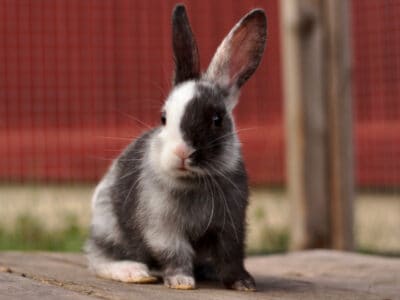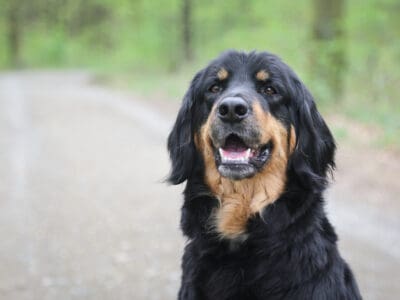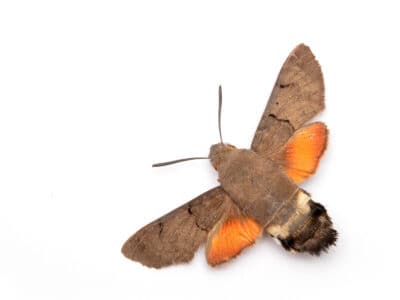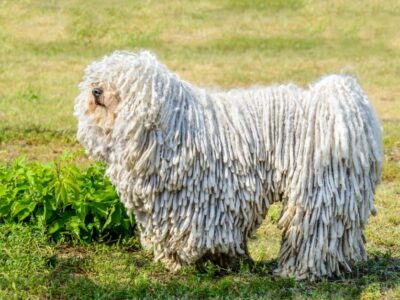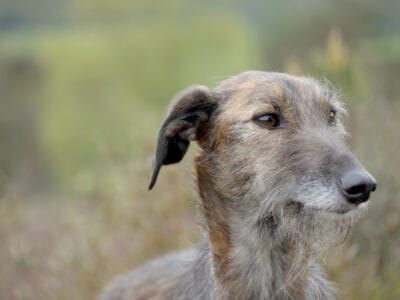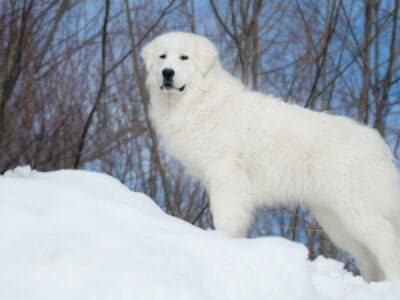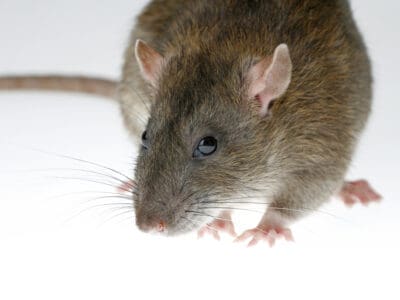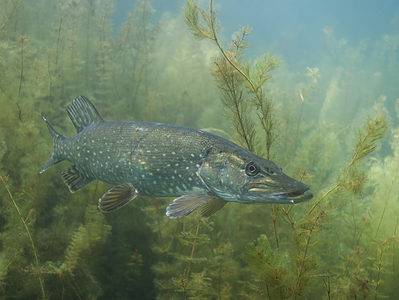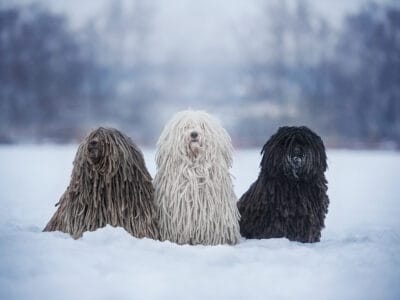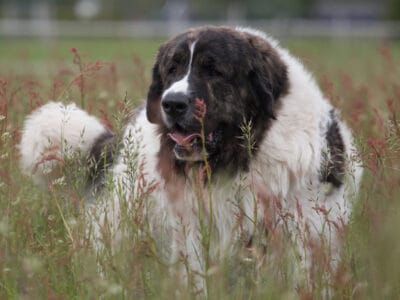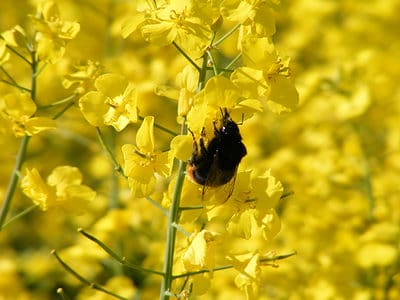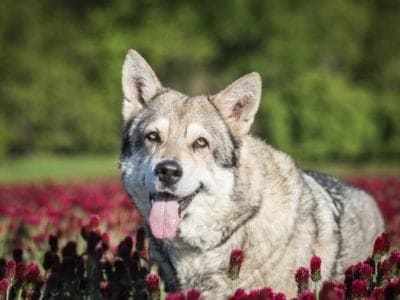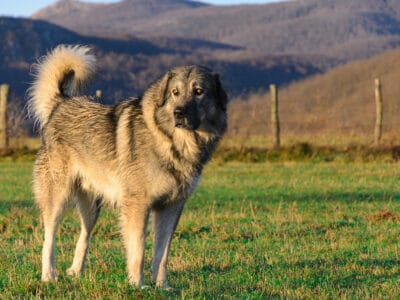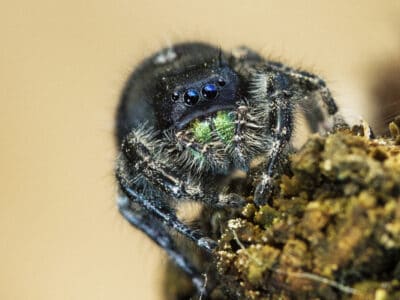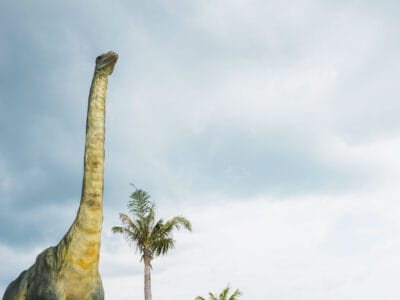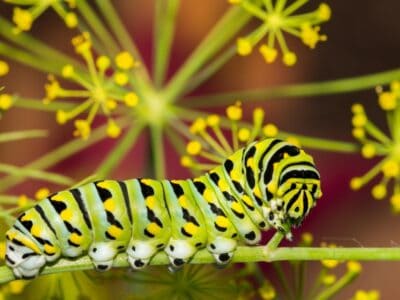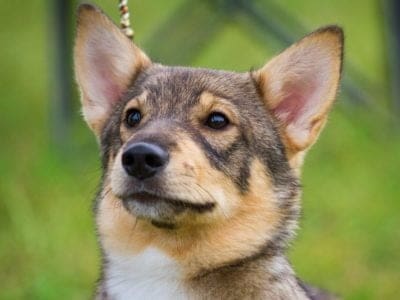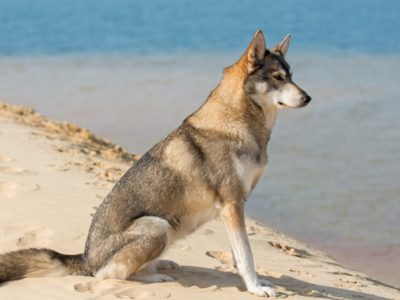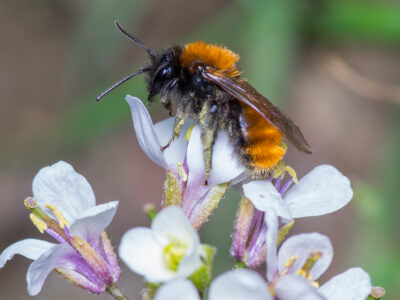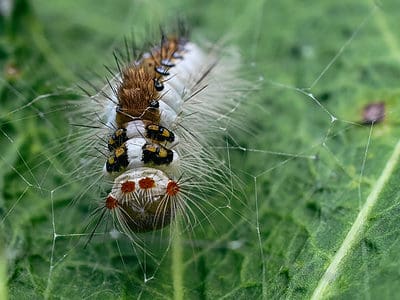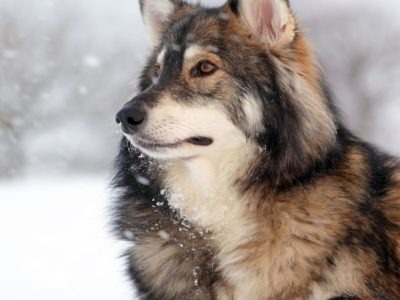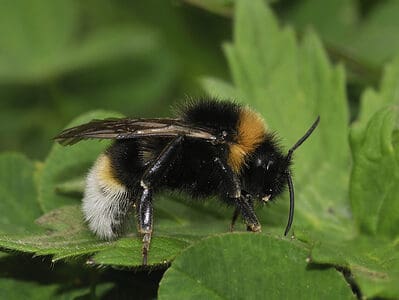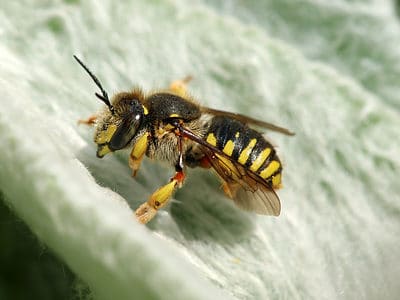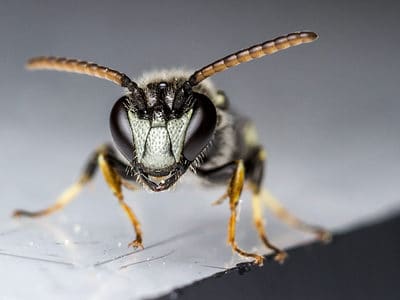Below you can find a complete list of European animals. We currently track 802 animals in Europe and are adding more every day!
Europe is a continent in the northeastern hemisphere. As the second smallest continent in the world, it covers 6.8% of the Earth’s land area and 2% of the surface, with a higher coast-to-landmass ratio than any other. Geographically, it varies within a small area. The south is mountainous, while the north encompasses hilly uplands. Northeast holds a prominent landmark known as the Great European Plain.
The north-western seaboard also has uplands, while mainland central Europe has river valleys, basins, and plateaus. The climate is temperate, or warm and wet, as influenced by the Gulf Stream. It is colder in the north than in the south, and colder from the west going eastward. Within these environments exist wildlife that is common in Europe, with species that are unique to the continent and sometimes the world.
Most Popular European Animals
Europe is a continent composed of several different countries, each with its own language and culture, so there is no singular national animal. Instead, individual countries have chosen their own national animals. For example, the lion, the official national animal of the Netherlands, Norway, and England, represents bravery and courage.
While there is no specific national animal for Europe, itself, there are several species considered as “The Big 5,” seemingly the most impressive animals on the continent. The big 5 animals are the European Bison, the lynx, the wolverine, the brown bear, and the wolf.
Native European Animals
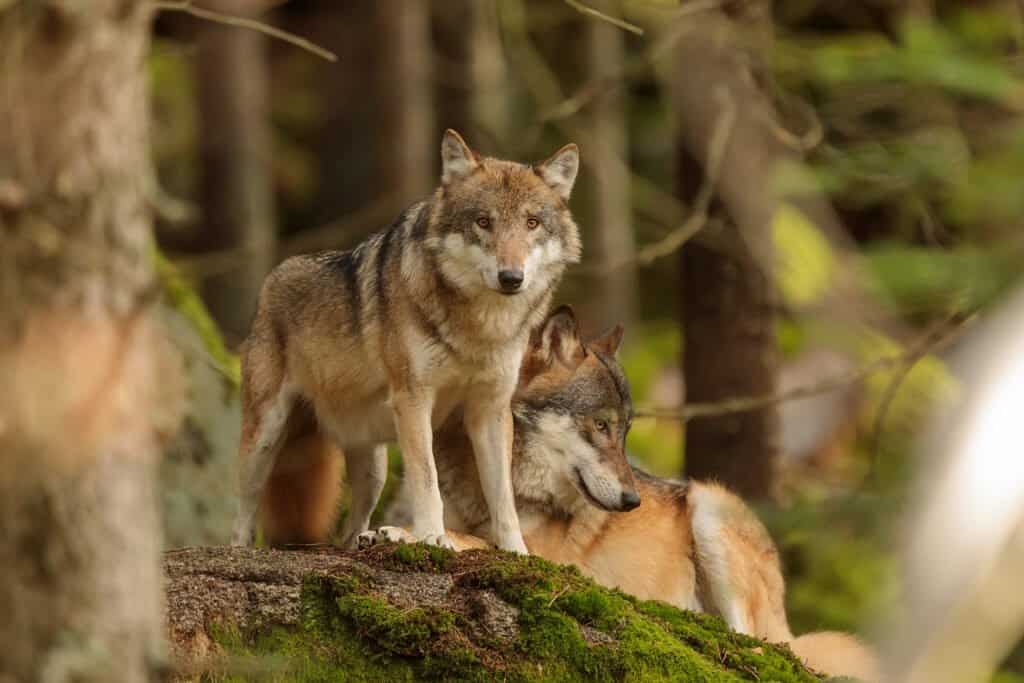
Eurasian wolves are native to Europe as well as parts of Asia.
©Michal Ninger/Shutterstock.com
While many animals have been introduced into Europe from other parts of the world, several species are native to the continent.
- European Bison: These relatives of the American bison can be found in European countries like Belarus, Germany, Lithuania, Poland, and Switzerland.
- Eurasian Lynx: Also called the northern lynx, this wild cat inhabits forests and mountains of European areas like Scandinavia, Poland, Slovakia, and smaller populations in other countries like France and Europe.
- Polar Bear: Polar bears are found in Norway and Greenland. The population is around 3,000.
- Eurasian Brown Bear: There’s an estimated population of 22,000 inhabiting Europe, 17,000 of which are Eurasian (or European) brown bears.
- Moose: Moose are native to the countries of Norway, Sweden, Finland, Latvia, Estonia, Poland, the Czech Republic, Belarus, and Ukraine.
- Wolf: There are five subspecies of grey wolves in Europe, the most common being the Eurasian wolf. The others include the Italian wolf, Iberian wolf, Tundra wolf, and Steppe wolf.
The Capercaillie, European Bee-eater, and Golden Eagle are all bird species originally found on the continent. Wildlife in Europe, like the rest of the world, is facing threats of endangerment from human encroachment and poaching. Protective measures continue to be implemented in order to preserve these nails and their natural environments.
Where To Find The Top Wild Animals
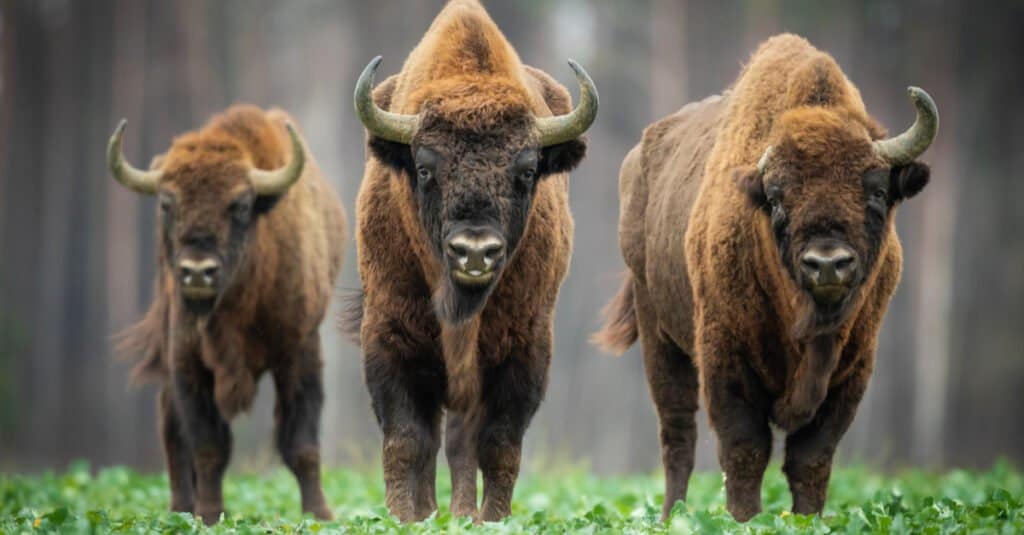
The Wisent, or European Bison, is one of the European “Big Five” wild animals tourists seek out.
©Szczepan Klejbuk/Shutterstock.com
It seems that each continent has its own “Big Five.” Europe is no different, featuring five particular wild animals that countless travelers desire to catch a glimpse of in their natural habitats. The European Big Five includes:
- Wolf
- Brown Bear
- Wisent (European Bison)
- Lynx
- Wolverine
There are many more animals to view in the countries of Europe. Other popular animals are red or roe deer, European pine martens, chamois, golden eagles, otters, hedgehogs, varieties of owls and falcons, sables, foxes, wild boars, seals, and sea birds like the beloved puffin.
Below is a list of the best places to view the best of Europe’s stunning wildlife:
- Kainuu Forest, Finland: Red-flanked bluetails, Ural owls, woodpeckers, black grouse, golden eagles, elks, lynxes, wolverines, wolves, bears, and flying squirrels.
- Białowieża Forest, Poland: Lynxes, wolves, elks, and 56 other mammal species, 250 bird species including white-tailed eagles and rare woodpecker species, and about 900 of the famous European bison.
- Pindus Mountains, Greece: 11 wildlife sanctuaries for spoonbills, egrets, herons, brown bears, red deer, otters, jackals, and wolves.
- Southern Carpathian Mountains, Romania: Bears, lynxes, wolves, wild boars, red deer, roe deer, chamois, and wild cats.
- Côa Valley, Portugal: Eagles, vultures, red-rumped swallows, alpine swifts, eagle owls, and black storks. Within is the Reserva da Faia Brava, an independent nature reserve that includes animals such as red deer, ibex, Iberian wolves, Maronesa cattle, and wild Garrano horses.
- Highlands and Inner Hebrides, Scotland: Golden eagles, red deer, and mountain hares. At the Isle of Rum are sea eagles, otters, seals, ponies, wild goats, ponies, and red deer.
- Svalbard, Norway: In the pine forests are lynxes, elks, wolves, and brown bears, while the northern fjords have orcas.
- Norfolk, England: Sea birds and grey and common seals.
- Spain: The National Park of Sierra de Andujar at Malaga has the unique and rare Iberian Lynx. Lizards, dromedaries, and goats are on the Canary Islands, and Tenerife has whales, dolphins, octopuses, rays, jellyfish, turtles, and coral.
- France: The Camargue in Marseilles has beavers, bulls, boars, horses, and flamingos. The Pyrenees has chamois, otters, foxes, birds, deer, and bears. And the Alps and Vosges are home to Eurasian lynxes, wolves, and ibexes.
Native Birds
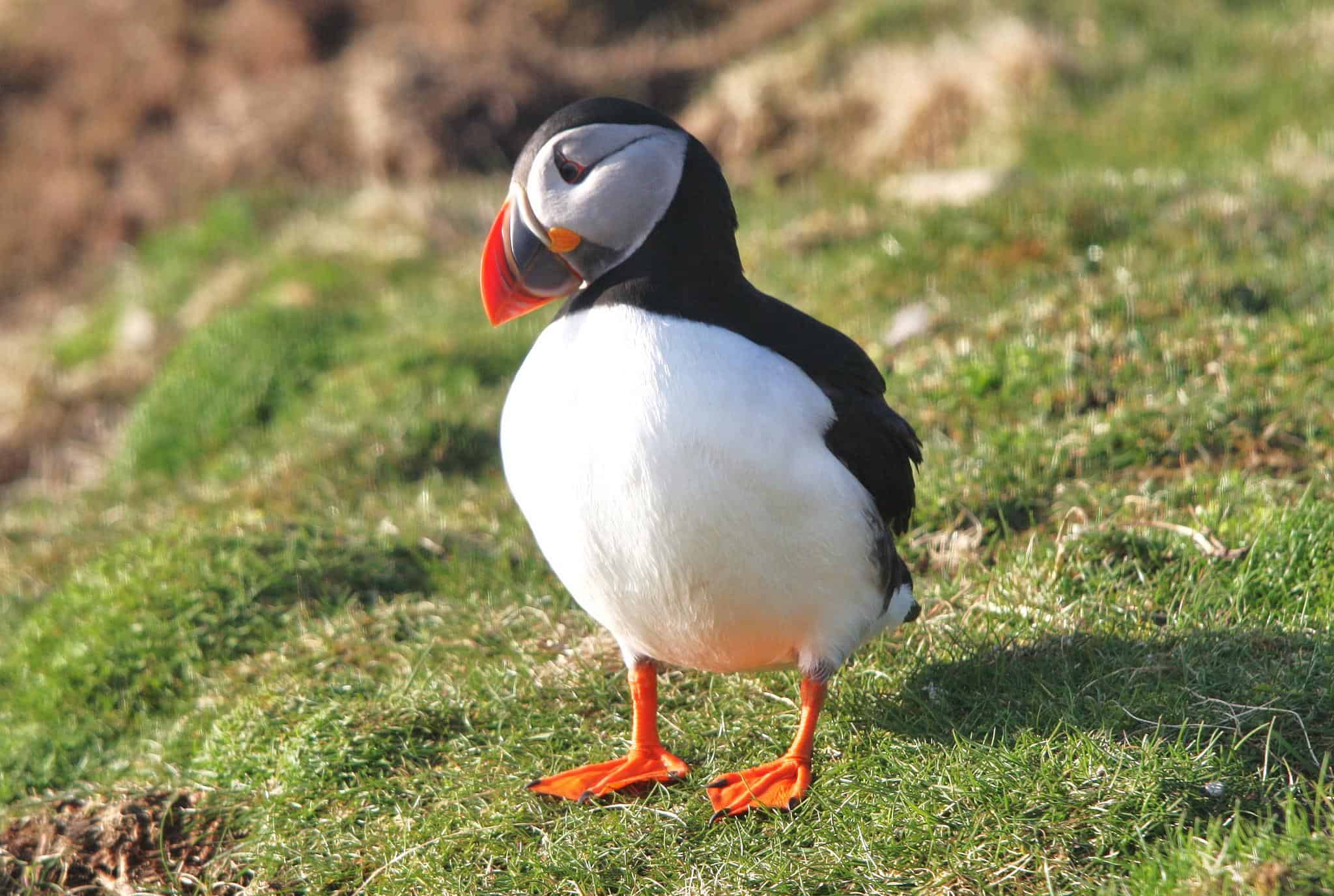
The Atlantic puffin can be viewed in European islands like Skomer Island in Wales and the Farne Islands off the east coast of England.
Comprised of several different countries, Europe is home to some of the greatest birdwatching sites in the world. Sweden is known for the Falsterbo Bird Observatory, a main location for multitudes of migrating birds, such as the Blue Tit and Bearded Reedling, flocking through the funnel made by the Baltic Sea and Oresund Sound.
Spring and summer are the best times to visit France’s Ornithological Park Pont de Gau in Camargue, as flamingoes are gathering for the breeding season.
Spain is also a delightful destination for those looking for migrations of birds, as its Doñana National Park is a UNESCO World Heritage Site, known for the hundreds of herons that choose to nest here. Other species of bird, such as the Bee-eater and flamingo, roam the marshes bordering the forested areas.
One of the most unique and adorable birds, the Atlantic Puffin, resides along the coasts of Skomer Island in Wales, burrowing into the shore.
In sum, here is a list of the most popular birds to see in Europe:
The Most Dangerous Animals In Europe Today
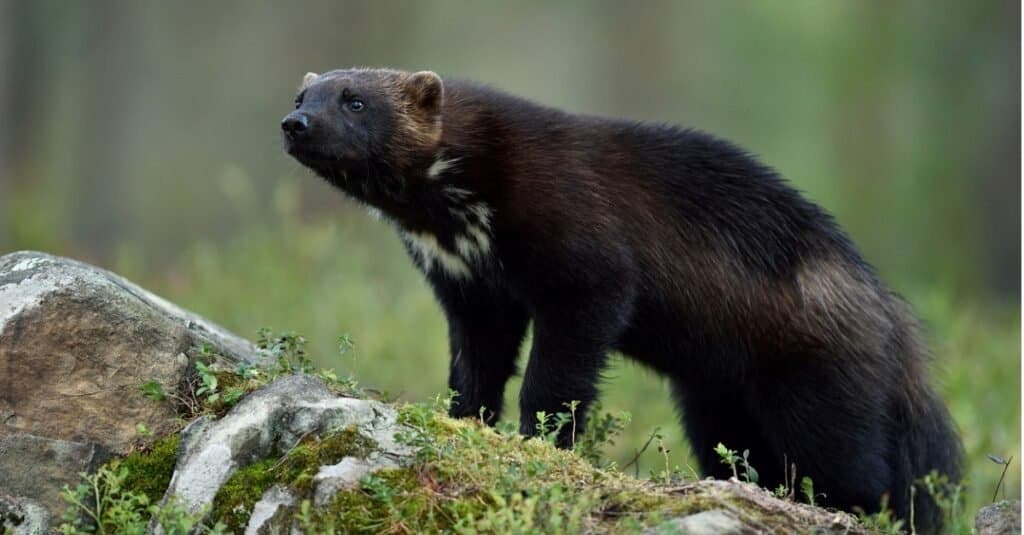
The wolverine is one of the most dangerous animals in Europe.
©iStock.com/ErikMandre
The European Bison is more dangerous than any bear, with bison mothers being prone to charging at anyone. Other dangerous mammals that are also some of the biggest animals are the Brown Bear, Wolverine, Eurasian Wolf, Wild Boar, and Polar Bear. All are predators except for the European Bison and the Wild Boar. The Great White Shark is another highly dangerous animal.
The Common or European Adder, a common poisonous snake throughout Europe, is a small viper that lives in many different habitats. The Asp Viper is another venomous, dangerous snake.
Some other dangerous animals are less obvious. The Castor Bean Tick transmits Lyme disease, Q fever, and tick-borne encephalitis, while the Portuguese Man O’War causes extreme pain, fever, shock, and respiratory issues which can lead to drowning. A relative of other black widow spiders, the Mediterranean Black Widow Spider is the most venomous spider on the continent. A pinprick-like bite results in severe pain and symptoms such as vomiting, nausea, rapid heart rate, and breathing difficulty.
Native Fish
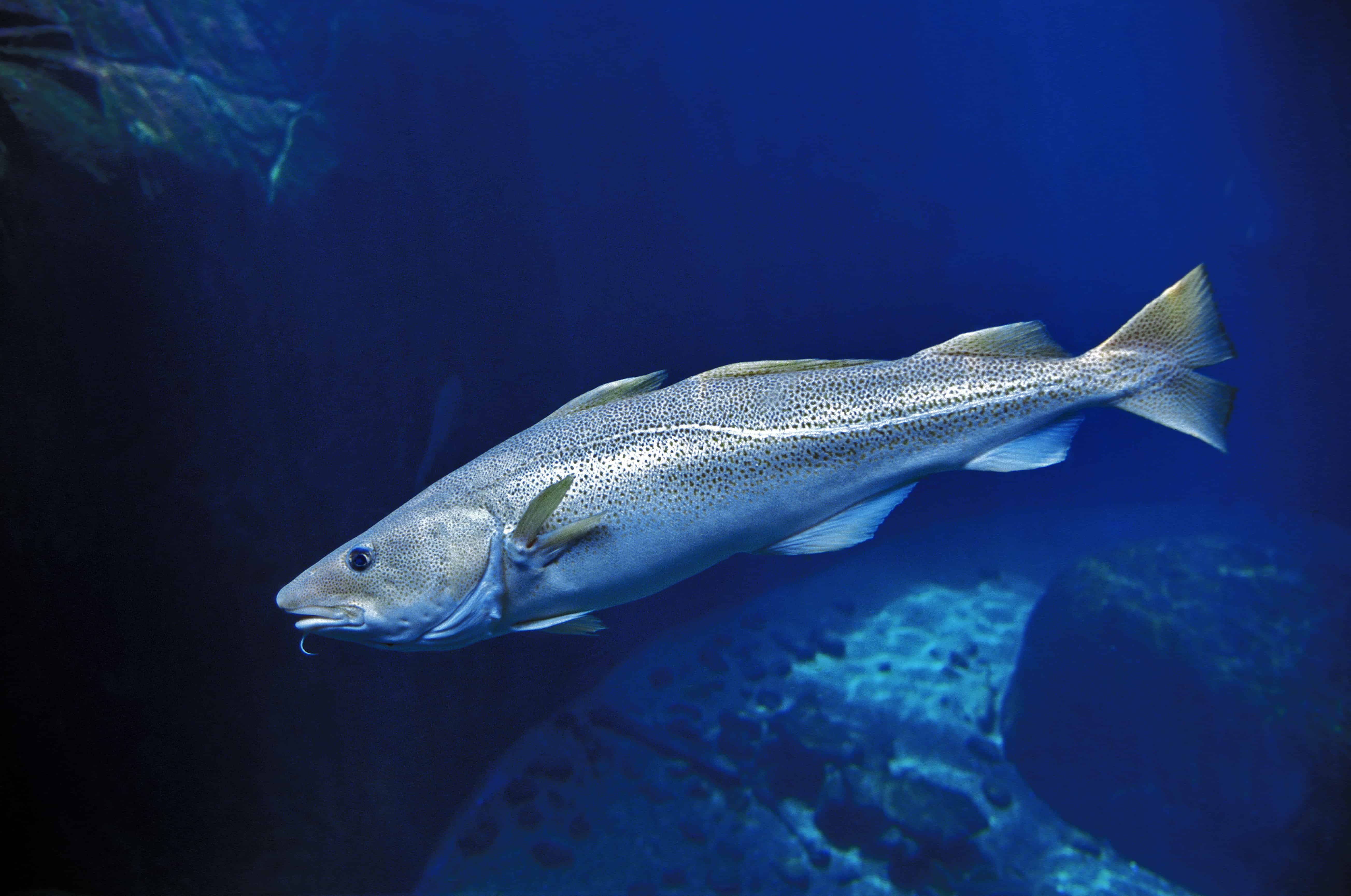
Atlantic cod is one of the most common kinds of fish to be found in fish and chips consumed in the United Kingdom.
©slowmotiongli/Shutterstock.com
Europe is surrounded on three sides by water: the Atlantic Ocean, the Artic Ocean, and the Mediterranean Sea. Within these waters are multitudes of marine species, ranging from porpoises to fish to bivalves. As for fishing, some of the most unique and beautiful places to fish, most commonly caught fish being:
Iceland is home to some of the best-managed fisheries in the world, having relied on them as a food source forever. Iceland’s rivers hold wild salmon, a popular and healthy fish to eat. Outside of the town of Reykjavik is Lake Thingvallavatn, best known for its monster-sized Brown Trout, weighing in at about 30lb. Halibut, Cod, Pollock, and Artic Char are also swimming in the waters of this lake.
Leading the way to the Mediterranean Sea lies Gibraltar, a favored spot for sport fishing for large, predatory fish, such as Sharks, Bluefin Tuna, and Marlin. Popular fish used in delicious local culinary dishes also include Snapper, Seabream, Dentex, and John Dory. The narrow straight makes it easy to find catches and to have an all-around good time.
Countless other popular fishing spots include the Canary Islands, Slovenia, parts of Ireland, Sardinia, and beautiful Greece. Europe is so expansive and diverse that it is not short of interesting new places to search for the perfect fishing spot.
Europe is also home to a number of rivers. European rivers include the Volga, Danube, Ural, and Rhine Rivers. Near just the Ural River alone there are 47 species of fish, 48 mammals, and a number of reptiles and migratory birds.
Native Snakes
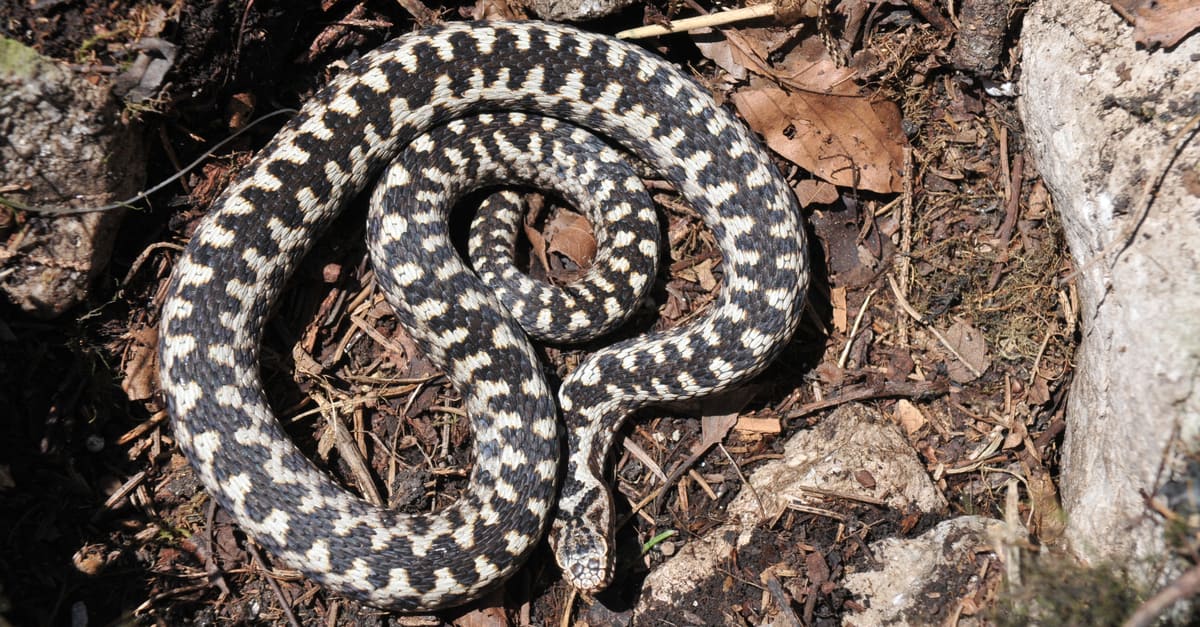
The European adder is one of the venomous snakes found in parts of Europe.
©/Shutterstock.com
Vast and full of exciting sites to see, Europe is also home to some not-so-friendly animals, like venomous snakes. There are plenty of nonvenomous snakes existing throughout Europe’s many countries, such as the Sand Boa (Eastern Europe), the Smooth Snake (Northern and Central Europe), the Caspian Whip Snake (Eastern Europe), and the Leopard or Rat Snake (endemic to Europe).
However, several venomous species reside on the continent and should be looked out for. Some venomous snakes can cause more harm than others, like paralysis. A few venomous snakes with this ability found in Europe are:
- Vipers
- Long-nosed Vipers
- European Adders
- European Asp
Some less harmful but dangerous snakes include the Central Asian Pit Viper and the Halys Pit Viper. European Adders are common to the continent and widespread, while European Asps are mostly located in Southern Europe.
Snake bites are not always lethal but, in the event of a snake bite, always seek care from a medical professional in case of an unknown allergy or an unknown species.
Endangered European Animals
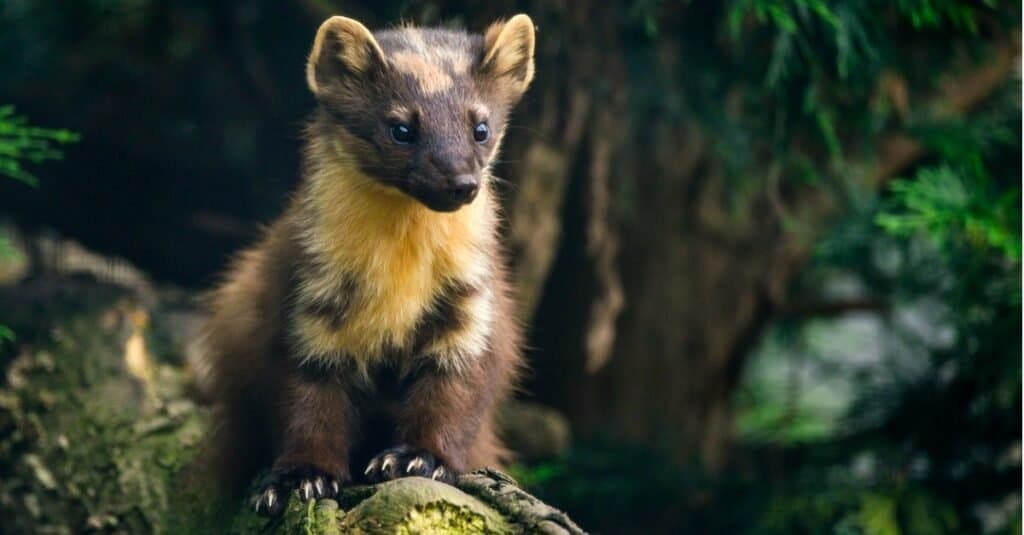
The beautiful pine marten is one of Europe’s endangered species.
©iStock.com/Matt_Gibson
Many of the biggest mammals, including apex predators, are now extinct due to overhunting or encroachment. For this reason, bears (especially brown bears), and wolves are considered endangered in Europe. The Eurasian lynx is also endangered, while the Iberian lynx is considered the most endangered cat species in the world, at one point reaching a population of only 400 remaining in the wild. Fortunately, with conservation efforts, its numbers have reached 1,100 as of 2022.
Other animals that are facing the possibility of extinction include the Saiga antelope, European bison, and smaller predatory animals like the wolverine, pine marten, and European mink. Small rodents like the European ground squirrel and Bavarian pine vole are also at risk. Below is a list of more endangered European animals:
- European Viper
- European Pond Turtle
- Eurasian Capercaillie
- Goitered Gazelle
- North Atlantic Right Whale
- Monk Seal
- Striped Hyena
- Mehely’s Horseshoe Bat
- Common Pipistrelle
- Blue Chaffinch
- Northern Bald Ibis
- White Rumped Vulture
Extinct Animals in Europe
The three main species of extinct wildlife in Europe are the wooly mammoth, dwarf hippo, and dwarf elephant – large mammals that were hunted to extinction in prehistoric times.
Unique Animals in Europe
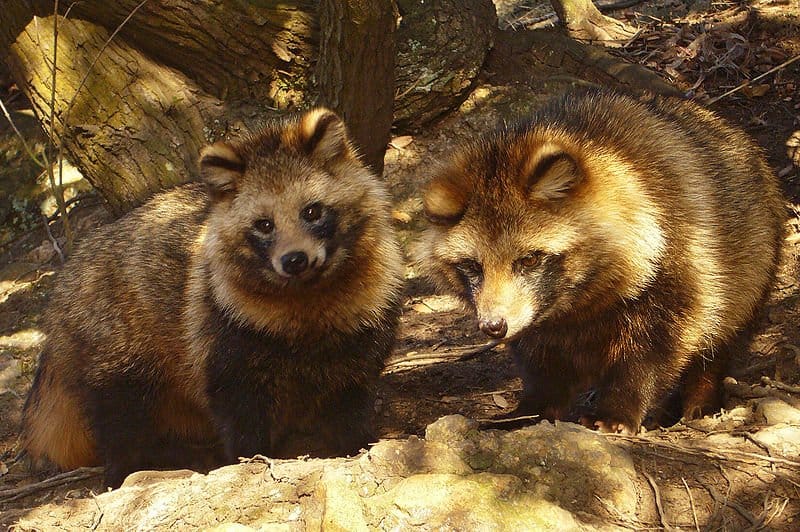
Raccoon dogs are an unusual relative of the fox, found in Siberia, Europe.
©663highland / CC BY-SA 3.0 – License
Some of the most common yet unique wild animals in Europe are weasel-like animals, like the European Mink, Marbled Polecat, and the European Pine or Sweet Marten. But they aren’t the only unique animals. Related to them is the Wolverine, which is one of the weirdest animals because it is elusive.
The European bison was considered endangered but populations are increasing, similar to the Chamois goat-antelope. The Raccoon Dog is related to the fox but looks like a raccoon. A mix between several European bat species is the Alpine Long-Eared Bat. The Puffin is a sea bird with a large, brightly colored beak.
The 5 Biggest European Animals
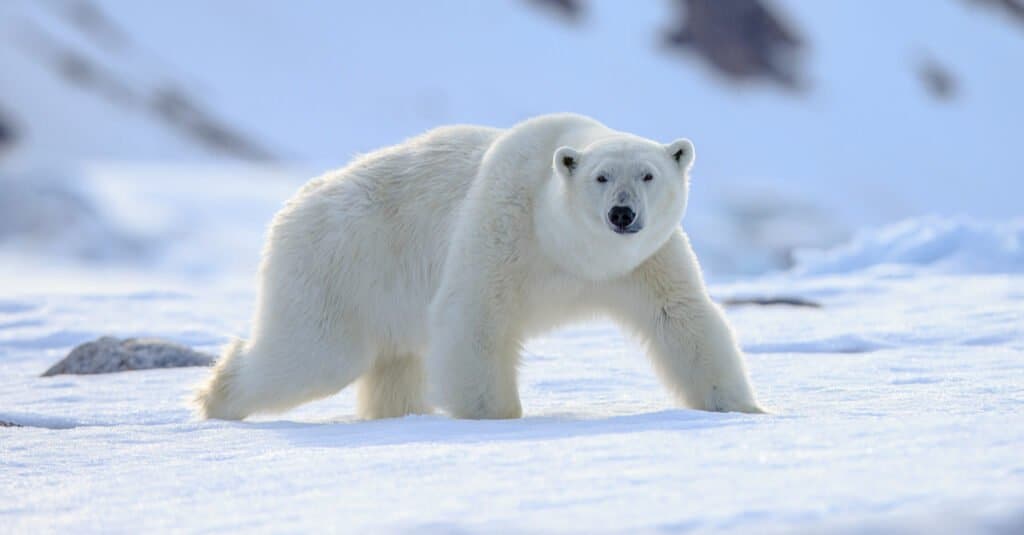
The polar bear is the third largest land animal in Europe.
©Vaclav Sebek/Shutterstock.com
Believe it or not, the largest animal inhabiting Europe is a member of the domestic cattle family! Domestic cattle can get up to 3,000 pounds in weight. But the largest is the Chianini, also one of the oldest cattle breeds. It’s native to parts of Italy and can reach a whopping 3748 pounds in weight, and can stand up to 6 feet tall.
Below is a list of the top five largest European animals with their respective weights:
- Domestic Cattle – 320 lbs to 3000 lbs
- European Bison – 1700 lbs to 2200 lbs
- Polar Bear – 330 lbs to 1760 lbs
- Moose – 590 lbs to 1700 lbs
- Brown Bear – 175 lbs to 1300 lbs
The 5 Rarest European Animals
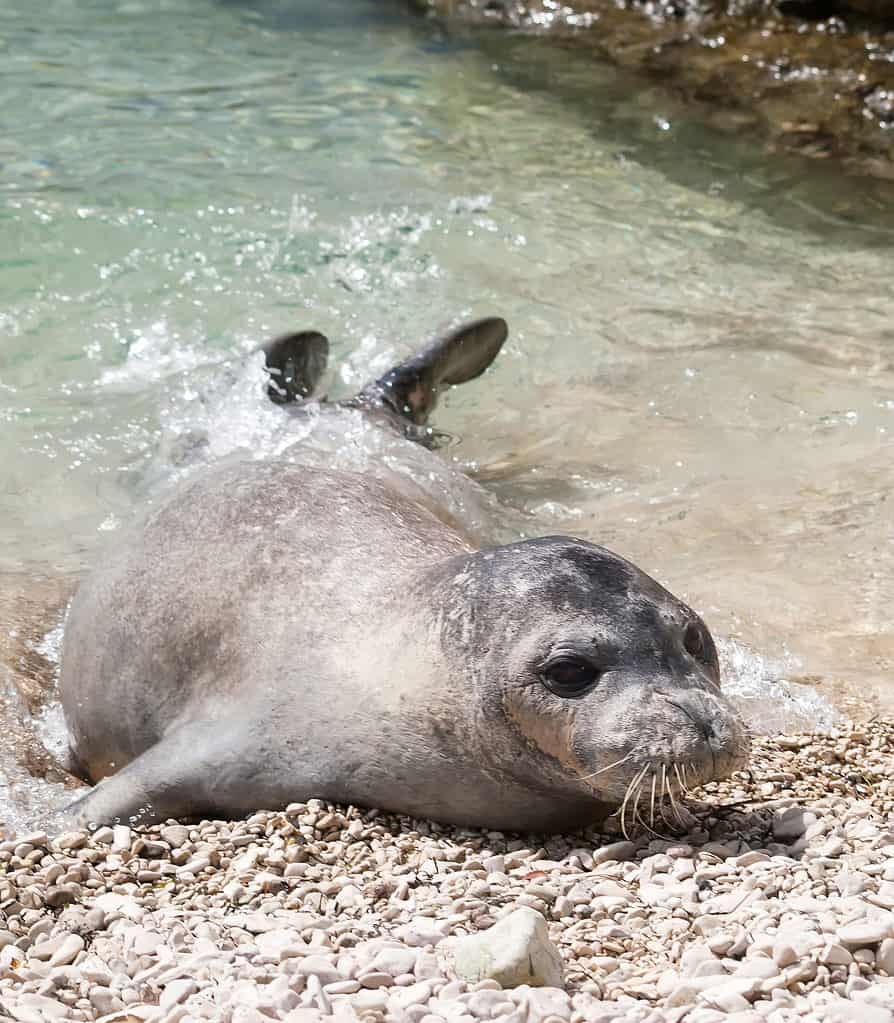
Mediterranean monk seals are among the rarest in Europe.
©iStock.com/sewer11
The top five animals that are the rarest due to either their endangered status or elusiveness are as follows:
- Arctic Fox
- European Mink
- Mediterranean Monk Seal
- North Atlantic Right Whale
- Polar Bear
Zoos in Europe
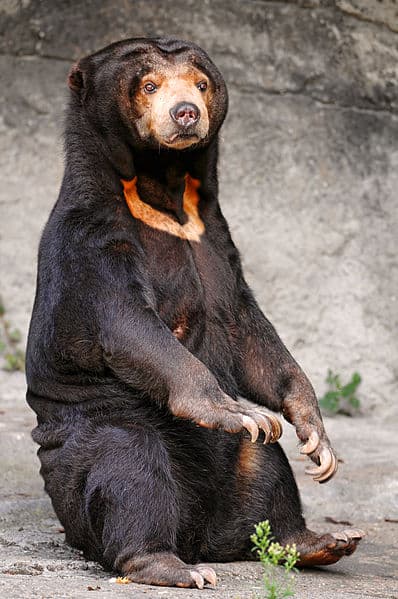
A variety of unique animals like the Sun Bear can be viewed at the Zoo of Basel.
Europe holds around 2,000 zoos throughout the continent. Here is a list of some of the best-rates zoos:
- Basel Zoo (Switzerland) – Open since 1874, “Zolli” is the country’s most popular attraction. It is known for breeding endangered species such as cheetahs, Indian rhinos, and okapi.
- Edinburgh Zoo (Scotland) – Renowned as the first zoo in the world to house and breed penguins, as well as the first to home pandas and koalas. Open since 1913, Edinburgh Zoo exhibits almost 1,000 animals, with a chimpanzee exhibit even endorsed by Jane Goodall.
- Tiergarten Schönbrunn (Austria) – The oldest zoo, open since 1792, is one of the most beautiful zoos in the world. Working toward conservation and education, this zoo was the first to have an elephant infant born in captivity, as well as the first natural panda inseminated birth in Europe. Tiergarten Schönbrunn is located on a royal historical site, the Schönbrunn Palace, one of Austria’s most admired attractions.
Within every European country lies one or more zoos, housing hundreds to thousands of native and exotic animals. Many of these zoos serve as conservational or rehabilitation sites, helping to preserve endangered species populations and help to reintroduce them into the wild.
European Countries Animals Lists
Click any of the countries below to see a detailed list of animals located in that country!
- Animals in Albania
- Animals in Andorra
- Animals in Armenia
- Animals in Austria
- Animals in Azerbaijan
- Animals in Belarus
- Animals in Belgium
- Animals in Bosnia and Herzegovina
- Animals in Bulgaria
- Animals in Croatia
- Animals in Cyprus
- Animals in Czech Republic
- Animals in Denmark
- Animals in Estonia
- Animals in Finland
- Animals in France
- Animals in Georgia
- Animals in Germany
- Animals in Greece
- Animals in Hungary
- Animals in Iceland
- Animals in Ireland
- Animals in Italy
- Animals in Kosovo
- Animals in Latvia
- Animals in Liechtenstein
- Animals in Lithuania
- Animals in Luxembourg
- Animals in Macedonia
- Animals in Malta
- Animals in Moldova
- Animals in Monaco
- Animals in Montenegro
- Animals in Netherlands
- Animals in Norway
- Animals in Poland
- Animals in Portugal
- Animals in Romania
- Animals in Russia (Kaliningrad Oblast)
- Animals in San Marino
- Animals in Serbia
- Animals in Slovakia
- Animals in Slovenia
- Animals in Spain
- Animals in Svalbard and Jan Mayen
- Animals in Sweden
- Animals in Switzerland
- Animals in Turkey
- Animals in Ukraine
- Animals in United Kingdom
European Animals

Admiral Butterfly
Stunningly beautiful wings

Affenpinscher
First bred in 17th century Germany!

Airedale Terrier
Very intelligent, independent and strong-minded!
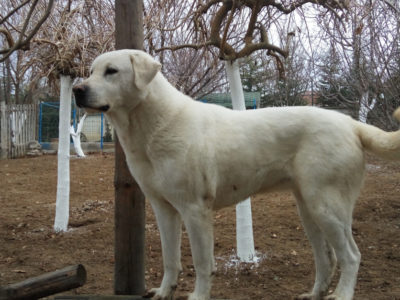
Akbash
Often used as a guard dog!

Allosaurus
Differnt Lizard” or Allosaurus weighed around two tonnes that is almost equal to a car.

Alpine Dachsbracke
Good companion and hard-working breed!
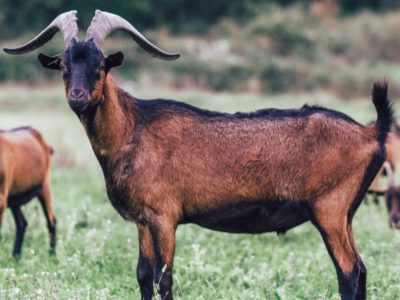
Alpine Goat
Alpine goats are the most common type of goat used for milk, cheese, and other dairy products
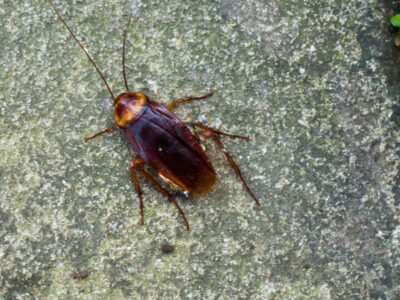
American Cockroach
Despite its name, actually originated from Africa and the Middle East
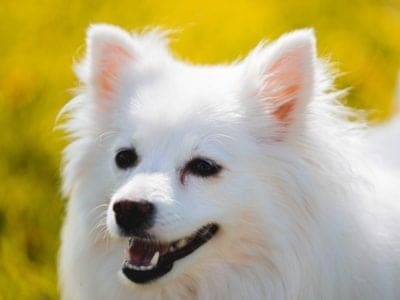
American Eskimo Dog
The American Eskimo has splendid all white fur and an upturned tail
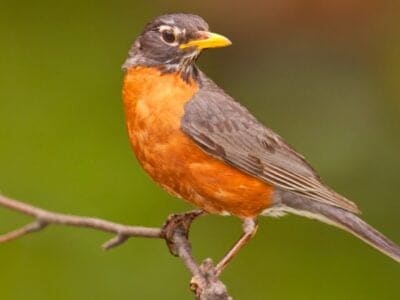
American Robin
The color “Robin egg blue” is named after the hue of their eggs.
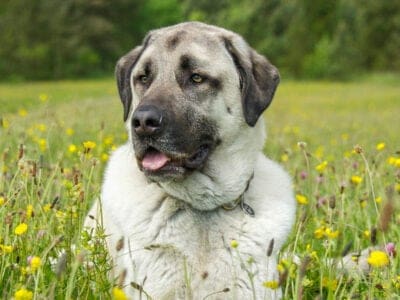
Anatolian Shepherd Dog
Guards it's master's flocks!
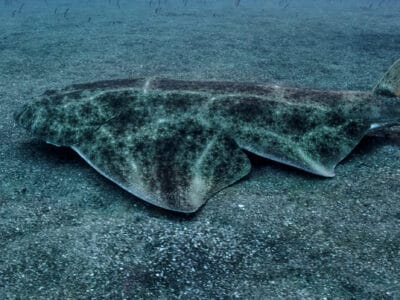
Angelshark
The angelshark’s range has contracted by more than 80% in the past century.

Angora Ferret
Was created as an accident.
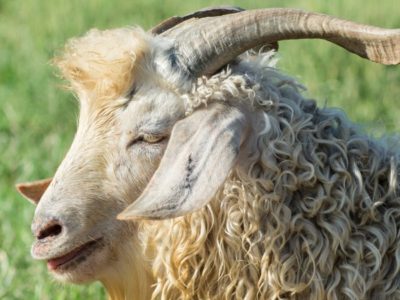
Angora Goat
Each adult Angora goat produces about 12 inches of mohair annually while kids have about 8 inches.

Ant
First evolved 100 million years ago!

Apennine Wolf
Wolves do not howl at the moon. They howl to communicate with other members of their pack.

Appenzeller Dog
Herding dog by nature!
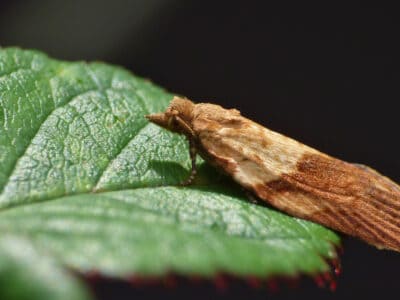
Apple Moth
In Australia the LBAM causes $21.1 million annually in lost production and control costs
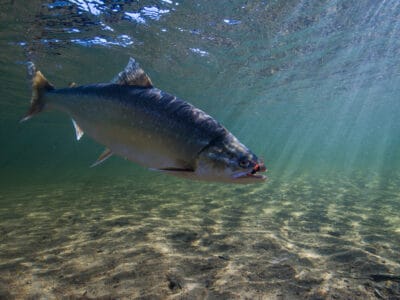
Arctic Char
Arctic char is the northern-most fish; no other fish lives anywhere further north!
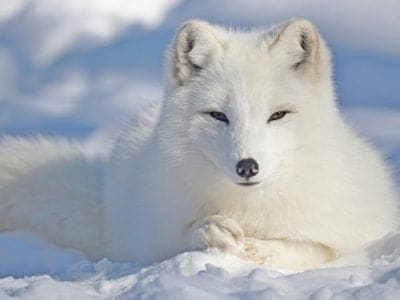
Arctic Fox
Extremely thick winter fur!
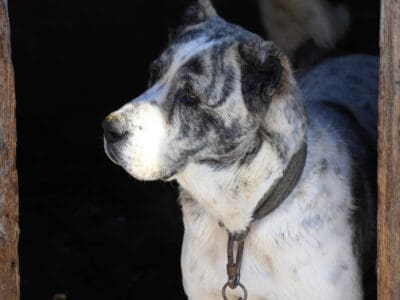
Armenian Gampr
Old school owners brush their coats with a rake once or twice a week, preventing major matting.

Armyworm
They are so named because they "march" in armies of worms from one crop to another in search of food
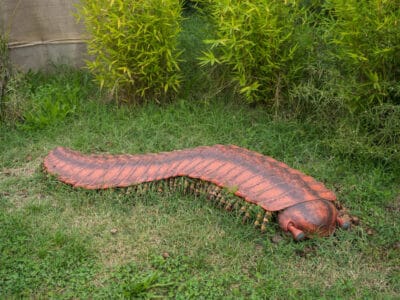
Arthropleura
Arthropleura was the largest terrestrial invertebrate to have ever lived
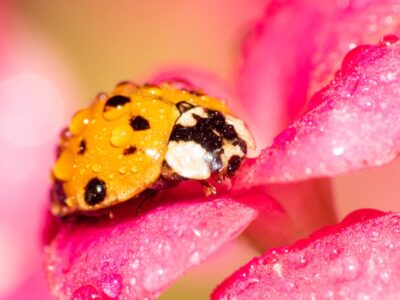
Asian Lady Beetle
Asian lady beetles infest indoor spaces, but they do not reproduce indoors.
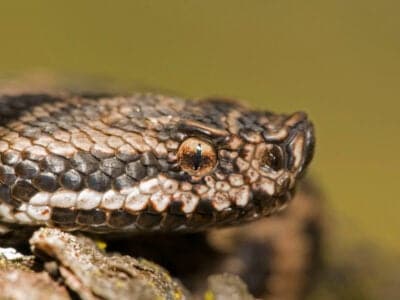
Asp
It was the symbol of royalty in Egypt, and its bite was used for the execution of criminals in Greco-Roman times.
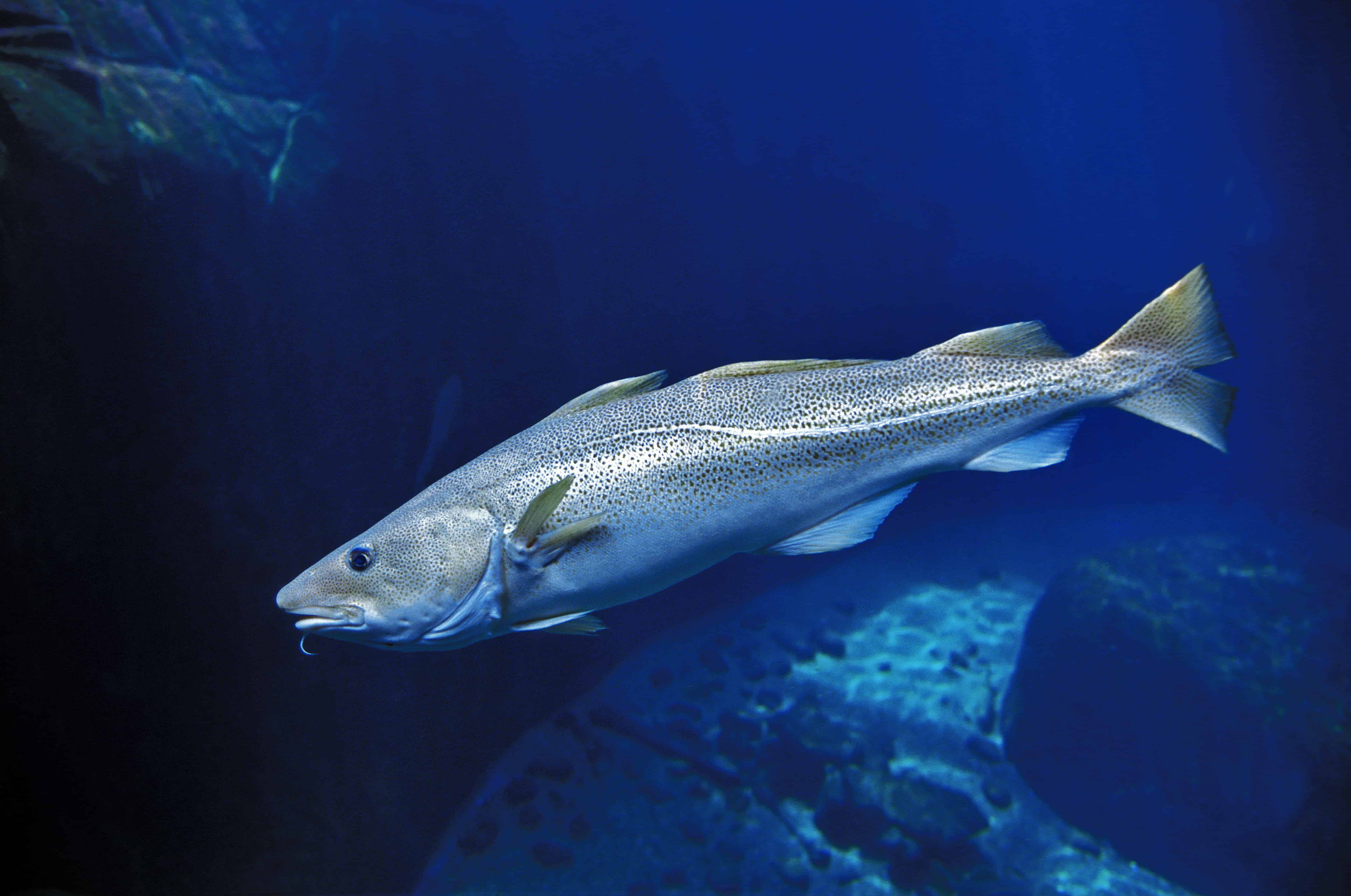
Atlantic Cod
One of the most popular food fishes in the world

Aurochs
Extinct ancestor of all domesticated cattle!
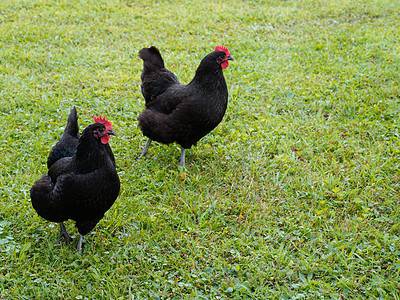
Australorp Chicken
Australorp chickens are among the best egg producers in the world, Hens in Australia set consecutive world records with one laying 364 eggs in a single year!

Avocet
Has a curved, upturned beak!
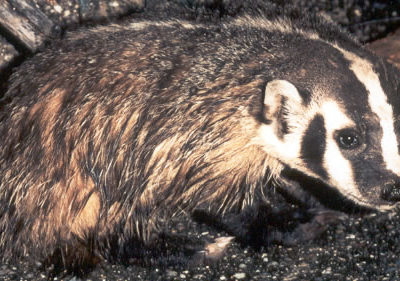
Badger
Can reach speeds of 30 km/h!
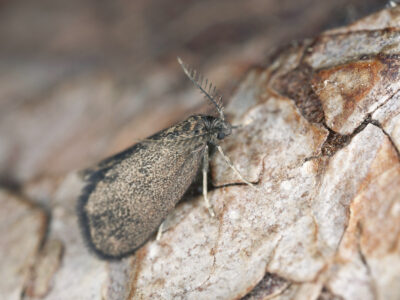
Bagworm Moth
There are approximately 1350 species in the bagworm moth family (Psychidae), which forms part of the order Lepidoptera.
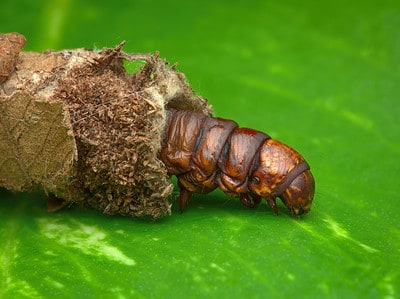
Bagworm Moth Caterpillar
They continually enlarge their protective cases
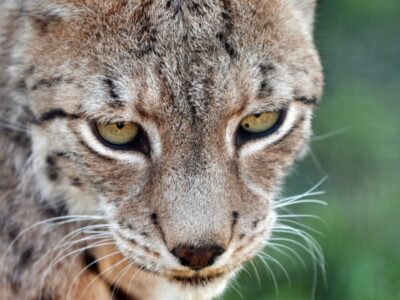
Balkan Lynx
The Balkan lynx communicates mostly with its ears
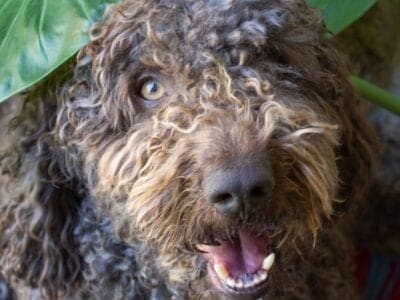
Barbet
This dog has the nickname ‘Mud dog’ because it likes to play in muddy, swamp-like areas.

Bark Beetle
Not all bark beetles feed on a tree's bark. Some species feed on fruits, seeds, and other parts of the plant

Barn Owl
Found everywhere around the world!

Barn Swallow
Older offspring help care for new hatchlings.
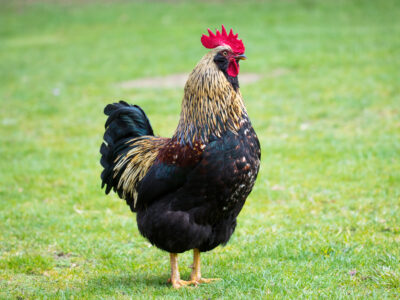
Barnevelder
The average lifespan of a Barnevelder chicken is 7 years. However, if cared for properly, these chickens can live up to 15 years old.
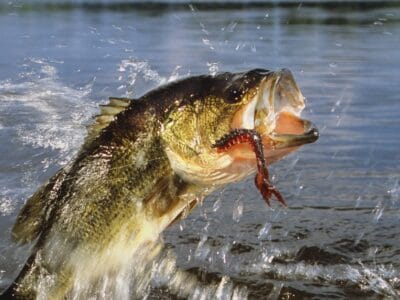
Bass
Prized by sport fishers for their size and strength

Basset Fauve de Bretagne
A friendly and intelligent hunting dog that loves nothing more than to spend time with its owner.

Basset Hound
Forget the training when not rewarded!

Bat
Detects prey using echolocation!

Bavarian Mountain Hound
Calm, quiet and poised!

Beagle
Have become popular family pets!

Bear
There are 8 different species!

Bearded Collie
Weekly brushing is mandatory!

Bearded Vulture
These birds eat a diet of bones

Beauceron
The Beauceron is named after the place of its origin (Beauce) in France
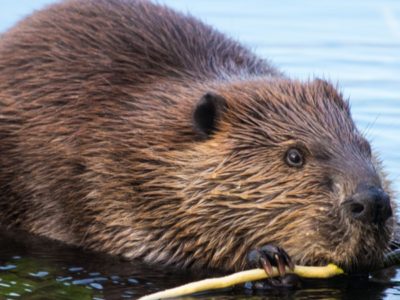
Beaver
Builds a dam from sticks and leaves!

Bed Bugs
Bed bugs feed for 4-12 minutes.

Bedlington Terrier
Highly active and intelligent dogs!

Bee
Rock paintings of bees date back 15,000 years
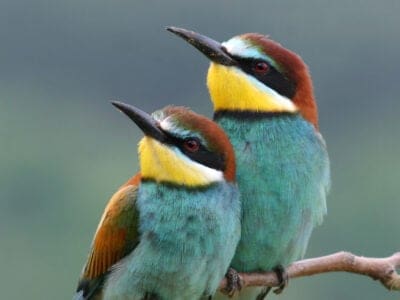
Bee-Eater
They roll around in dirt to prevent external parasites

Beetle
There are more than 350,000 different species

Beewolf wasp
They hunt bees
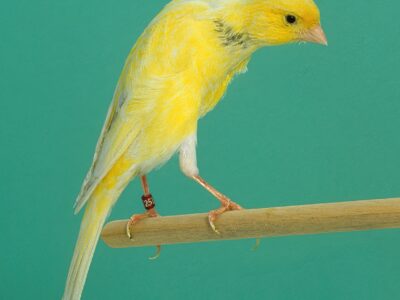
Belgian Canary
The Belgian canary is one of the oldest and most influential in its genus.
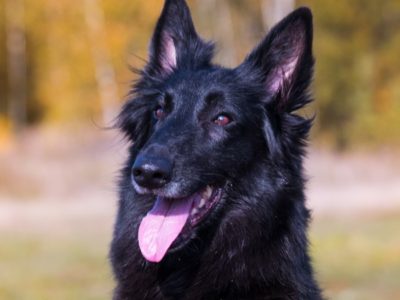
Belgian Shepherd
The sheepdog is also known as the Groenendael. All four Belgian varieties have nicknames for Belgian villages.
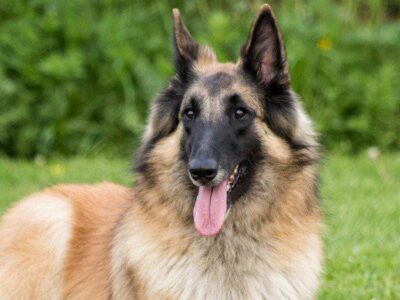
Belgian Tervuren
The first breed to win an AKC Herding Championship.
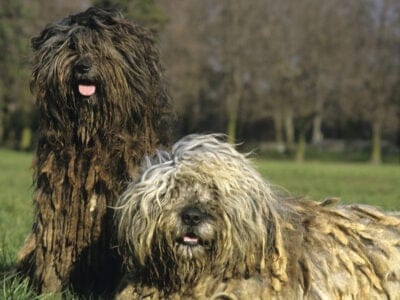
Bergamasco
Bergamascos are excellent problem solvers; they were bred to be independent as they work alongside their nomadic shepherd owners.
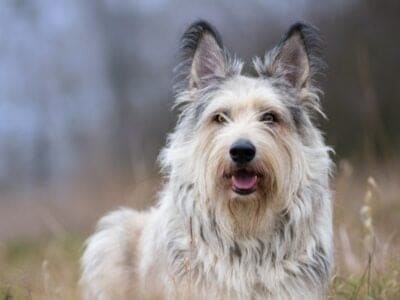
Berger Picard
Berger means shepherd in French

Bernese Mountain Dog
Very loyal, faithful and affectionate!

Bichon Frise
Gentle mannered, playful and affectionate!

Bird
Not all birds are able to fly!

Biscuit Beetle
The biscuit beetle form a symbiotic relationship with yeast

Black Aphids
One of the most destructive pests in the world

Black German Shepherd
Thought to be aggressive, they are actually affectionate dogs with a protective streak.

Black Widow Spider
They typically prey on insects!
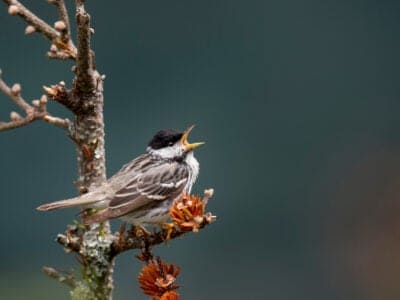
Blackpoll Warbler
They migrate for the longest distance of any warbler.
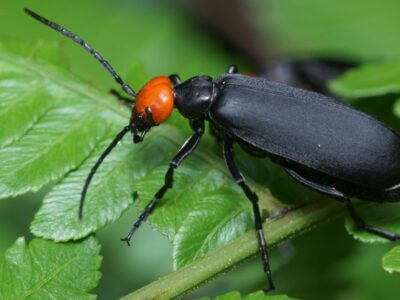
Blister Beetle
Blister beetles release a toxic fluid that causes blistering when they're threatened.
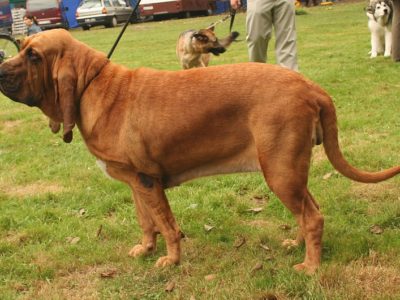
Bloodhound
Affectionate, gentle and even-tempered!
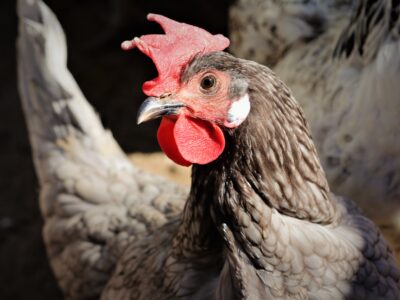
Blue Andalusian
Blue Andalusian chickens are a classic example used to teach students about genetics!

Blue Dragon Sea Slug
They inflict a painful, venomous sting
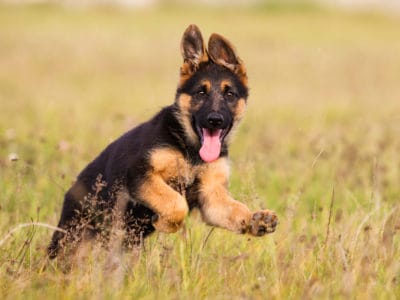
Blue German Shepherd
The Blue German Shepherd is not actually blue but dark gray.
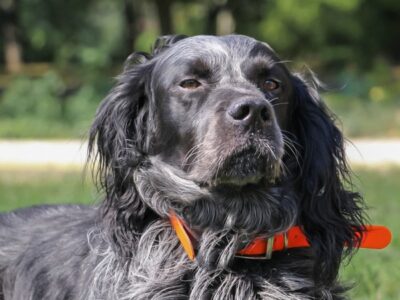
Blue Picardy Spaniel
The Blue Picardy is also known as the Epagneul Bleu de Picardie in French
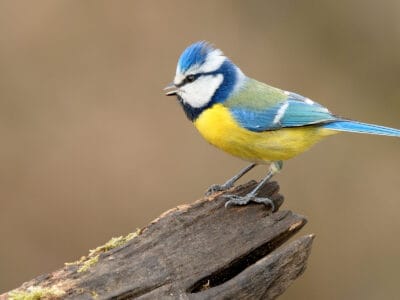
Blue Tit
The blue tit can hang upside down from branches

Bolognese Dog
From the northern Italian city of Bologna!
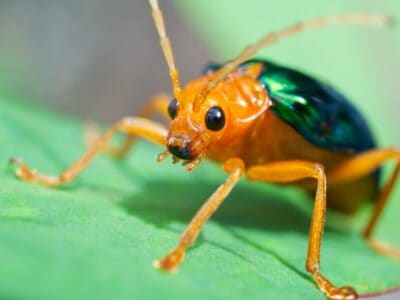
Bombardier Beetle
Spray a noxious solution from their abdomens

Booted Bantam
The feathers on the feet of tiny Booted Bantam chickens can reach up to six inches in length!
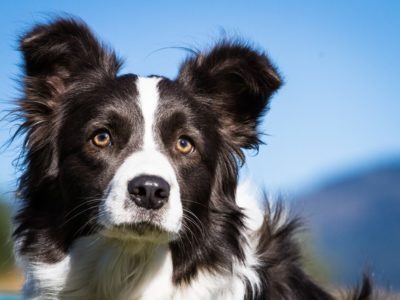
Border Collie
Highly intelligent and alert breed!

Border Terrier
Small, rough-coated breed of terrier!
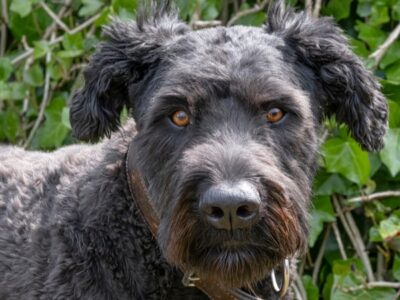
Bouvier Des Flandres
A Bouvier cannot achieve a champion title in Belgium unless it has already won a prize as a working police or military dog.

Boxer Dog
Bright, energetic and playful!

Bracco Italiano
The Bracco Italiano is considered the oldest European pointer. It was a popular hunting dog during the Renaissance, being bred by both the Medici and Gonzaga families.

Brahma Chicken
Brahma chickens are huge and friendly, but one reportedly killed a man in Ireland!

Braque du Bourbonnais
This breed almost went extinct during the World Wars but was revived in the 1970s.
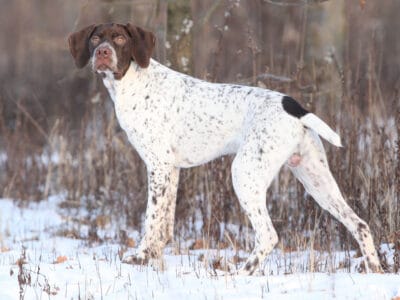
Braque Francais
The Braque Francais will not warn you of any potential threats but, instead, will try to befriend the stranger.

Brazilian Treehopper
“Mild-Mannered Minimonsters”

Brittany
The breed was formerly known as the Brittany spaniel
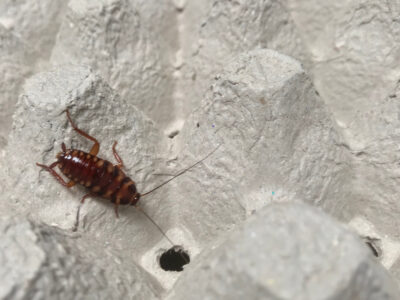
Brown-banded Cockroach
Females glue egg cases to furniture

Brown Bear
A dominant predator in it's environment!

Brown Dog Tick
Can live its entire life indoors
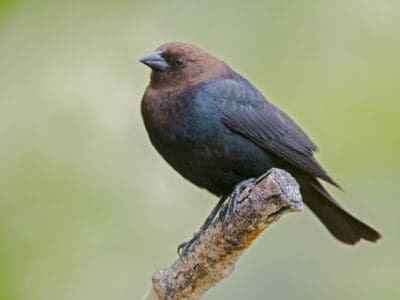
Brown Headed Cowbird
Males are generally monogamous during mating season and will protect the female from other males. However, females tend to venture from their partners and mate with other males.

Brussels Griffon
The Brussels Griffon prefers to live with another dog so they have a companion to play with.
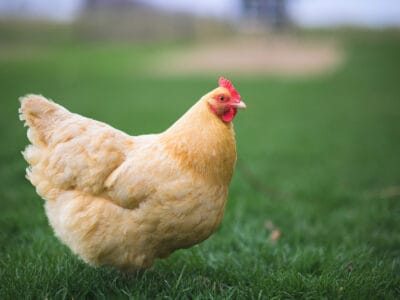
Buff Orpington Chicken
Buff Orpingtons love to sit on your lap.
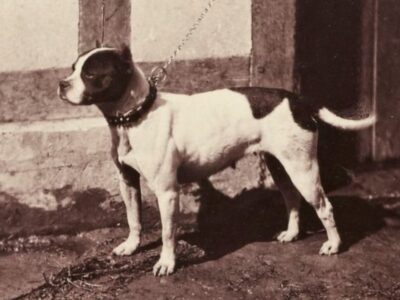
Bull and Terrier
Bull and Terriers were explicitly bred for bull-baiting, a savage blood sport where certain dog breeds would attack an angered bull tied to a pole.
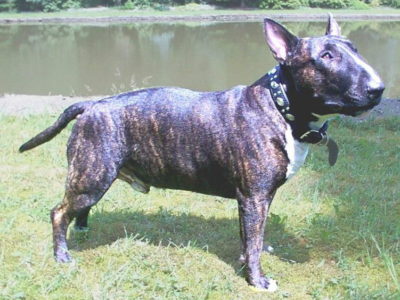
Bull Terrier
Needs to be kept active!

Bullboxer
Bullboxers have several different breed nicknames, including the pitoxer, bullboxer pit, and the American bull boxer.

Bulldog
Friendly, loving and docile!
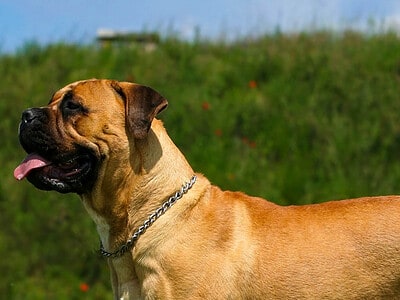
Bullmastiff
Courageous, loyal and calm!

Bumblebee
The most common species of bee!

Butterfly
There are thought to be up 17,500 species!
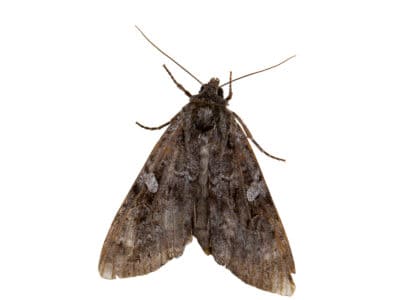
Cabbage Moth
Cabbage moths are named after the vegetable they find the tastiest.
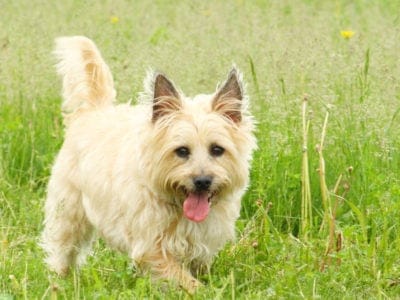
Cairn Terrier
Intelligent, lively and strong!

Camel Cricket
The camel crickets that are found in the USA are light brown in color. They also have dark streaks all over their body.
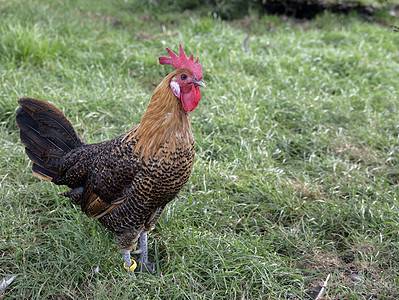
Campine Chicken
Campine chickens were exported from Belgium by Julius Caesar!

Cane Corso
Cane Corsos nearly became extinct in the mid 1900’s, but the breed was revived by a group of Italians. Even so, they still didn’t become known in many other parts of the world until after 1988.

Caribou
Males and females grow antlers

Carpenter Ant
Carpenter ants can lift up to seven times their own weight with their teeth!
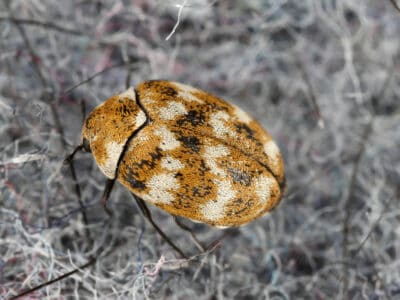
Carpet Beetle
Carpet beetles eat different animal and plant-based products, depending on what stage of their lifecycle they are in; these foods include pollen, flour, wool, and fur.

Carrion Beetle
Carrion beetles' diets depend on the specie. Some eat decaying carcasses, while others scavenge in decaying plant matter and dung.
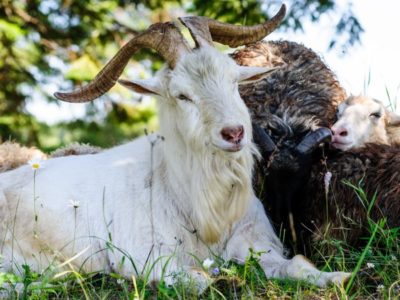
Cashmere Goat
Cashmere goat are named after Kashmir regions of India and Pakistan

Cat
May have been domesticated up to 10,000 years ago.
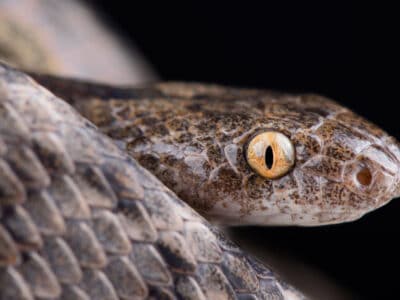
Cat Snake
Some cat snakes have a prehensile tail that helps them climb into trees.
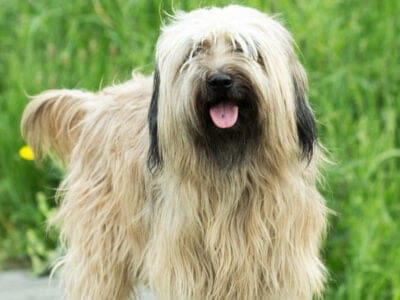
Catalan Sheepdog
This breed is called the Gos d’Atura Catala in native Catalan and Pastor Catalan in Spanish, both of which roughly translate to mean Catalan Sheepdog

Caterpillar
The larvae of a moth or butterfly!

Catfish
There are nearly 3,000 different species!

Caucasian Mountain Dog (Shepherd)
The Caucasian mountain dog may look intimidating, but they are actually gentle, affectionate, and loyal family companions
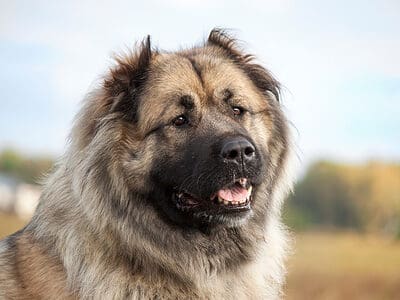
Caucasian Shepherd
These former bear-hunting dogs are used today as prison guard dogs in Russia.

Cava Tzu
Females are more territorial than males, but you can train this behavior out of them.

Cavalier King Charles Spaniel
Highly playful and affectionate!
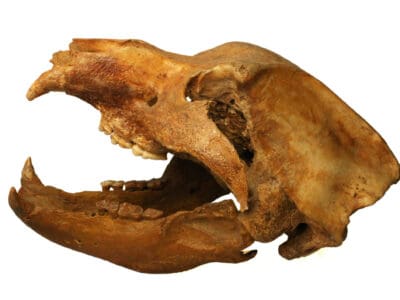
Cave Bear
Cave bears may have been worshiped by primitive humans.
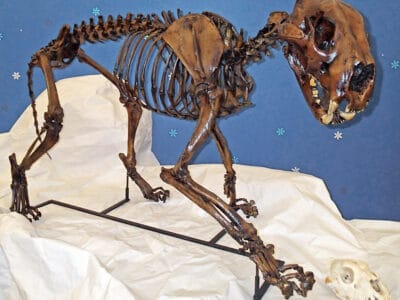
Cave Lion
Unlike modern lions, cave lions didn't have a significant mane.

Centipede
There are about 3,000 documented species!
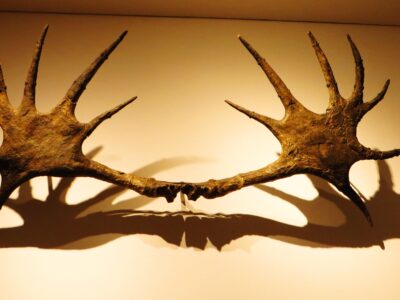
Cervalces latifrons (Broad-Fronted Moose)
Cervalces latifrons are the largest species of deer that ever existed.

Cesky Fousek
An affectionate hunting dog!

Cesky Terrier
This breed is also known as the Bohemian Terrier (Bohemia was an historical Medieval kingdom and a region of the modern Czech Republic)

Chamois
Natively found in the European mountains!
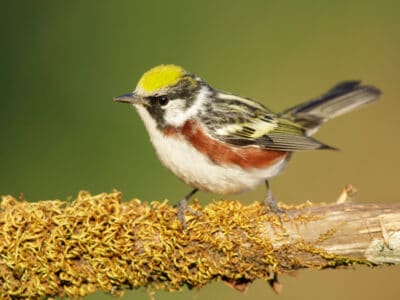
Chestnut-Sided Warbler
They inhabit regrowing forests

Chicken
First domesticated more than 10,000 years ago!

Chigger
Surviving on the skin cells of humans and animals
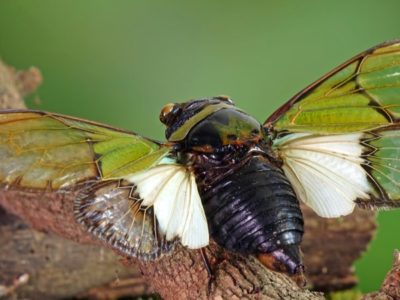
Cicada
Cicadas have one of the longest insect lifespans
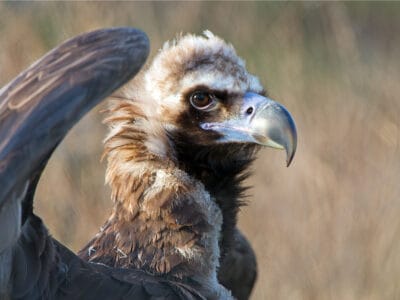
Cinereous Vulture
This vulture can fly at great heights. At least one was found a few thousand feet from the top of Mount Everest.
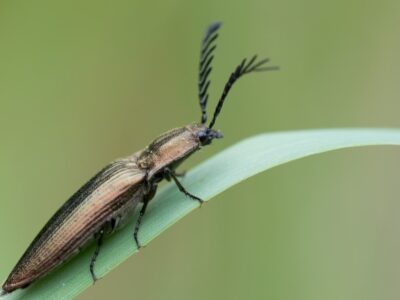
Click Beetle
Click beetles are named for the clicking noise they make to escape predators.
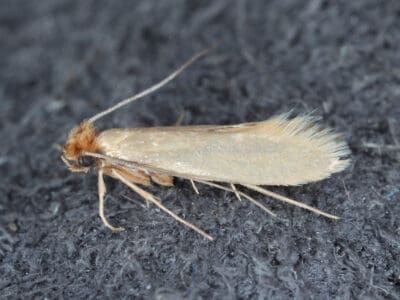
Clothes Moth
Clothes Moths can remain in the larvae stage for up to 2 years, but adults only live 10 days.
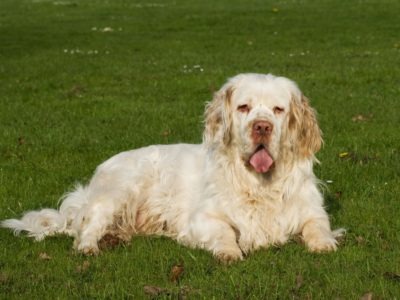
Clumber Spaniel
Has a thick, soft coat!

Cochin Chicken
Cochin chickens gifted to Queen Victoria started a craze that lasted more than a decade!

Cockalier
The Cockalier has very strong hunting ancestry.

Cockroach
Dated to be around 300 million years old!

Codling Moth
Pupae are able to undergo diapause to survive poor fruit yield years and winter.
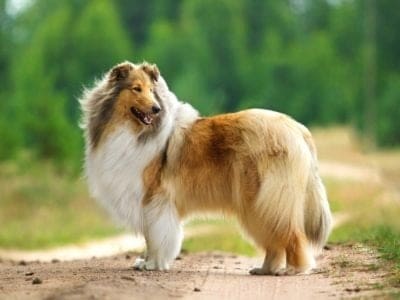
Collie
Gentle and devoted!

Common Buzzard
The most common raptor in the UK!

Common European Adder
European adders are the only snake that lives above the Arctic Circle.
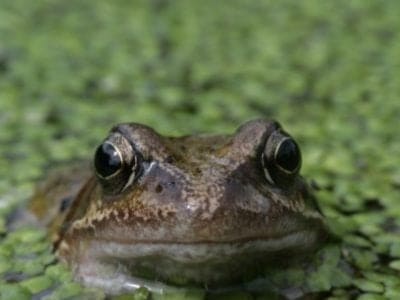
Common Frog
Found throughout the European continent!

Common Furniture Beetle
The common furniture beetle feeds exclusively on wood

Common House Spider
House spiders have the ability to eat most insects in a home.
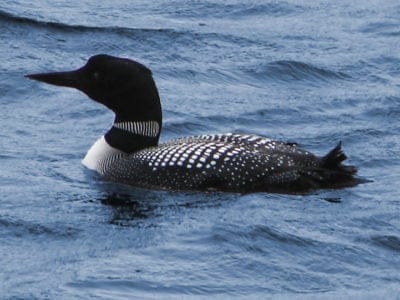
Common Loon
Also known as the Great Northern Diver

Common Raven
A group of ravens is called an unkindness or a conspiracy.

Common Toad
Most active in wet weather!

Cormorant
They can fly 35 mph and dive 150 feet below water.
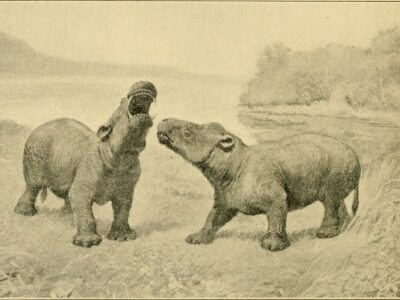
Coryphodon
The Coryphodono looked like a fancy rhinocerous, but it was more related to elephants

Cow
There are nearly 1.5 billion worldwide!

Crab
There are 93 different crab groups

Crab Spider
Crab Spiders can mimic ants or bird droppings

Crane
Many are critically endangered species!
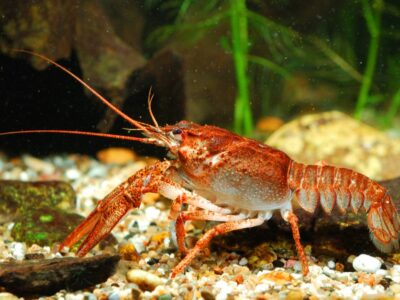
Crayfish
Female crayfish aren't that maternal; they have to secrete a form of pheromone, referred to as maternal pheromones, that encourages them to take care of their offspring and prevents them from eating their young.

Cricket
Male crickets can produce sounds by rubbing their wings together
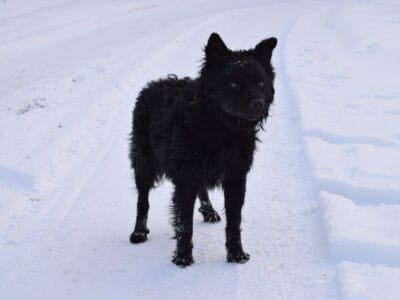
Croatian Sheepdog
They are an ancient breed dating back to the 7th century and made their way to Croatian lands giving them the name Croatian Sheep Dog.

Crocodylomorph
Crocodylomorphs include extinct ancient species as well as 26 living species today.

Crow
A group of these birds is called a Murder.
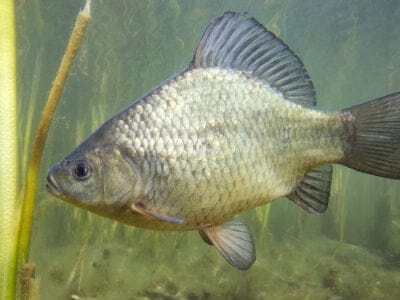
Crucian Carp
Can survive drought by burying itself in mud.
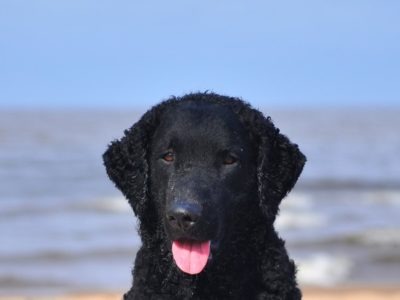
Curly Coated Retriever
A lively and fun-loving breed!

Czechoslovakian Wolfdog
This breed is also known as the Czechoslovakian Vlcak (the name for the German Shepherd).
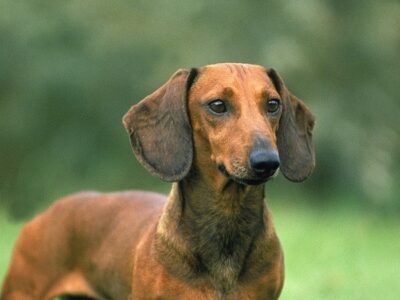
Dachshund
Fun and playful breed of small dog!

Dalmatian
Have an energetic and playful nature!

Dalmatian Mix
These canine’s spots are distinctive in their placement, including different shaped markings, making them unique.
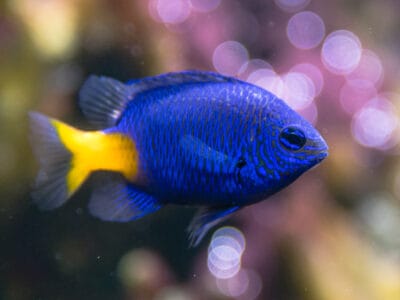
Damselfish
Damselfish belong to the family Pomacentridae
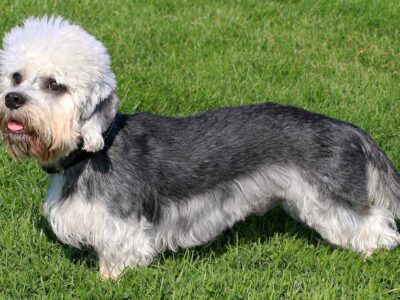
Dandie Dinmont Terrier
The Dandie Dinmont Terrier is the only breed recognized by the AKC that is named after a literary character.

Dapple Dachshund
A Dapple Dachshund’s dappling pattern may be just one spot, or it may be numerous spots and splashes on their coat.

Darkling Beetle
Darkling Beetles have segmented antennae. Each one is divided into eleven segments.
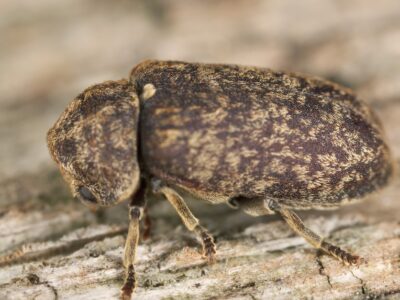
Deathwatch Beetle
The adult deathwatch beetle taps on the wood to find a mate.

Deer
There are around 40 different species!
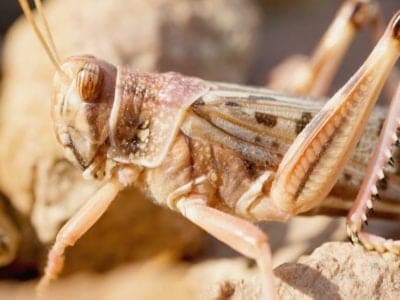
Desert Locust
Solitary locusts are grey while gregarious locusts are yellow with stripes.

Deutsche Bracke
Has long drop ears and a long narrow tail!
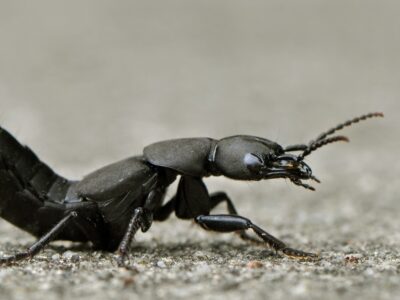
Devil’s Coach Horse Beetle
The Devil’s coach horse beetle can emit a noxious substance to deter predators

Diamondback Moth
Adult males make high amplitude boing noise to attract females
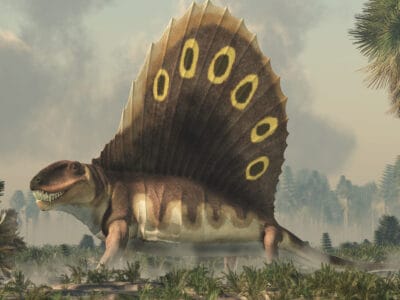
Dimetrodon
Dimetrodon was among the largest predators of the Early Permian Period.
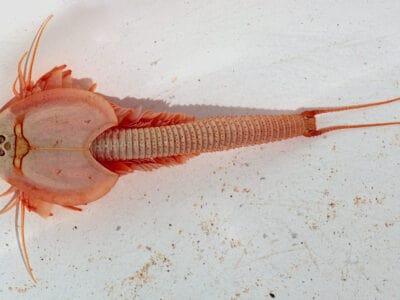
Dinosaur Shrimp
These "shrimp" evolved to survive very harsh climates, which is one reason they have been able to live so long.
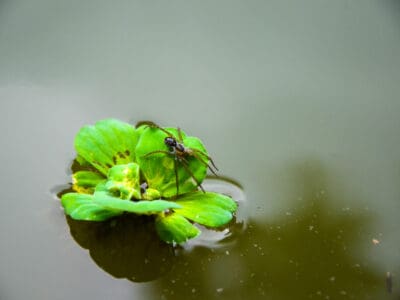
Diving Bell Spider (Water Spider)
Diving bell spiders can breathe underwater using an air bubble on their abdomen

Doberman Pinscher
A gentle, loyal and loving breed!

Dog
First domesticated in South-East Asia!

Dog Tick
Dog ticks feed on dogs and other mammals

Dogue De Bordeaux
Extremely loyal and devoted to it's master!

Donkey
First domesticated 5,000 years ago!

Dorgi
The Dorgi is one of the more popular mixed breed dogs.
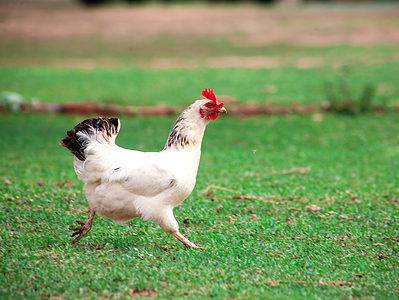
Dorking Chicken
They are docile birds, so do not mix them with dominant breeds like Cornish chickens and Old English Game.; otherwise, they will quickly fall to the bottom of the pecking order.

Dragonfly
It's larvae are carnivorous!

Drever
Uncommon outside of Europe!

Dried Fruit Moth
In the event of adverse environmental conditions, dried fruit moth larvae will become dormant and stop developing.

Duck
Rows of tiny plates line their teeth!

Dung Beetle
The dung beetle can push objects many times its own weight

Dunker
A friendly and relaxed dog!

Dunkleosteus
Dunkleosteus had a bite force strong enough to cut through pirey.
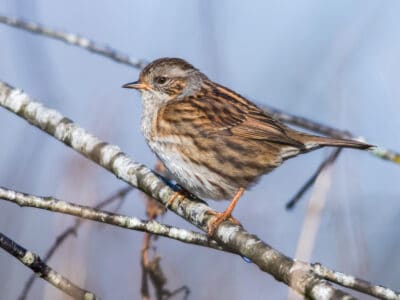
Dunnock
Both male and female dunnocks can have multiple mates every breeding season
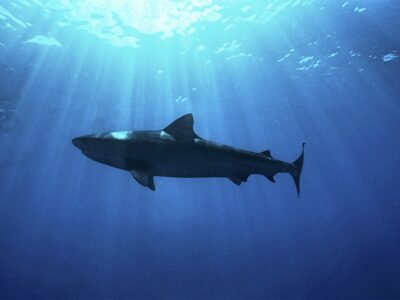
Dusky Shark
The Dusky Shark sometimes eats trash discarded by humans.

Dwarf Hamster
dwarf hamsters love to explore at night.

Eagle
Has exceptional eyesight!
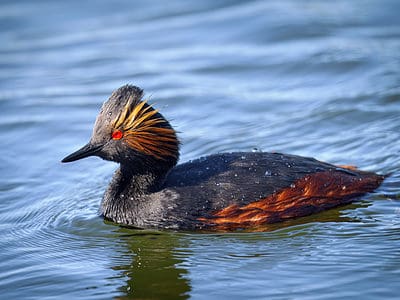
Eared Grebe
The most populous grebe in the world

Earthworm
They are hermaphrodites, which means they have male and female organs

Earwig
There are nearly 2,000 different species!

Edible Frog
Are known to guard the muddy banks!

Eel
Eels can be a mere few inches long to 13 feet!
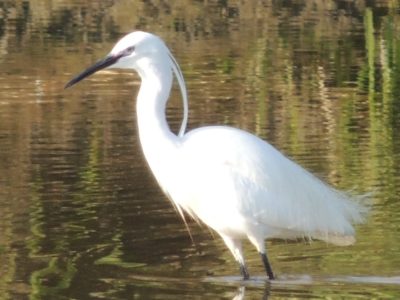
Egret
Most species are relatively vocal, making harsh croaking sounds and squeals.
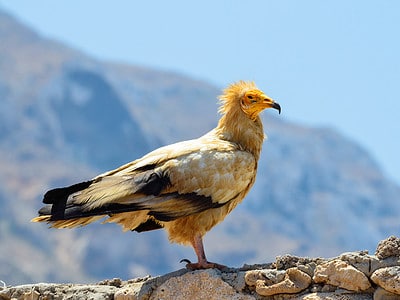
Egyptian Vulture
They steal large ostrich eggs and use rocks and pebbles to crack the shells.
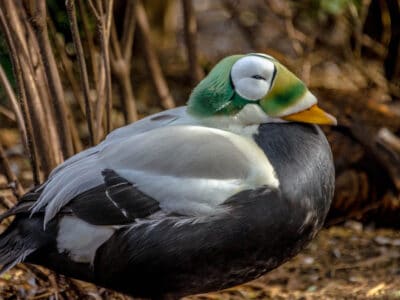
Eider
Eiders are sexually dimorphic, with males being larger and more colorful.
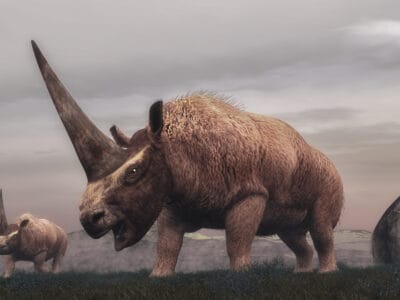
Elasmotherium
Elasmotherium might have had a monstrous horn, giving it the name "The Siberian Unicorn."

English Angora Rabbit
Pet angora rabbits are sometimes mistaken for fluffy dogs.

English Bulldog
Bulldogs were originally bred to “pin” bulls.

English Cocker Spaniel
Intelligent yet stubborn by nature!
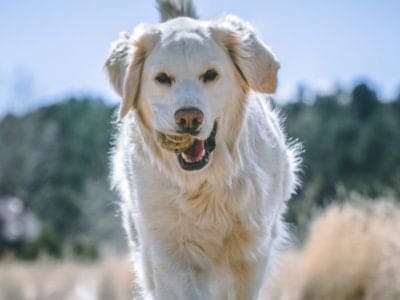
English Cream Golden Retriever
Although their coats can get incredibly light in color, golden retrievers never have purely white coats.
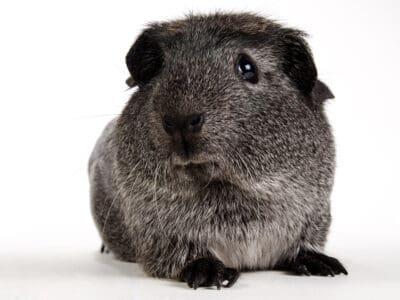
English Crested Guinea Pig
Contrary to their name, English crested guinea pigs did not originate in the UK

English Foxhound
English Foxhounds were bred to work and live in a pack. Because of this, this breed is happiest when they are around other dogs.
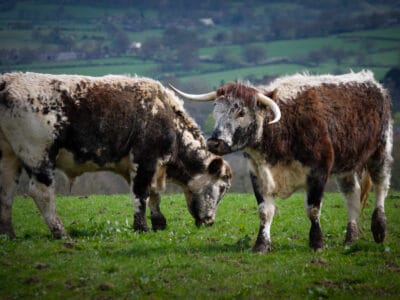
English Longhorn Cattle
Although they look similar to the Texas Longhorn, they are not closely related.
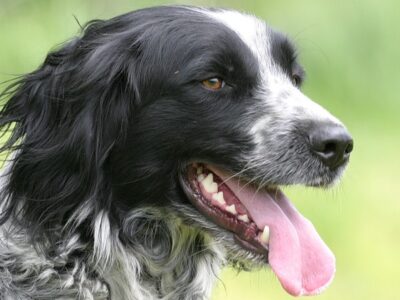
English Setter
English Setters were first bred between 400 and 500 years ago.

English Springer Spaniel
Friendly and eager to please!

Entlebucher Mountain Dog
Native to parts of the Swiss Alps!
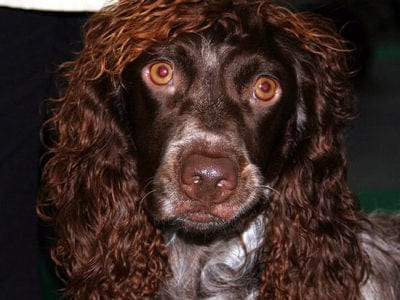
Epagneul Pont Audemer
Hard-working, gentle and affectionate!

Ermine
A very bold and ferocious predator!

Estrela Mountain Dog
Very protective and stubborn!
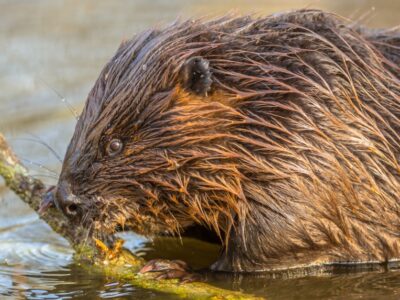
Eurasian Beaver
Eats 20% of its weight daily!
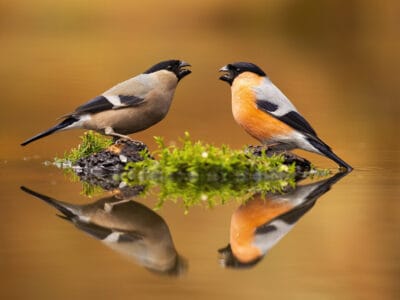
Eurasian Bullfinch
The shy eurasian bullfinch prefers to forage very close to cover.

Eurasian Collared Dove
The Eurasian collared dove has been extensively studied due to its amazing ability to rapidly colonize new territories.

Eurasian Eagle-owl
The Eurasian Eagle-owl is the second largest owl in the world with a wingspan up to six feet!
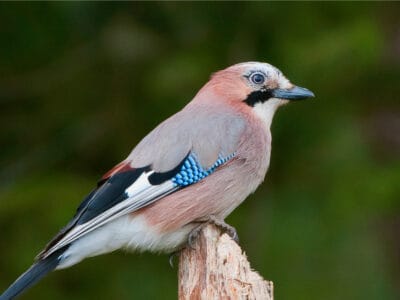
Eurasian Jay
The Eurasian jay has the ability to mimic other sounds
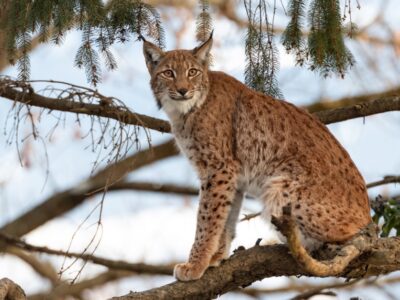
Eurasian Lynx
Eurasian lynxes can survive extreme weather up to elevations of 18,000 feet
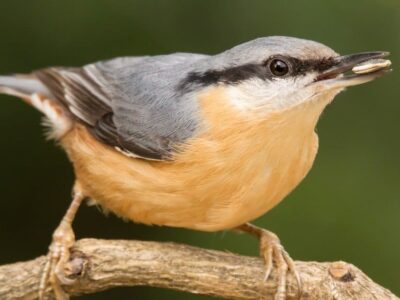
Eurasian Nuthatch
Its song has been compared to a toy horn.
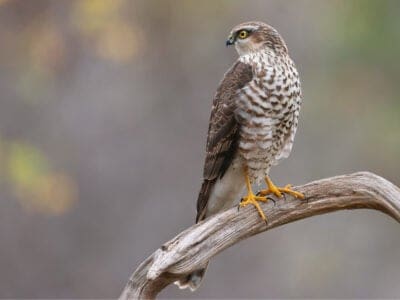
Eurasian Sparrowhawk
Females are typically 25% larger than males.
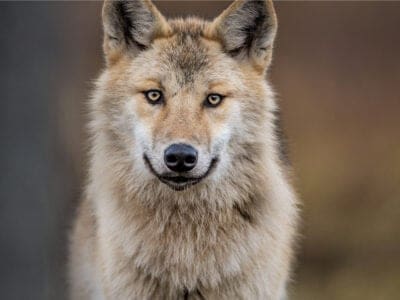
Eurasian Wolf
Coloring depends on location.
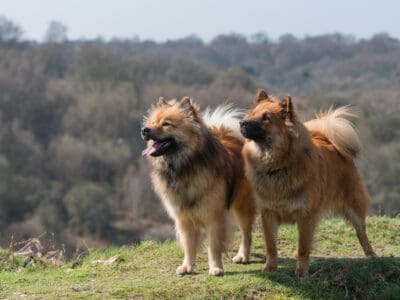
Eurasier
This breed came about after Julius Wipfel, a German professor in the 1940s, crossed a chow chow with a German spitz with the hope of breeding the perfect spitz.

European Bee-Eater
They can eat up to 250 bees per day!
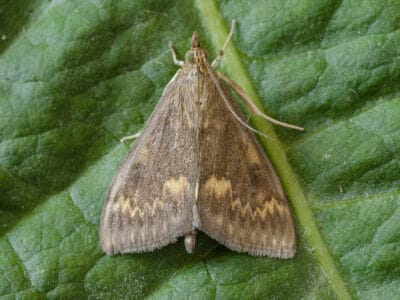
European Corn Borer
Female can lay up to 600 eggs in her 14-day lifespan
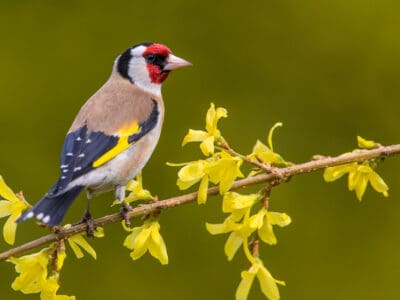
European Goldfinch
They are frequent visitors to backyard feeders, especially those containing niger seeds.
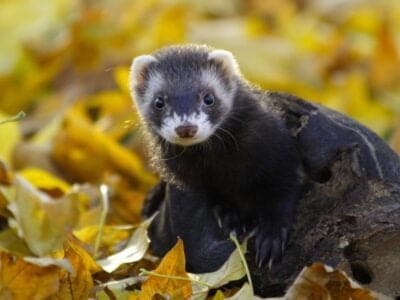
European Polecat
Its fur changes color in the winter!

European Robin
Male robins are so aggressive and territorial that they will attack their own reflections.

European Wildcat
A group of wild cats is called a destruction

Falcon
The fastest creatures on the planet!

Fallow deer
The fallow deer has more variation in its coat colors than most other deer.

False Widow Spider
False spiders actually prey on black widow spiders and other hazardous spiders

Fancy Mouse
Fancy mice are beloved pets with a history of domestication spanning thousands of years!
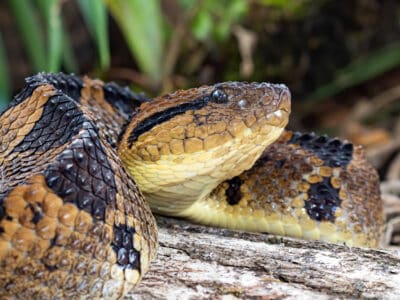
Fer-de-lance Snake
The Most Dangerous Snake in the Americas
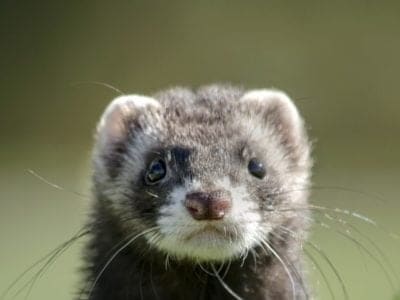
Ferret
Ferrets can be trained to do tricks like dogs!
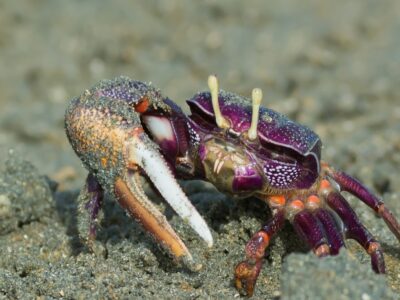
Fiddler Crab
The fiddler crab gets its name from the motion the males make with their over-sized claw during the mating ritual.
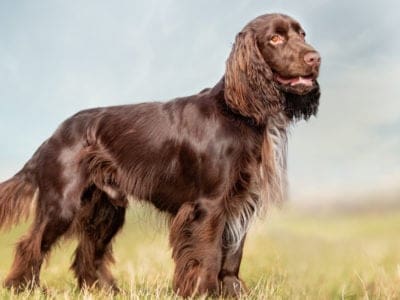
Field Spaniel
A sociable and adaptable breed!

Finch
Finches have strong, conical bills that help them break open tough seeds that many other birds cannot.

Finnish Lapphund
The Finnish Lapphund was bred to herd reindeer!
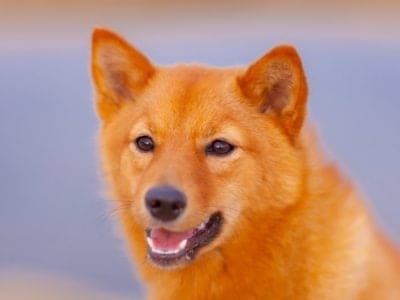
Finnish Spitz
Likes to bark a lot!
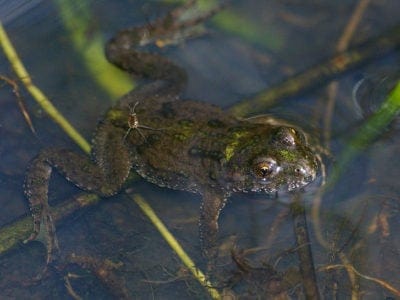
Fire-Bellied Toad
Found across mainland Europe and Asia!
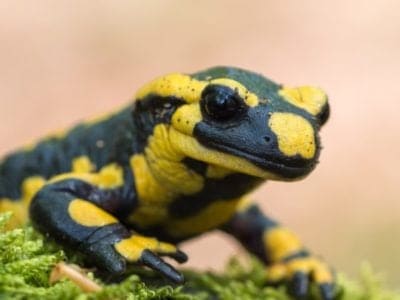
Fire Salamander
Its name comes from the fact that people once believed it was born in fire

Firefly
The firefly produces some of the most efficient light in the world
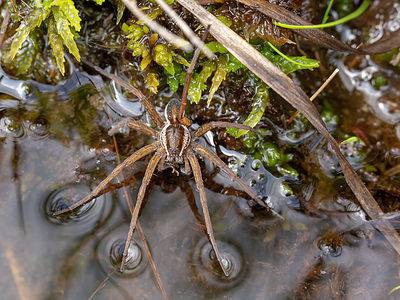
Fishing Spiders
Fishing spiders have hydrophobic hair on their skin that allows them to survive on water
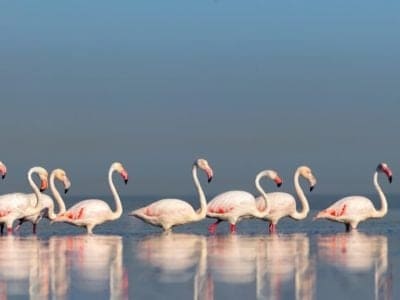
Flamingo
Sleeps on just one leg!
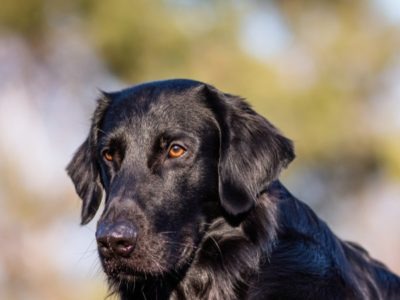
Flat-Coated Retriever
A game retrieving gun-dog!

Flea
Adult fleas can jump up to 7 inches in the air
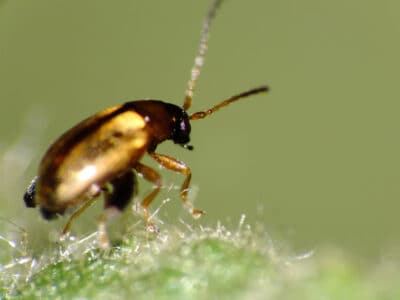
Flea Beetle
Flea beetles can jump like fleas when threatened.
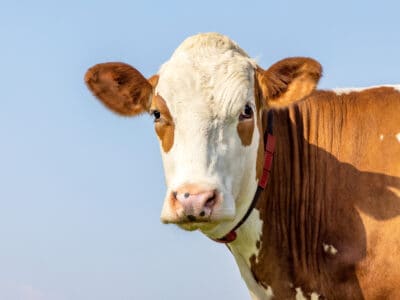
Fleckvieh Cattle
Besides being bred for milk and meat, these cattle were also used as draft oxen.
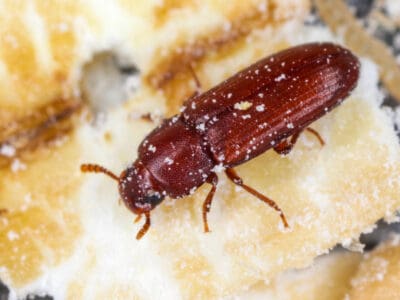
Flour Beetle
Flour beetles are adapted to survive in very dry environments.

Fly
There are more than 240,000 different species!
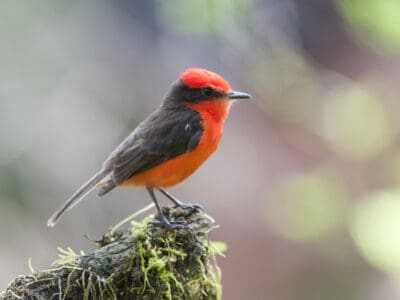
Flycatcher
Most of the hundreds of varieties of flycatchers belong to the Tyrannidae and Muscicapidae families!

Flying Squirrel
Can glide up to 90 meters!

Fox
Only 12 species are considered "true foxes"

Fox Terrier
First bred in the mid-19th century!

French Bulldog
French bulldogs are known to be very sensitive, harboring emotions that they love to express
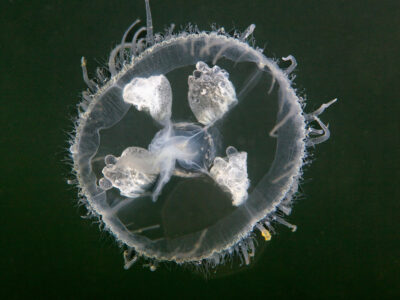
Freshwater Jellyfish
The freshwater jellyfish is native to China but is now found all over the world
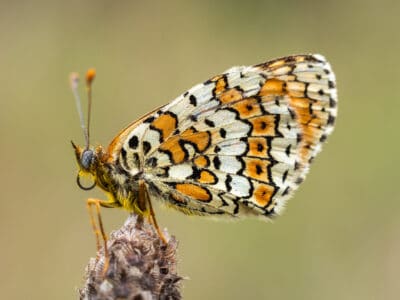
Fritillary Butterfly
Some emit noxious defense chemicals

Frizzle Chicken
Frizzle chickens are known for their frizzled feathers, which result from a genetic mutation.

Frog
There are around 7,000 different species!

Fruit Fly
Fruit flies are among the most common research animals in the world

Furrow Bee
N/A
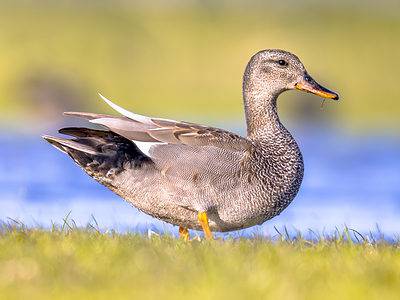
Gadwall
They make many sounds when trying to attract a mate.
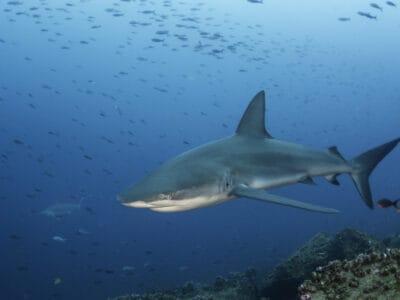
Galapagos Shark
Galapagos sharks are cannibalistic and sometimes eat their young, so the pups stay away from the adults in shallow water.
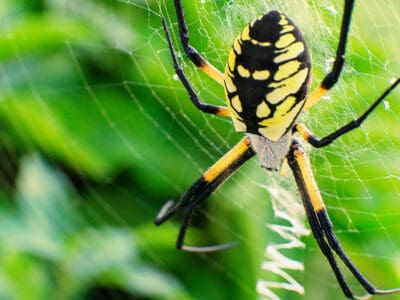
Garden Spider
Garden spiders bounce in their webs to confuse predators

Gastornis
Gastornis had a massive beak, but they probably ate plants instead of flesh.

Genet
The Genet has retractable claws like a cat

German Cockroach
The most common type of urban roach
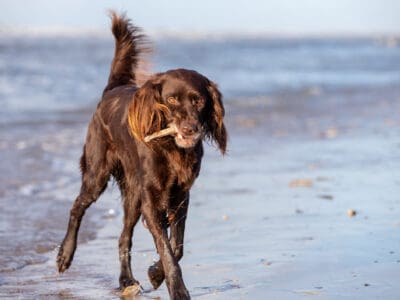
German Longhaired Pointer
German Longhaired Pointers are excellent hunters-tracking, pointing, and retrieving game over land and water. They can jump up six feet high and make wonderful emotional support dogs!
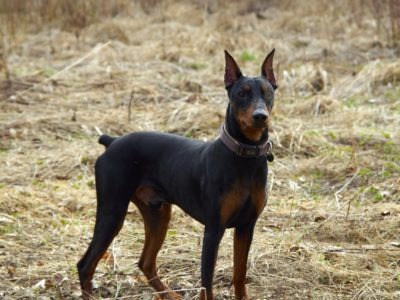
German Pinscher
Highly intelligent and fast learners!

German Shepherd Guide
Highly active and fearless dogs!

German Shorthaired Pointer
German Shorthaired Pointers are used by the Air Force, TSA, and other organizations to sniff out explosives.

German Spitz
There are five different sub-breeds of the German Spitz.
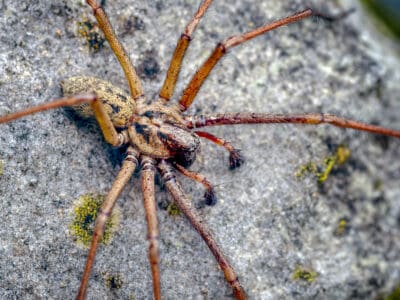
Giant House Spider
They are the fastest invertebrates in the U.K.
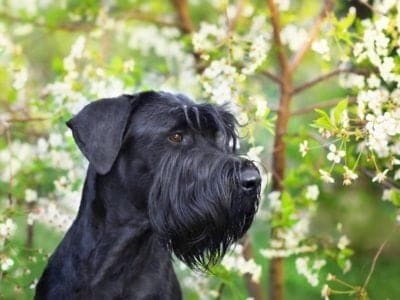
Giant Schnauzer
Large, powerful and dominant!

Glass Lizard
Can grow up to 4ft long!

Glen Of Imaal Terrier
This dog is also named the Wicklow Terrier after the county of its origin.

Glowworm
Found inhabiting dense woodland and caves!

Gnat
Males form large mating swarms at dusk

Goat
Most closely related to the Sheep!

Goldcrest
The goldcrest never starts moving and needs to consume for most of the day to survive. Therefore, in the colder months, it's best that eat 90% a day.

Golden Eagle
Their calls sound like high-pitched screams, but they are quiet most of the time.

Golden Irish
They can be known as Velcro dogs because they like sticking around and are always near their owners.
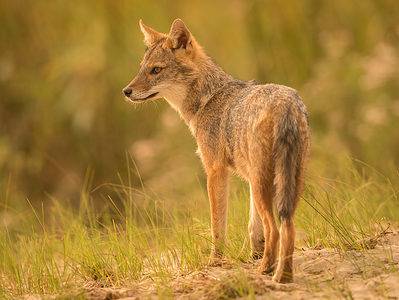
Golden Jackal
roaming and adaptable candids

Golden Oriole
Migrates between Europe and Asia!

Golden Retriever
Trusting, kind and gentle!

Goose
There are 29 different species!

Gordon Setter
It's the largest and heaviest breed of setter.
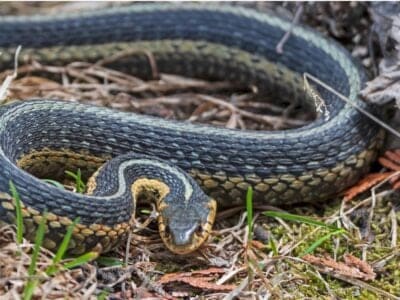
Grass Snake
Use acute hearing to hunt

Grass Spider
Their fangs aren't big enough to penetrate human skin.

Grasshopper
There are 11,000 known species!
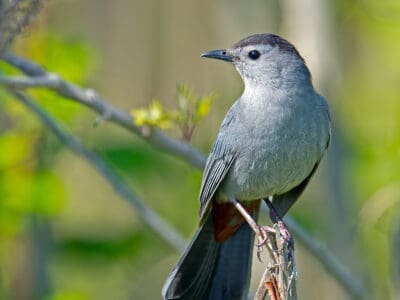
Gray Catbird
Their songs have cat-like qualities and can mimic other birds and animals, like tree frogs.
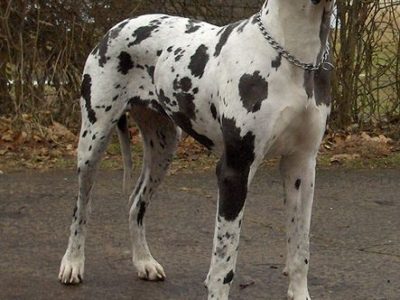
Great Dane
Large and imposing in appearance!
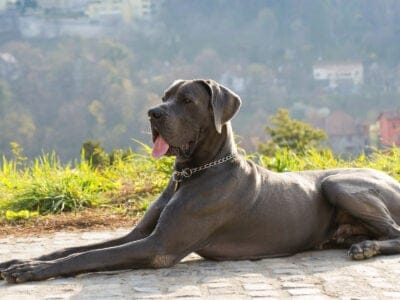
Great Dane Mix
Great Dane mixed breed dogs tend to have a longer lifespan than Great Dane purebreds.

Great Egret
The male egret performs an elaborate courtship display to attract a mate

Greater Swiss Mountain Dog
Protective and gentle by nature!
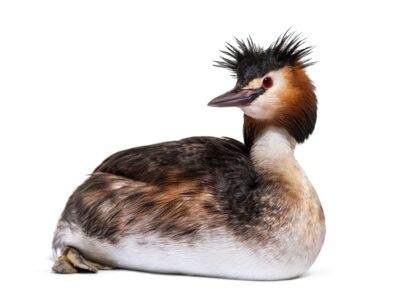
Grebe
They swim like frogs

Grey Heron
Male grey herons are picky about their mates. They'll reject a female that they don't fancy.
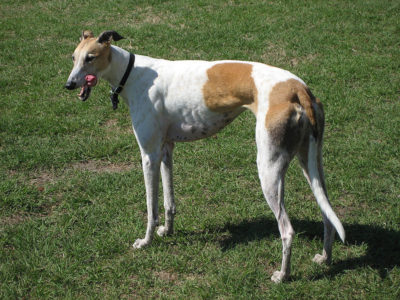
Greyhound
Extremely fast and athletic!
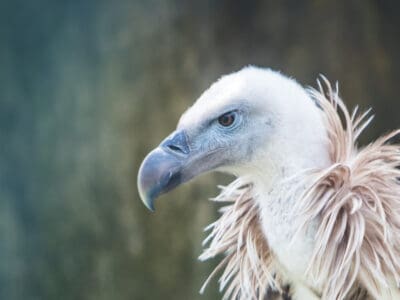
Griffon Vulture
Can spot a dead animal from thousands of feet away
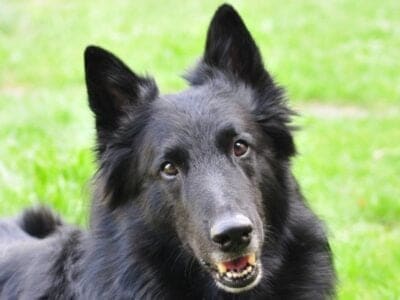
Groenendael
These dogs are highly trainable and can learn excellent manners!
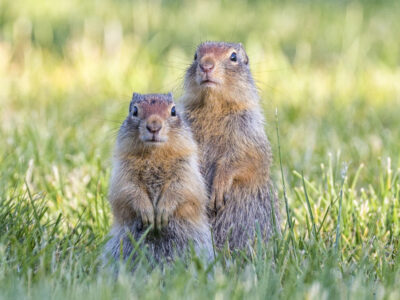
Ground Squirrel
Ground squirrels are adept excavators and can dig colonial burrows larger than football fields!

Grouse
Feathered legs and toes!

Gypsy Moth
One of the most invasive species in the world
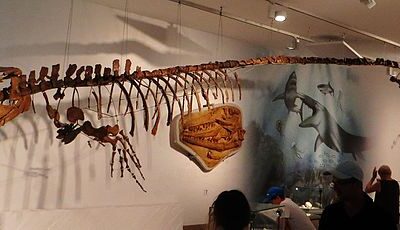
Hainosaurus
The hainosaurus was named after the Hainaut province of Belgium where the first specimen was discovered.
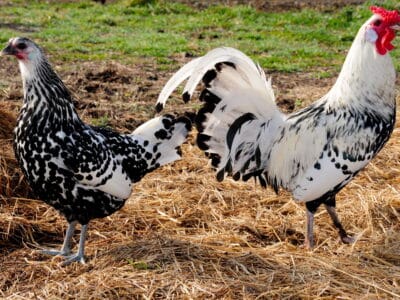
Hamburg Chicken
This breed doesn't usually make nests or incubate their own chicks.
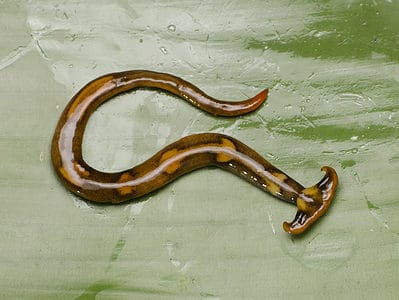
Hammerhead Worm
They are sensitive to light and prefer cool, dark, moist areas.

Hamster
Able to run as quickly backwards as forwards!

Harbor Porpoise
Surprisingly, not a dolphin!

Hare
Can reach speeds of over 50 mph!

Harrier
Cheerful, tolerant and sweet-tempered!

Hatzegopteryx
Hatzegopteryx was one of the largest flying animals to have ever lived.
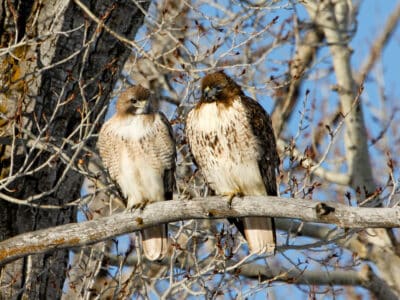
Hawk
While the Ferruginous hawk is the largest specie in the USA, Asia’s Upland buzzard is the biggest overall.

Hawk Moth Caterpillar
Many hawk moth caterpillars eat toxins from plants, but don’t sequester them the way milkweed butterflies do. Most toxins are excreted.

Hedgehog
Thought to be one of the oldest mammals on Earth!
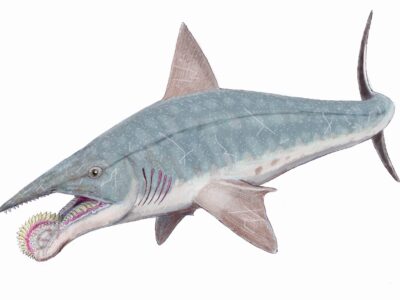
Helicoprion
Helicoprion was one of the largest cartilaginous fish of all time.

Heron
Inhabits wetlands around the world!
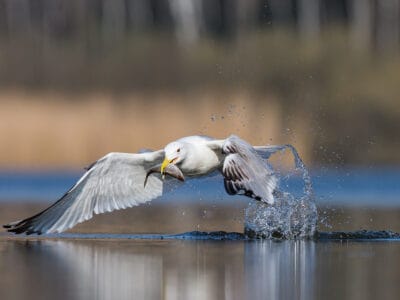
Herring Gull
They are loud, spirited birds with raucous cries that sound like bursts of laughter.

Highland Cattle
Natively found in the Scottish Highlands!
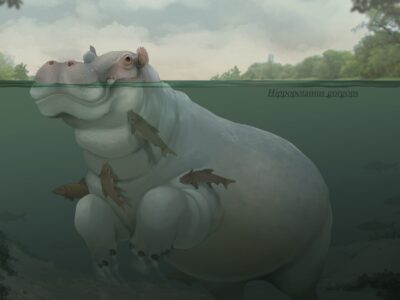
Hippopotamus gorgops
The eyes of Hippopotamus gorgops were positioned on eyestalks which allowed it to see above the water surface when submerged.

Hobo Spider
The Hobo Spider travels city to city like an actual Hobo and is often found near railroad tracks!

Honey Bee
There are only 8 recognized species!
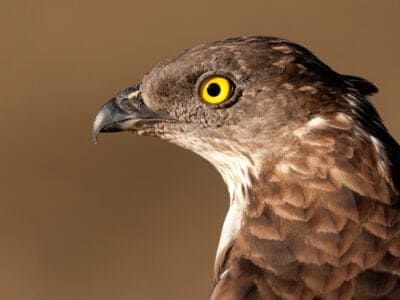
Honey Buzzard
Honey buzzards are medium-sized raptors that earned their names by raiding the nests of bees and wasps.
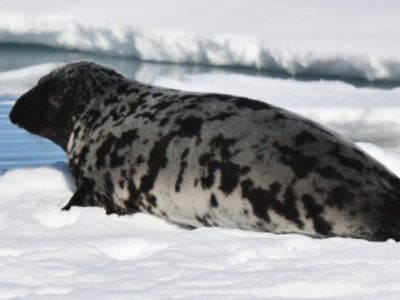
Hooded Seal
Hooded seal pups are called bluebacks because the color of the fur on their back is blue-gray. This pretty color made people want to make fur coats out of them and made them a target for hunters.

Hoopoe
Stunning bird with a stinky way to deter predators!
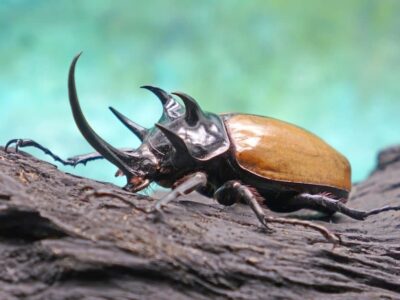
Horned Beetle
These beetles are herbivores but have an intimidating appearance because of the horn-like projection on their heads. However, they are entirely harmless to humans, as they don't sting or bite.
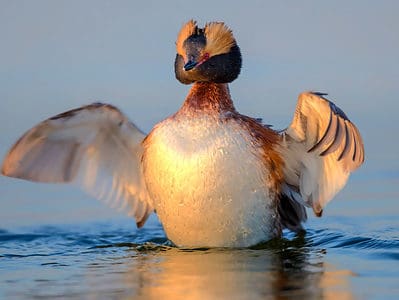
Horned Grebe
Sleep with one foot tucked up under the wing so they lean to the side
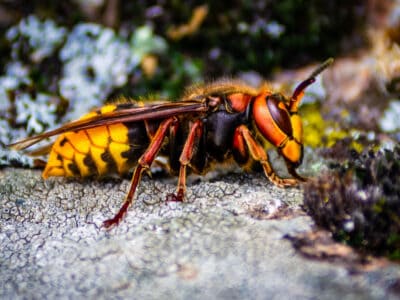
Hornet
Hornets are a type of wasp.

Horse
Has evolved over 50 million years!

Horse Mackerel
Got their name from a myth that other fish would ride them over great distances

Horsefly
Horseflies have been seen performing Immelmann turns, much like fighter jets.
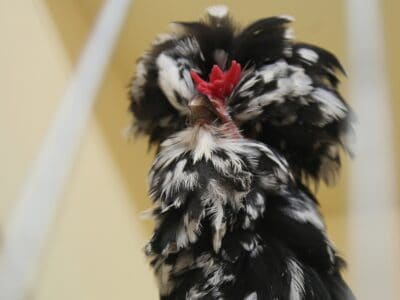
Houdan Chicken
The Houdan chicken has a round, fluffy crest and five toes on each foot!

House Sparrow (English Sparrow)
The house sparrow has been introduced all over the world

Housefly
The fly has no teeth

Human
Thought to have orignated 200,000 years ago!

Huntsman Spider
Some huntsman spiders have an interesting way of moving around. Some cartwheel while others do handsprings or backflips.
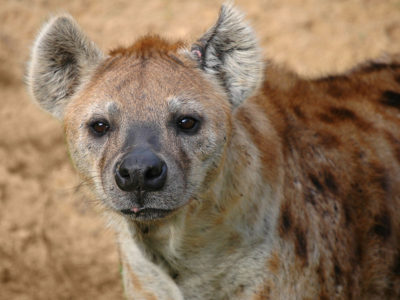
Hyena
There are four different species!
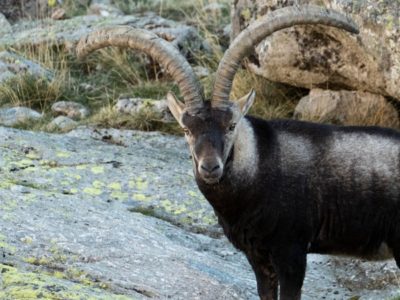
Ibex
Can jump over 6 feet straight up from a standstill

Ibizan Hound
Intelligent, active and engaging by nature!
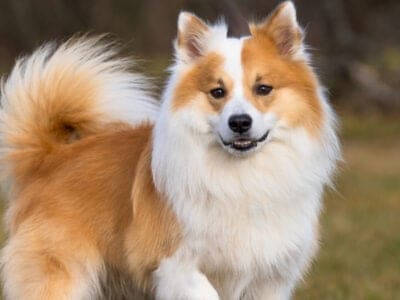
Icelandic Sheepdog
The Icelandic Sheepdog is the only dog breed entirely native to Iceland.
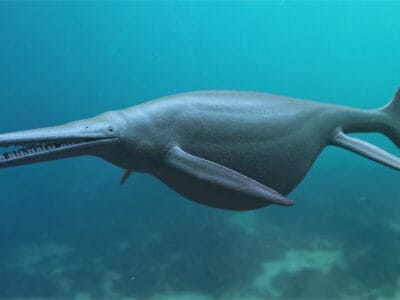
Ichthyosaurus
Gave birth to live young instead of laying eggs like other reptiles

Insect
Insects go back over 350 million years, making the creatures older than man, flowering plants and dinosaurs.

Insects
There are an estimated 30 million species!

Irish Setter
Has a beautiful coat that's flowing and feathered!
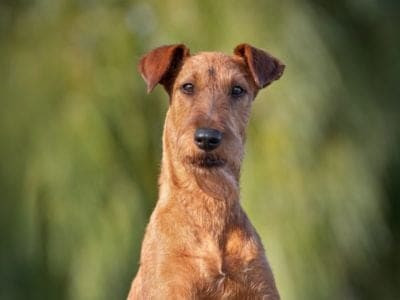
Irish Terrier
An average 300 Irish Terrier puppies are born each year in the United States.

Irish Water Spaniel
They are the only known dogs with a purple hue!
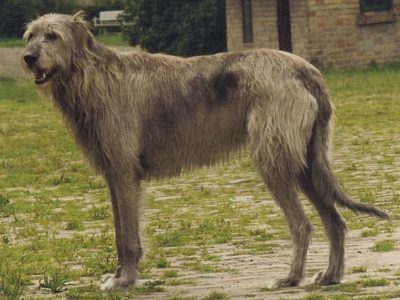
Irish WolfHound
Sweet-tempered, patient and thoughtful!

Italian Greyhound
The Italian Greyhound is a miniature dog with a big motor and personality!
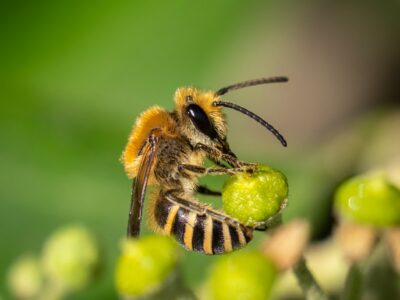
Ivy Bee
N/A

Jack Crevalle
One of the biggest species in the Caranx genus

Jack Russells
Intelligent, athletic and fearless!
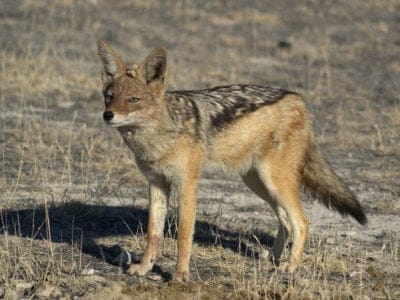
Jackal
Can maintain speeds of 16 km/h!

Jackdaw
The jackdaw tends to mate for life with a single partner
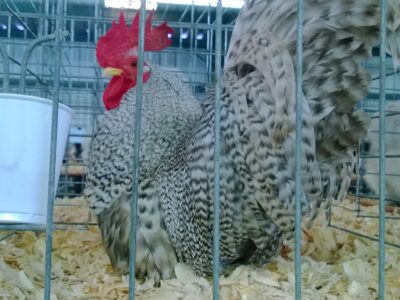
Japanese Bantam Chicken
Japanese bantam chickens are the best flying chicken species
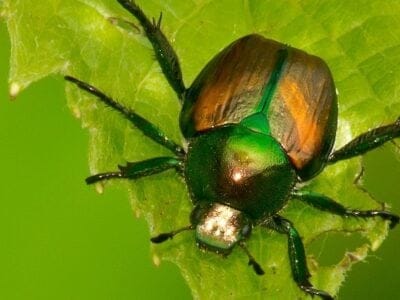
Japanese Beetle
Can clear an entire fruit tree in 15 minutes in a swarm
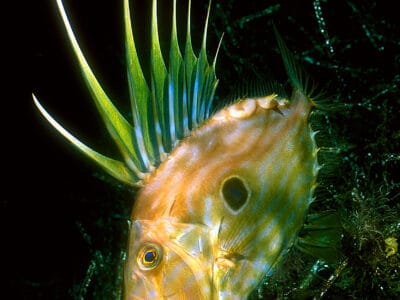
John Dory
The John Dory is often labeled one of the ugliest fish in the world and has no known relatives.

Jumping Spider
Some can jump 50 times the length of their bodies

Kangal Shepherd Dog
Can run up to 35 miles per hour (56km).

Keeshond
Friendly, alert dogs that are loyal to their owners

Kerry Blue Terrier
They are born black, and turn gray-blue as they age.
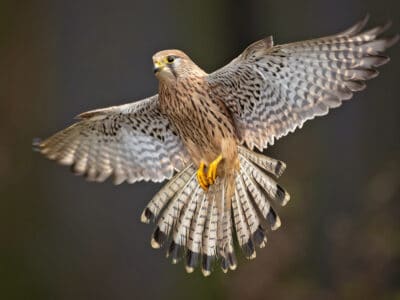
Kestrel
Can hang suspended on wind currents
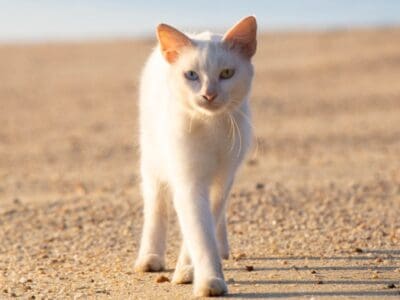
Khao Manee
The Khao Manee is one of the rarest cat breeds in the world.
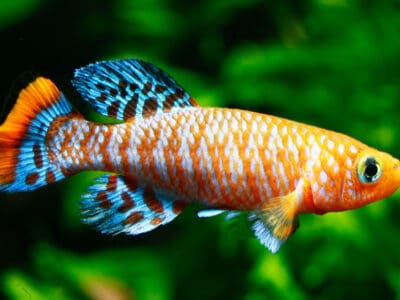
Killifish
Killifish are highly sought after for their peaceful nature and ability to adapt to most aquarium communities.
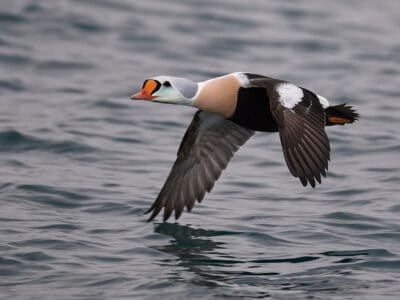
King Eider
The species name, spectabilis, is Latin for “showy” or “remarkable,” referencing the attractiveness of the adult male’s plumage.

Kingfisher
Inhabits wetlands and woodlands worldwide!

Kissing Bugs
Kissing bugs derive their name from the location they prefer to bite, which is usually close to the lips of the host
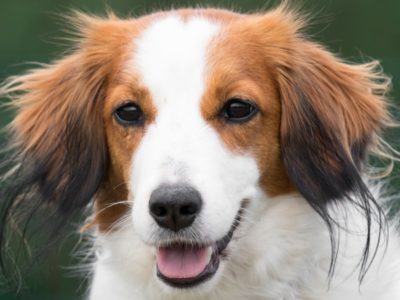
Kooikerhondje
If Kooikerhondjes look familiar, it’s because old Dutch masters like Rembrandt and Jan Steen liked to paint them.

Kuvasz
Ownership of this dog was once restricted to the Hungarian nobility
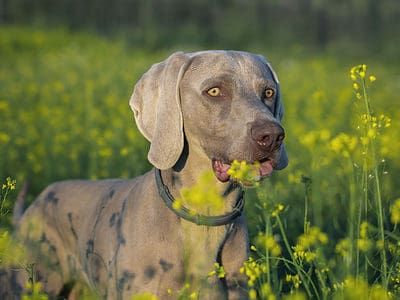
Labmaraner
Loves to participate in activities.

Labrador Retriever
Well-balanced, friendly and versatile!

Lace Bug
May bite when threatened

Ladybug
There are more than 5,000 species worldwide!

Lagotto Romagnolo
The Lagotto Romagnolo is the only internationally recognized purebred truffle-hunting dog.

Lakeland Terrier
These dogs were once used by farmers to keep foxes away from herds of sheep.
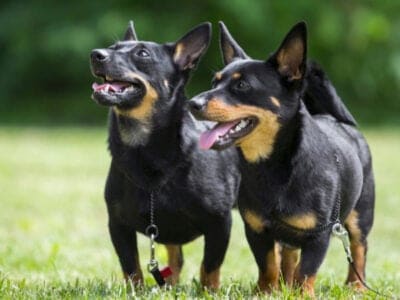
Lancashire Heeler
The name “heeler” comes from the fact that it nips at the heels of cattle to herd them.
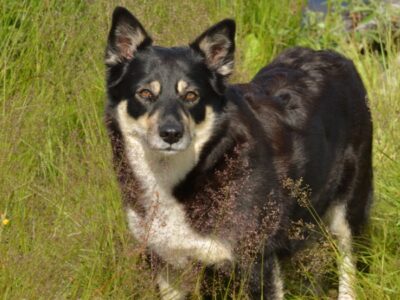
Lapponian Herder
This breed is also known as the Lapp Reindeer Dog and the Lapsk Vallhund.
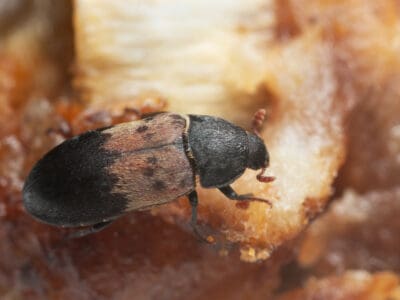
Larder Beetle
Larder beetles were named based on their attraction to food storage rooms or cupboards, but they do not feed on stored food products.
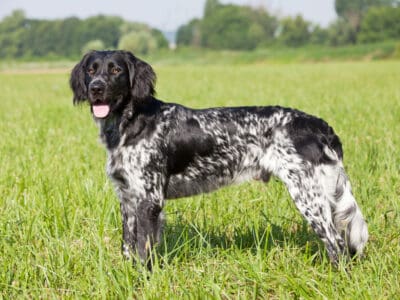
Large Munsterlander
Some people might find the Large Munsterlander too lively for their family, but they are actually very gentle with children and make fantastic family pets.

Largemouth Bass
Georgia, Mississippi, Alabama, and Florida all claim the largemouth bass as the state fish or state freshwater fish.
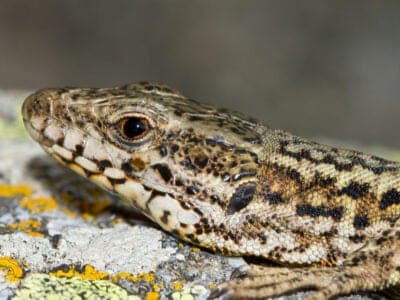
Lazarus Lizard
Lazarus Lizards can communicate through chemical and visual signals.

Leech
Has 10 pairs of eyes!
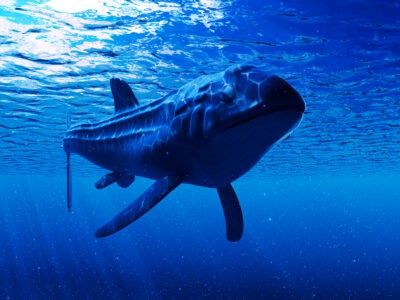
Leedsichthys
Leedsichthys is one of the largest fish ever discovered

Leghorn Chicken
Leghorn chickens, one of the most popular industrial breeds, lay up to 320 eggs per year!

Lemming
Does not hibernate during the bitter Arctic winter!

Leonberger
This dog has been used for pulling carts full of goods.
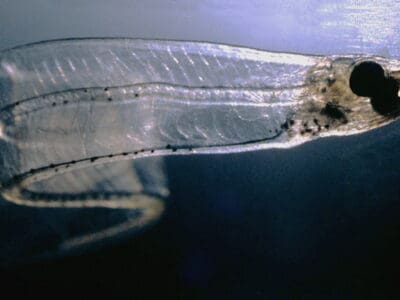
Leptocephalus
Leptocephali have flat bodies filled with jelly-like substances, surrounded by a thin layer of muscle.

Linnet
While linnets are monogamous during mating season, they do not mate for life. While breeding pairs are together, the males are highly territorial and will defend the nesting site and the surrounding area.
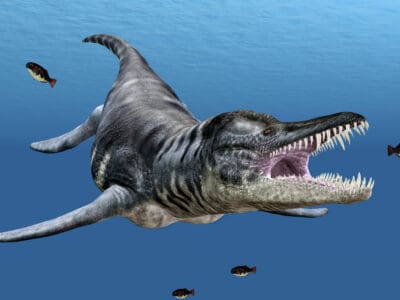
Liopleurodon
Liopleurodon were fast swimmers that lived entirely under water, but they had no gills

Liopleurodon
One of the largest pliosaurs to ever live

Lizard
There are around 5,000 different species!
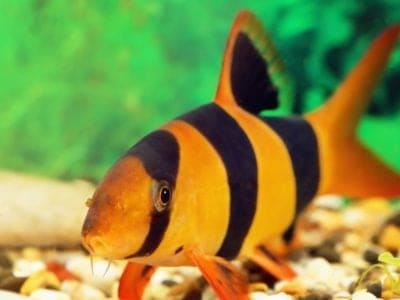
Loach
Have sharp spines below their eyes

Locust
Each locust can eat its weight in plants each day.

Long-Eared Owl
Ear tufts make it look bigger!
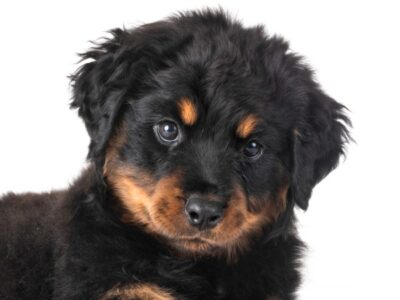
Long-Haired Rottweiler
Rottweilers have a tendency to snore.
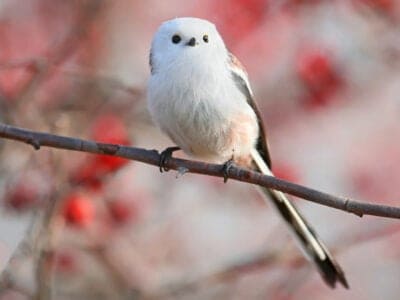
Long-Tailed Tit
Often hangs upside down while feeding!

Lowchen
This breed is also known as the "Little Lion Dog" for their bravery and manes.
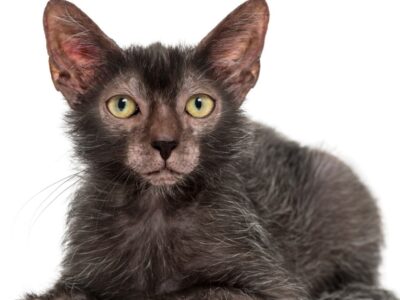
Lykoi Cat
Wolf like domestic cat breed
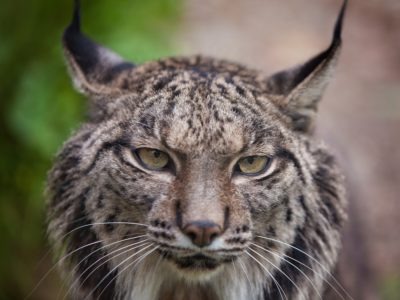
Lynx
Live in dens in rocks and under ledges!

Magpie
They are found across Europe, Asia and Africa!

Magyarosaurus
Magyarosaurus is the smallest sauropod dinosaur to have ever lived

Mallard
With an appropriate tail wind, the mallard can travel hundreds of miles a day

Maltese
Originally bred in Europe!

Manchester Terrier
Fences are no match for Manchester terriers. They’re great escape artists!
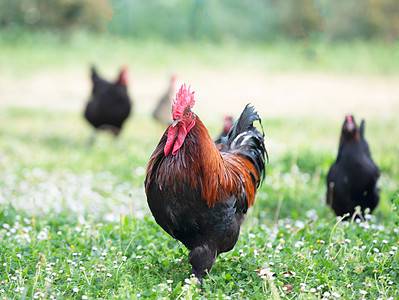
Marans Chicken
Marans chickens produce some of the darkest, chocolate-brown eggs in the world!
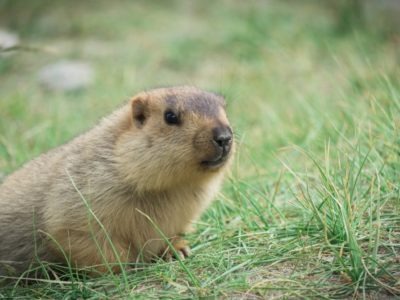
Marmot
A marmot spends 80% of its life below ground

Marsh Frog
Has bright green skin!
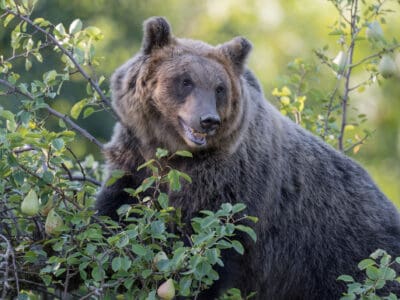
Marsican Brown Bear
They do not fall completely asleep during hibernation but wake up from time to time during the winter to walk around.

Mason Bee
N/A

Mastiff
Courageous, calm and affectionate!

Mayfly
There are 2,500 known species worldwide!

Mealworm Beetle
In 1968, the mealworm beetle traveled to space and circled the moon on the Soviet mission Zond 5.

Mealybug
They have a symbiotic relationship with ants.
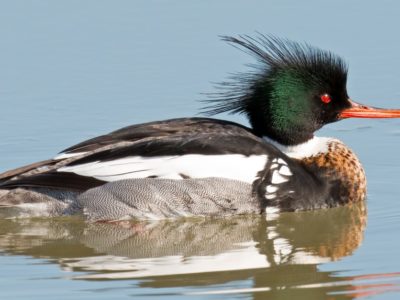
Merganser
They line their nests with their feathers

Millipede
Some species have a poisonous bite!
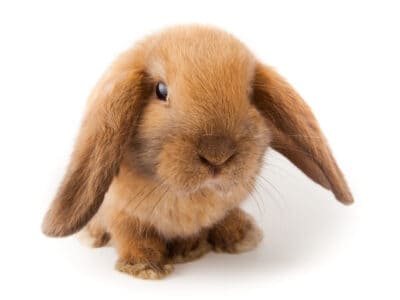
Mini Lop
One of the cutest and most popular rabbits
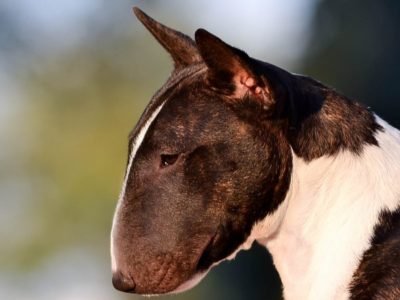
Miniature Bull Terrier
This dog has a very happy-go-lucky temperament.

Miniature Pinscher
Stable rodents were kept in check by using it as a barnyard ratter.

Mink
The mink can swim up to 100 feet underwater.
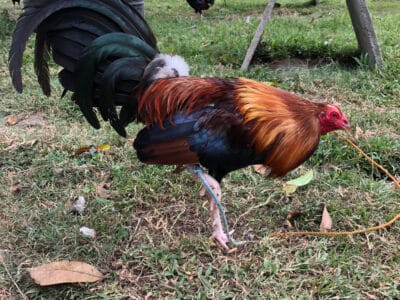
Modern Game Chicken
The Modern Game chicken is a lanky bird with legs that go for days!

Mole
Primarily hunts and feeds on Earthworms!

Mole Cricket
Adult Mole crickets may fly as far as 5 miles during mating season and are active most of the year.

Mollusk
Most molluscs have more than one heart
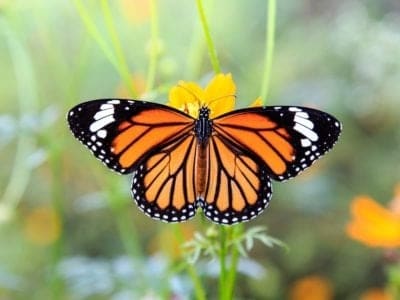
Monarch Butterfly
During migration, Monarch Butterflies may travel 250 or more miles each day.

Mongrel
Has characteristics of two or more breeds!

Moorhen
Feeds on aquatic insects and water-spiders!
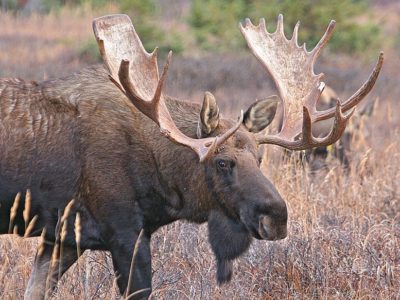
Moose
Renews it's enormous antlers every year!
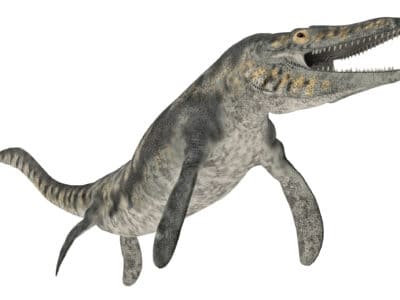
Mosasaurus
The Mosasaurus was much longer than the fearsome Tyrannosaur rex.

Mosquito
Only the female mosquito actually sucks blood

Moth
There are 250,000 different species!

Mouse
Found on every continent on Earth!
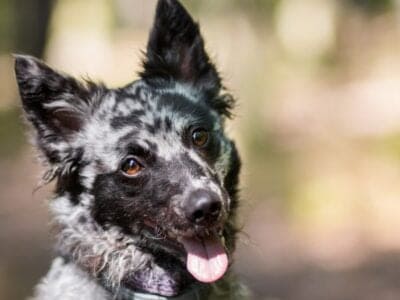
Mudi
Mudi dogs have a reputation for being able to control a herd of 500 sheep.

Mule
The offspring of a horse and donkey parents!

Muntjac
The muntjac is the smallest type of deer in the world

Muskox
Muskox have several physical characteristics that allow them to survive in the Arctic climate.
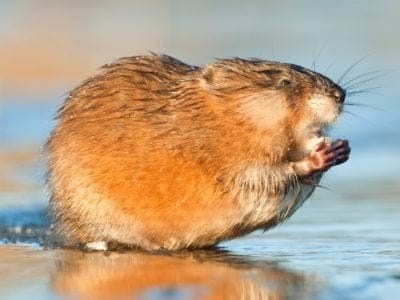
Muskrat
The muskrat can stay underwater up to 17 minutes at a time
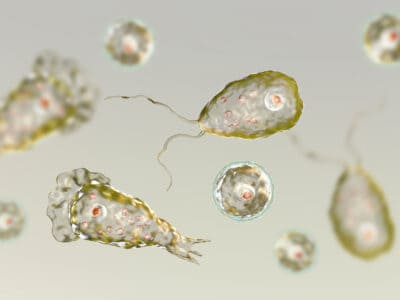
Naegleria
Causes primary amoebic meningoencephalitis

Natterjack
Can lay up to 7500 eggs

Neanderthal
Roamed Asia and Europe for around 100,000 years!

Neapolitan Mastiff
Fearless and extremely protective of it's home!

Nematode
Nematodes range in size from 1/10 of an inch to 28 feet long
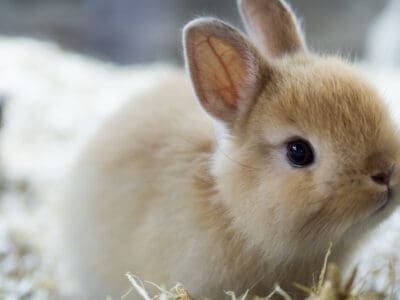
Netherland Dwarf Rabbit
The Netherland dwarf rabbit is the smallest domestic rabbit breed in the world.

Newt
Able to regrow lost or damaged limbs!

Night Heron
When they feel threatened juvenile night herons vomit their stomach contents.

Nightingale
Named more than 1,000 years ago!

No See Ums
There are more than 5,000 species.

Norfolk Terrier
Fearless but not aggressive!

Norrbottenspets
Getting your hands on one of these pups might be a challenging task. At one point, the breed was on the brink of extinction.

Northern Pintail
Northern pintails migrate at night with speeds reaching 48 miles per hour!
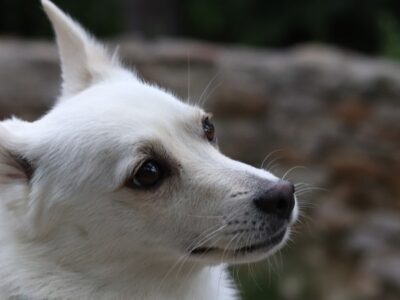
Norwegian Buhund
The Norwegian Buhund once worked on Norse homesteads
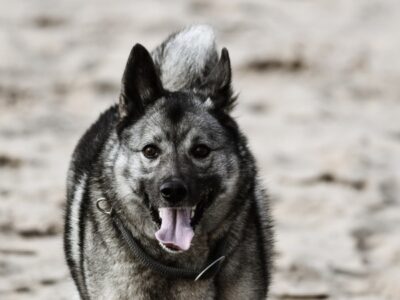
Norwegian Elkhound
This breed traveled with the Vikings!
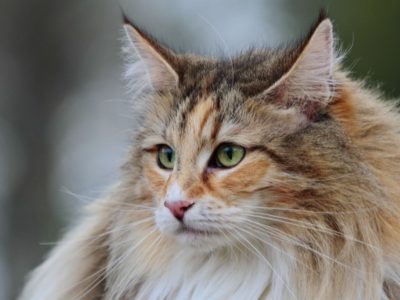
Norwegian Forest
Has a long, thick double coat of fur!

Norwegian Lundehund
This breed is also called the Norsk Lundehund and the Norwegian Puffin Dog
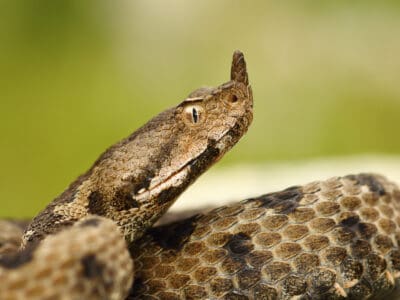
Nose-Horned Viper
The fangs of a nose-horned viper can be as long as half an inch!
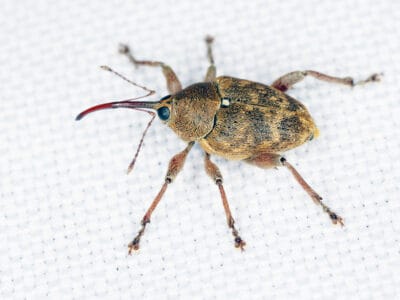
Nut Weevil
Bore holes in tree nuts and lay their eggs inside
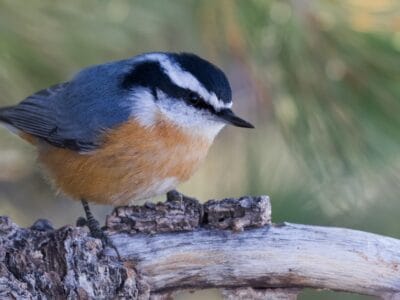
Nuthatch
Nuthatches spend a lot of their time upside down.
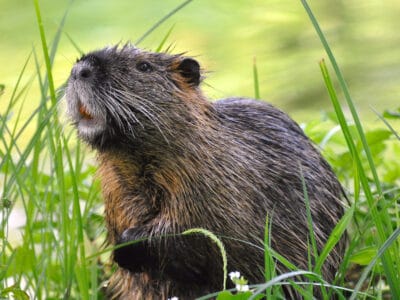
Nutria
An invasive species, one female nutria can birth up to 200 babies in just a few years of living!
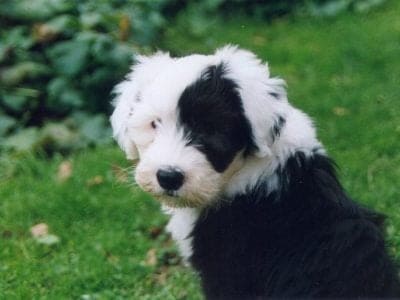
Old English Sheepdog
Intelligent, sociable and playful!

Old House Borer
Depending on the habitat and climate, these beetles can live between 2 to 10 years, often staying in their larval stage for several years, making them extremely dangerous to wooden structures.

Oleander Hawk Moth
Oleander hawk moth caterpillars feed on the foliage of oleander, an extremely toxic plant to which they are immune.
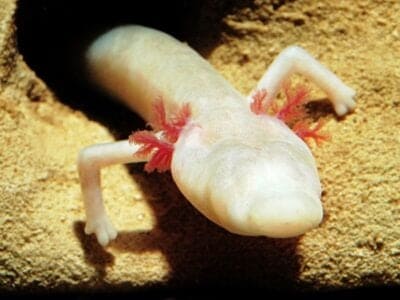
Olm
Inhabits dark underwater caves

Orange Spider
Orange spiders make vertically-oriented webs for catching prey.

Orb Weaver
Females are about four times the size of males

Oriental Cockroach
Unlike other cockroach species that live indoors living off humans, oriental cockroaches are outdoor scavengers.
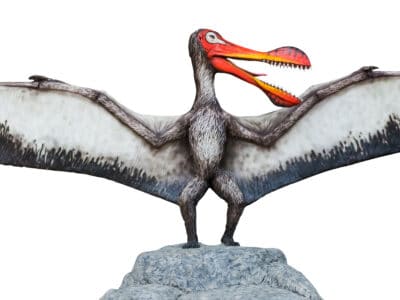
Ornithocheirus
Scientists once considered the Ornithocheirus an ancestor to modern birds

Ortolan Bunting
The tradition of hiding your face with a napkin or towel while eating this bird was begun by a priest who was a friend of the great French gastronome Jean Anthelme Brillat-Savarin.
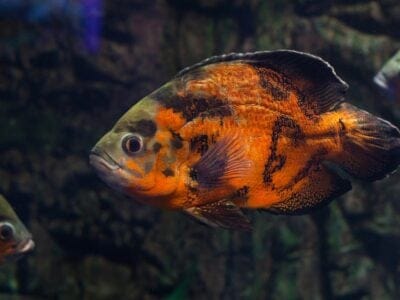
Oscar Fish
The Oscar fish has teeth in its throat!

Osprey
They reuse nesting sites for 70 years!

Otter
There are 13 different species worldwide

Otterhound
Otterhounds have webbed feet making them great swimmers!

Owl
The owl can rotate its head some 270 degrees
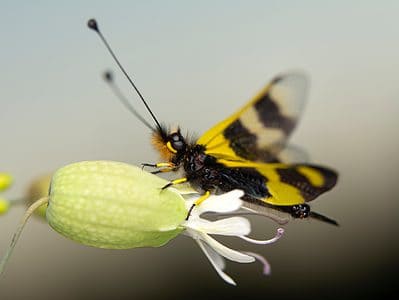
Owlfly (Ascalaphidae)
Adult owlflies can capture prey while flying in the air.

Pacific Coast Tick
Pacific Coast ticks can go without food for two to three years without dying.
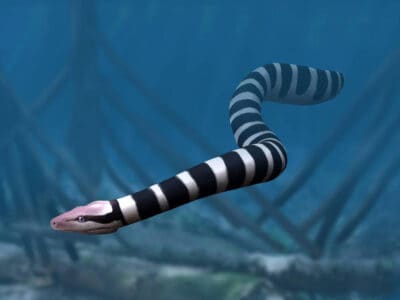
Palaeophis
This snake was as long as a school bus!

Papillon
Originally called the Toy Spaniel, the Papillon is one of the oldest breeds in the toy group. They can be found in artwork dating back to the 16th century.
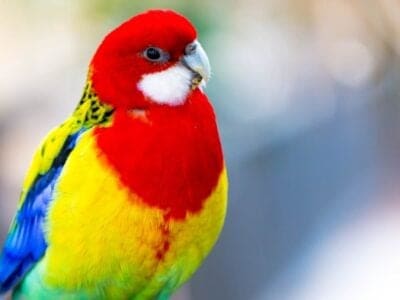
Parakeet
Monk parakeets are the only parakeets that actually build nests. They’re also the only parakeets to nest in great colonies.

Parson Russell Terrier
The root stock of the breed was a dog named Trump

Parti Schnauzer
Parti Schnauzers are great pest controllers. They were bred to catch rodents, so if you have a rat problem, they might be the pet for you.
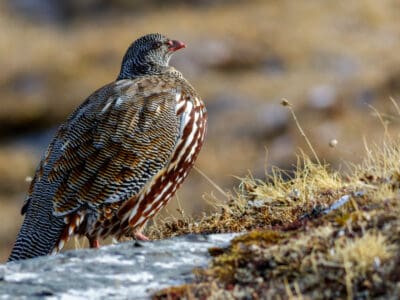
Partridge
Long-lost civilizations have immortalized male partridges in art, depicting them as a symbol of fertility.

Patterdale Terrier
A Patterdale Terrier’s small body structure allows it to squeeze into fox burrows.
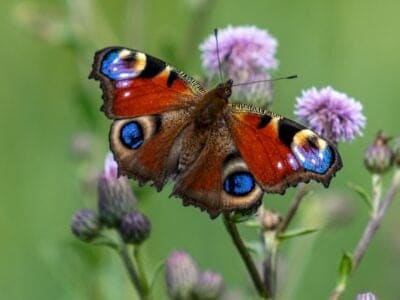
Peacock Butterfly
The eyespots on this butterfly’s wings deter predators from attacking.

Pelagornis
The Pelagornis is larger than the largest living bird today.
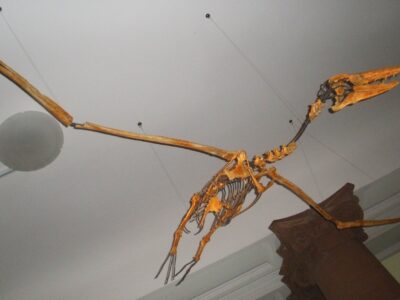
Pelagornithidae
The biggest members of the Pelagornithidae family were the largest flying birds known.

Pembroke Welsh Corgi
The Pembroke Welsh Corgi is a favorite breed of Queen Elizabeth II
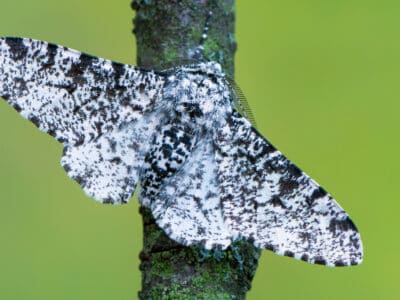
Peppered Moth
Teachers in schools often use the evolution of the peppered moth as a good example of Darwin’s theory of natural selection.
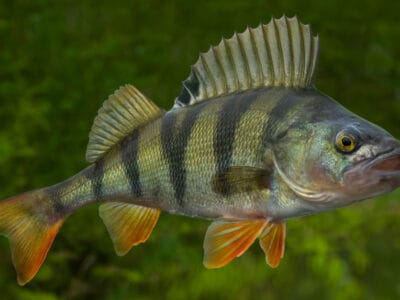
Perch Fish
Some of the most delicious gamefish in the world

Peregrine Falcon
Fastest animal on Earth

Perro De Presa Canario
The breed has feet like a cat, with rounded toes that are not too close together. His unique feet give him a distinctive, long, elastic stride.

Petit Basset Griffon Vendéen
A small dog with a big, lively personality.
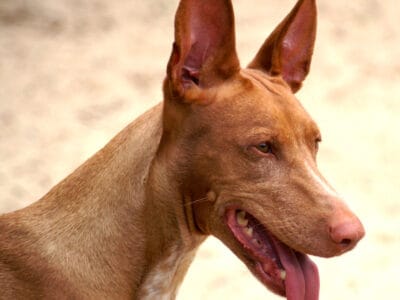
Pharaoh Hound
The blushing dog of Malta.

Pheasant
Females lay between 8 and 12 eggs per clutch!
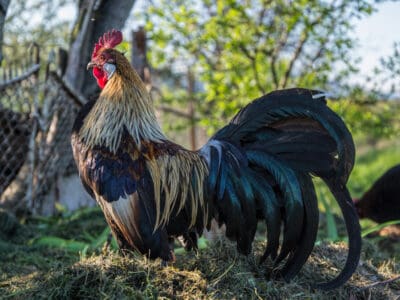
Phoenix Chicken
These small chickens have tails that can be up to five feet long!
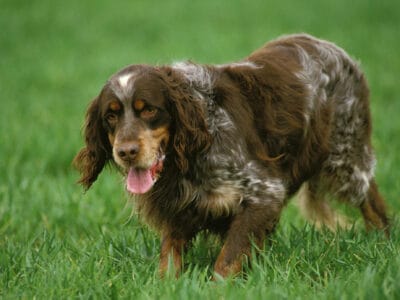
Picardy Spaniel
Picardy spaniels are one of the few working dogs that do well in apartments as long as they get their long walks every day.
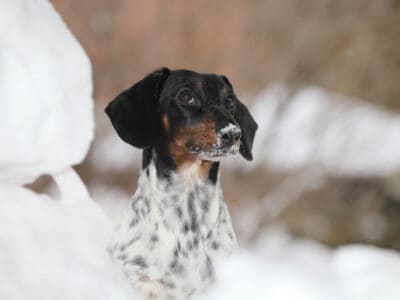
Piebald Dachshund
Hotdogs were originally called "Dachshund sausages" because they resembled the dachshund's wiener-like body!

Pig
Thought to have been domesticated in 9,000 BC!

Pigeon
They can find their way back to their nests from up to 1300 miles away.

Pika
Found in mountainous regions and rocky areas

Pine Marten
A pine marten can jump from tree to tree similar to a squirrel.
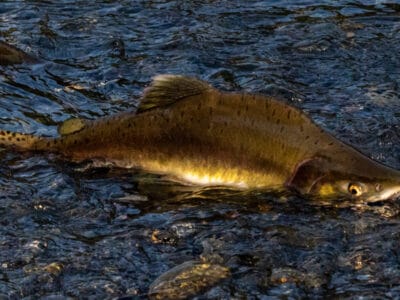
Pink Salmon
The smallest of the North American salmon

Pit Bull
It is a myth that pit bulls have locking jaws.

Pliosaur
Pliosaurs were the short-necked version of plesiosaurs.

Pocket Beagle
Queen Elizabeth I of England once owned several Pocket Beagles!

Pocket Pitbull
The smaller size of the Pocket Pitbull made it better suited for fleeing game as compared to larger Foxhounds.
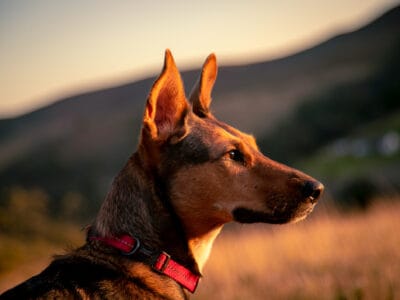
Podenco Canario
It has a peculiar bark that locals refer to as "the song of the rabbit".
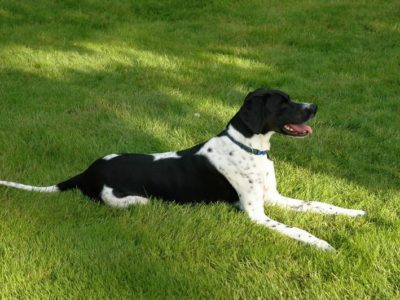
Pointer
An independent, loyal and high energy breed!
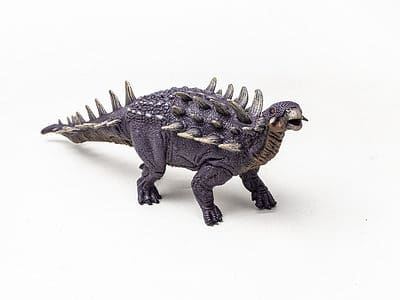
Polacanthus
Spiky Herbavore that looks like "bowser"
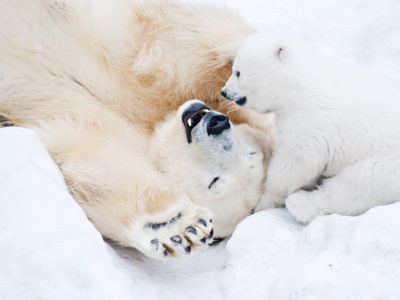
Polar Bear
Could be extinct within the next 30 years!

Polecat
They can run at a speed of 15mph
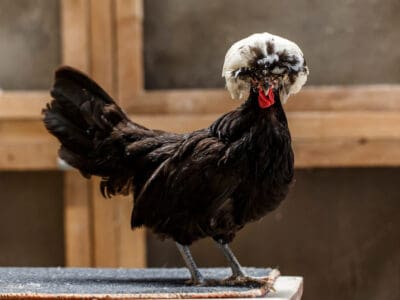
Polish Chicken
The Polish chicken has a large, feathered crest supported by a round, bony prominence on the skull!
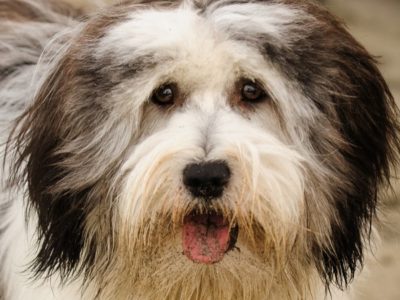
Polish Lowland Sheepdog
Despite having shaggy hair that covers its eyes, this dog is known for its watchful gaze when guarding a herd.

Polish Tatra Sheepdog
This gigantic breed is known for its guardian skills, but they are non-aggressive and always manage to stay calm towards people and animals.

Pompano Fish
They are bottom-feeders

Pond Skater
There are 500 different species!

Poodle
Intelligent, alert and active!
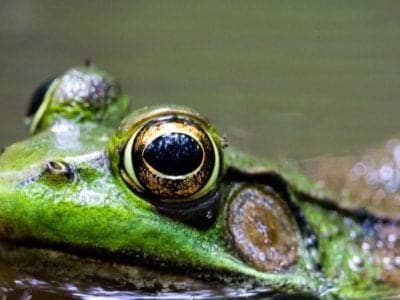
Pool Frog
The rarest amphibian in the UK!

Porcupine
There are 30 different species worldwide!
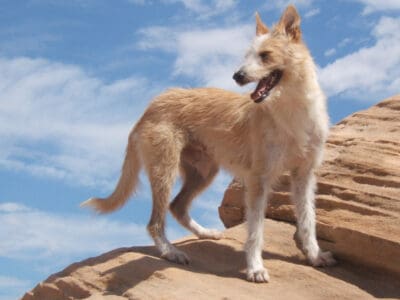
Portuguese Podengo
The Portuguese Podengo Pequeno is considered to be quite possibly the world’s smallest hunting dog.

Powderpost Beetle
Powderpost beetles prefer living in moist tree limbs, dead wood, and branches. They get into homes through infested joists, paneling, rafters, flooring, and finished wood products.

Praying Mantis
The mantis can turn its head 180 degrees.
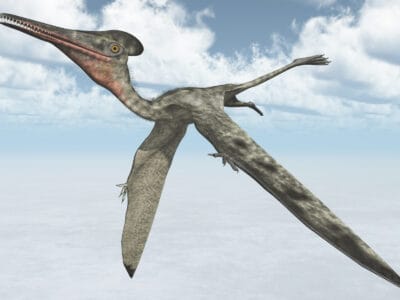
Pterodactyl
Pterodactyl is not technically a dinosaur. Although they lived during the same time as dinosaurs, they are classified as winged reptiles.

Pudelpointer
Like their poodle parent, Pudelpointers love to swim in pools!
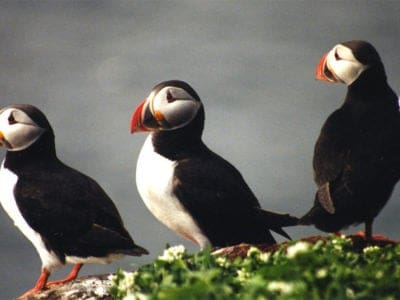
Puffin
Can remain in the water for up to 2 minutes!

Pugapoo
The pugapoo is the fusion of a pug and a poodle.

Pumi
Pumik developed their loud bark to communicate with shepherds at long distances.

Purple Emperor Butterfly
Inhabits deciduous forests!
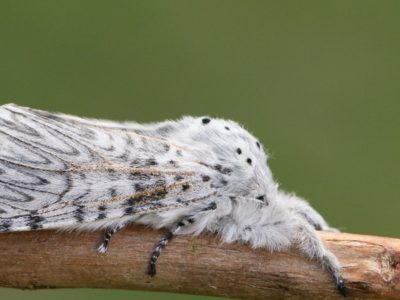
Puss Moth
Caterpillars squirt formic acid!
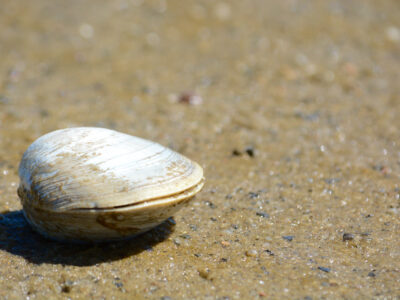
Quahog Clam
Their hinged shell protects their soft body

Quail
Inhabits woodland and forest areas worldwide!

Rabbit
There are more than 300 different species!
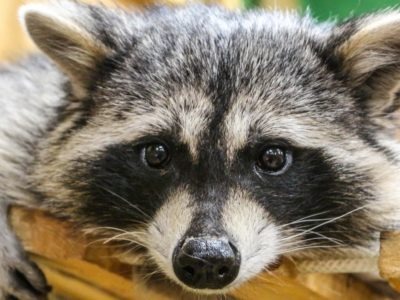
Raccoon
Known to wash their food before eating it!
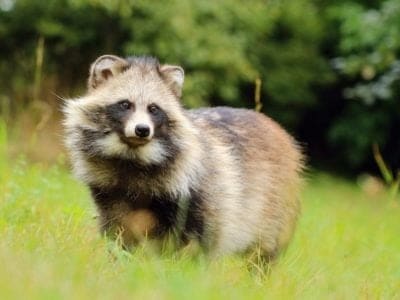
Raccoon Dog
The only hibernating canine!

Rat
Omnivores that eat anything!

Rat Snakes
Rat snakes are constrictors from the Colubridae family of snakes.

Red Deer
A male red deer shows his age in his antlers, which become longer and more branched every year.
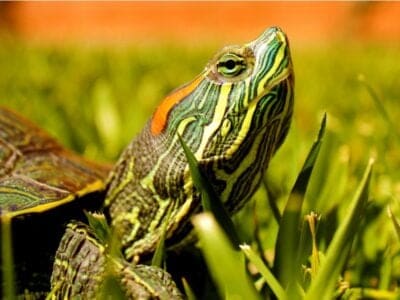
Red-Eared Slider
Sliders spend lots of time basking in the sun. As cold-blooded animals, they need the sun to heat up.
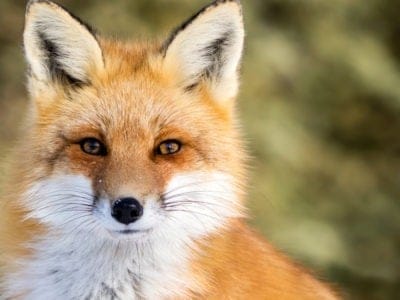
Red Fox
The red fox actually has many different variations of fur, including silver and brown.
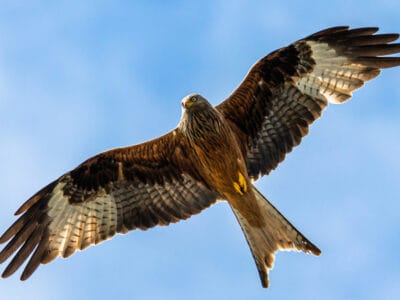
Red Kite
This bird moves its tail to steer its body like a rudder on a boat.
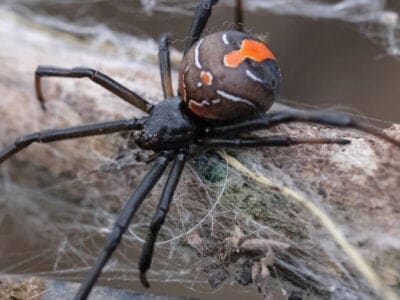
Redback Spider
The redback spiders found in New Caledonia differ from other populations in that they don’t practice sexual cannibalism and don’t bite people as much.
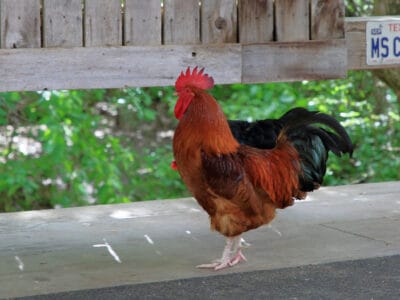
Redcap Chicken
Unfortunately, redcap hens are not good mothers, as they are not broody and unenthusiastic about sitting on their eggs.
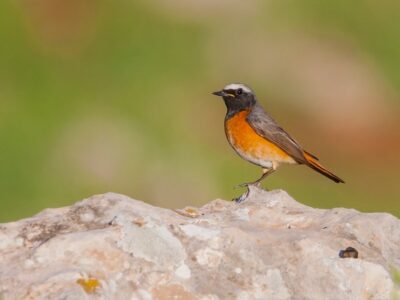
Redstart
They build their nests off the ground in tree holes, cavities, stone walls, and roofs

Reindeer
Also known as the Caribou
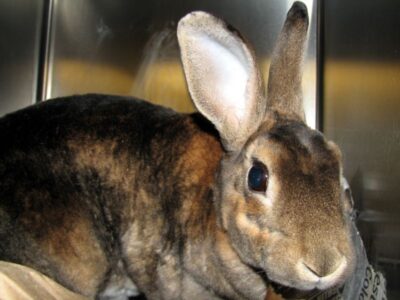
Rex Rabbit
The King of Rabbits
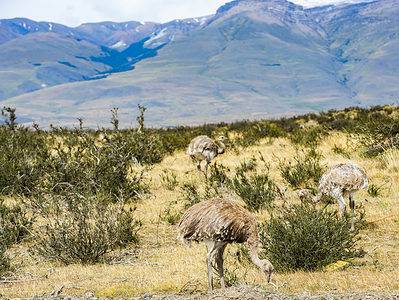
Rhea
Male rheas mate with up to a dozen females and single-handedly raise up to 80 chicks at once!

Rhino Beetle
Rhinoceros beetles can lift objects 850 times their weight

River Turtle
Inhabits freshwater habitats around the world!
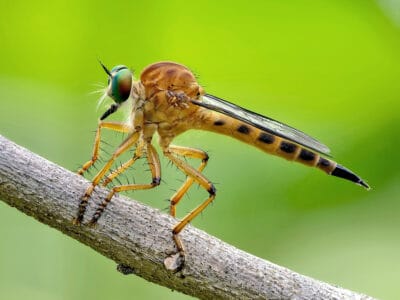
Robber Flies
The female pretend they are dead if they do not find the male worthy of mating.

Robin
There are more than 45 species in Australia alone!

Rodents
The capybara, the world’s largest rodent, likes to be in and around bodies of water. Because of this, the Catholic Church in South America decided that it was a fish, and people were allowed to eat it during Lent and First Fridays.
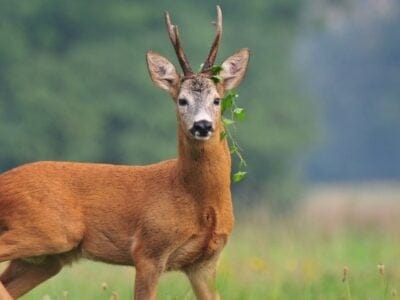
Roe Deer
The roe is one of the most popular game animals in Europe

Rooster
Will mate with the entire flock!
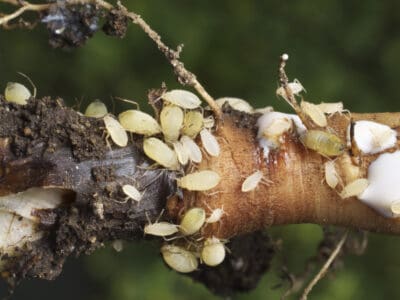
Root Aphids
Nymphs take 9 to 10 days on average to mature, with a complete lifespan of an estimated 30 days.
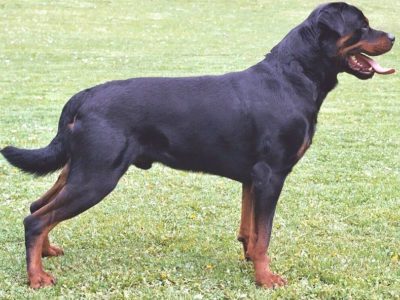
Rottweiler
Strong, loyal and self-assured!
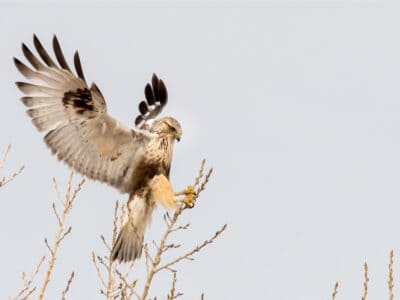
Rough-Legged Hawk (Rough-Legged Buzzard)
Its scientific name, lagopus, is Ancient Greek for “hare” and “foot,” referring to its feathered feet and toes.
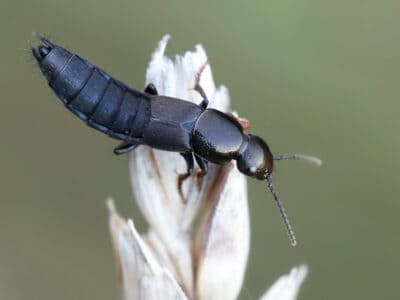
Rove Beetle
When threatened, rove beetles raise the ends of their body like scorpions, but they have no sting.

Ruddy Duck
Ruddy duck breeding males have bright blue bills!
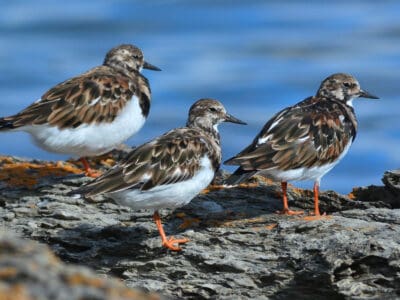
Ruddy Turnstone
They flip over stones to find prey

Russell Terrier
The Russell Terrier was bred to be a good fox hunter with a keen sense of smell
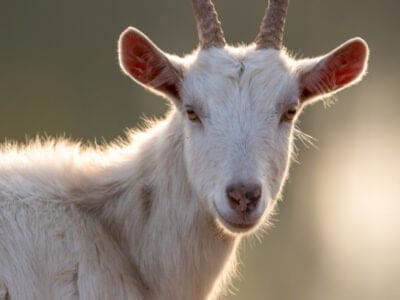
Saanen Goat
The saanen goat is the most popular milk breed.

Sable Black German Shepherd
According to the American Kennel Club, the German Shepherd is the second most popular breed in the United States

Sable Ferret
Ferrets were used during the Revolutionary War to keep down the rat population.

Sable German Shepherd
The gene responsible for their color is also found in wolves.

Saint Bernard
Gentle, loyal and friendly!

Salamander
There are more than 700 different species!
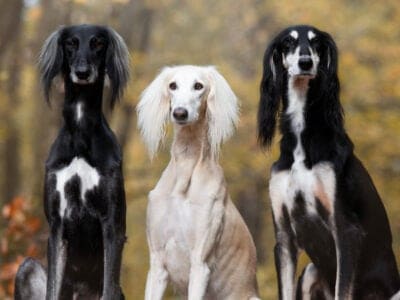
Saluki
The Saluki is one of the fastest dog breeds in the world.

Sand Crab
The sand crab burrows beneath the sand with its tail
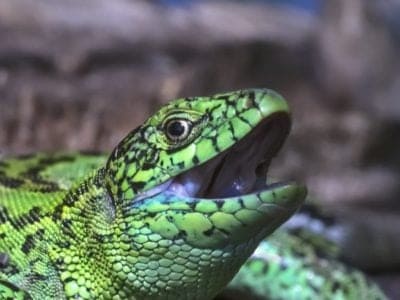
Sand Lizard
Males turn green in spring!
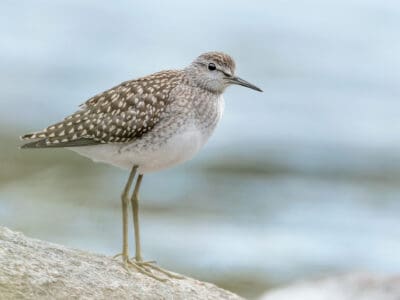
Sandpiper
Some sandpipers can migrate more than 8,000 miles without stopping!

Sandworm
Legs also function as gills
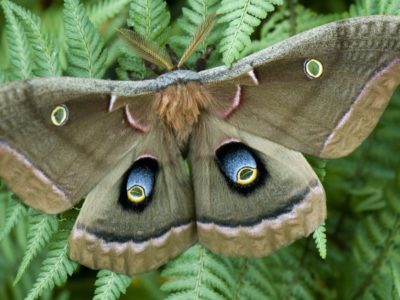
Saturniidae Moth
Some of the largest moths in the world

Sauropoda
Sauropods lived in herds.

Scarab Beetle
The ancient Egyptians worshipped scarabs.

Schapendoes
The Schapendoes numbers decreased significantly during the Second World War, along with many other European Sheepdog breeds.
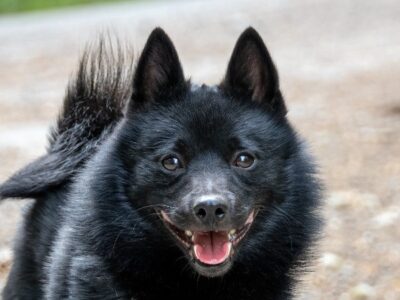
Schipperke
Schipperkes were used to hunt and kill rodents on Belgian ships.

Scorpion
There are around 2,000 known species!
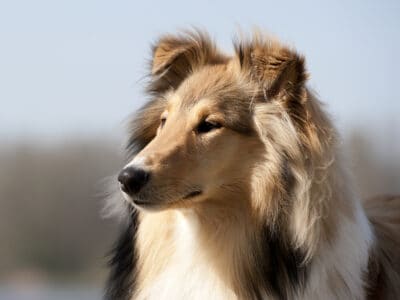
Scotch Collie
Scotch collies are one of the oldest collie breeds and were eventually bred to create the more popular border collie!

Scottish Deerhound
"The Royal Dog of Scotland"
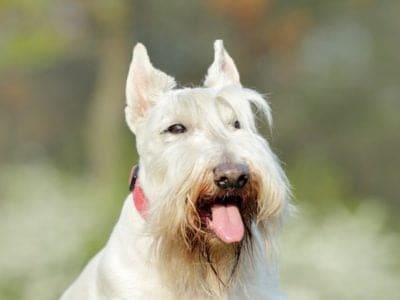
Scottish Terrier
This breed is nicknamed the “Diehard” because of its iron will and steely determination.
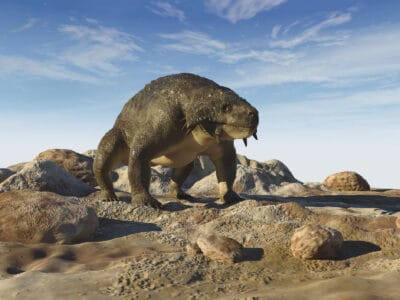
Scutosaurus
Unlike most reptiles, Scutosaurus' legs were positioned underneath its body to support its great weigh

Sea Eagle
The sea eagle tends to mate for life with a single partner
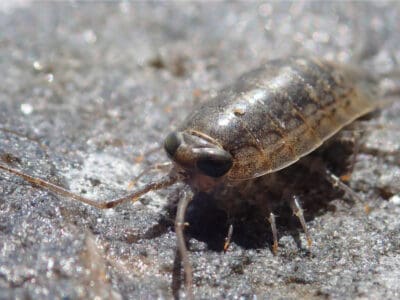
Sea Roach
They breathe through gills but live on land

Sea Trout
Change colors in freshwater and saltwater
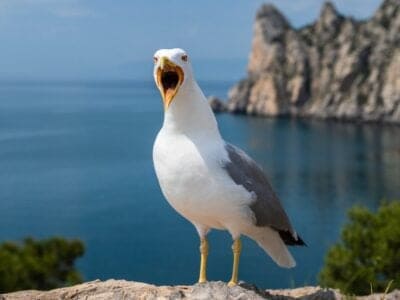
Seagull
Some gulls are capable of using tools

Seahorse
Males give birth to up to 1,000 offspring!

Sealyham Terrier
Very endangered breed that is scion of several breeds that include one that is already extinct
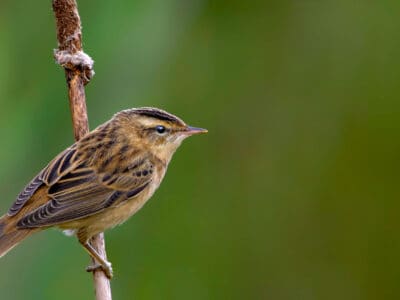
Sedge Warbler
Males never sing the same song twice
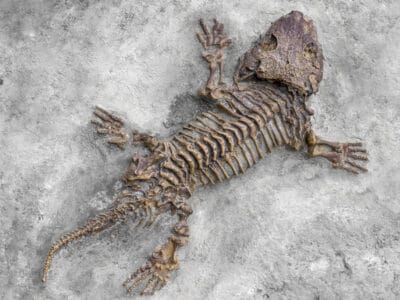
Seymouria
Although Seymouria had so many reptilian features, it was an amphibian

Sheep
Around 35 million in the English countryside!
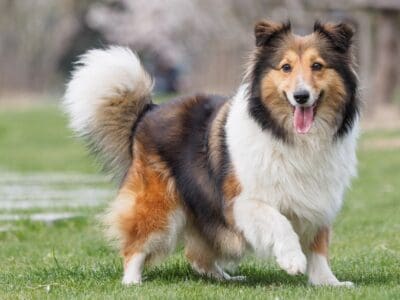
Shetland Sheepdog
Shetland Sheepdogs are one of the most successful breeds at obedience trials.

Short-Eared Owl
The short-eared owl is one of the most widespread owl species in the world, covering five continents.

Shrew
The spinal column of the shrew Scutisorex somereni is so strong and reinforced that it can support the weight of an adult human.

Shrimp
There are 2,000 different species worldwide!

Skink Lizard
Some skinks lay eggs in some habitats while giving birth to skinklets in other habitats.

Skua
Skuas will chase other birds until they give up their catch

Skye Terrier
Skye terriers are the oldest terrier breed, dating back at least 400 years.

Slow Worm
Found widely throughout British gardens!

Slug
They glide around on one foot, which is aided by the slime they produce

Smallmouth Bass
A fierce fighter!

Smokybrown Cockroach
Has up to 45 eggs per egg case

Smooth Fox Terrier
These dogs are known for their fast digging abilities.

Smooth Snake
These snakes are sometimes confused with common adders, but lack the zigzag pattern.

Snail
There are nearly 1,000 different species!

Snake
There are around 4,000 known species worldwide

Snowy Owl
One of the largest owl species in the world!
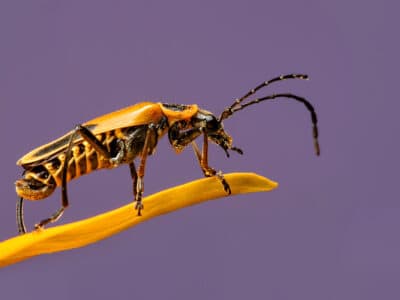
Soldier Beetle
Soldier beetles resemble fireflies, but they're not bioluminescent.
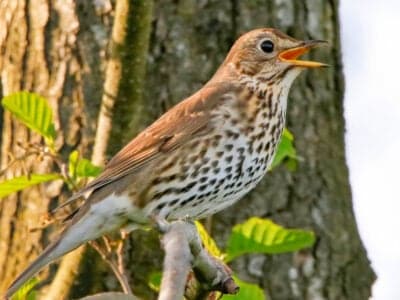
Song Thrush
A male song thrush can have over 100 phrases in his repertoire of songs and can imitate pet birds, telephones and other man-made objects.

Spadefoot Toad
They spend most of their time underground!

Spanish Goat
They have long, horizontal ears.

Spanish Mastiff
Diego Velázquez’s famous 17th century painting of the Infanta and her dwarves includes a portrait of a Spanish Mastiff.

Spanish Water Dog
Spanish water dogs are popular with fishermen and hunters to retrieve game from the water.

Sparrow
There are 140 different species!
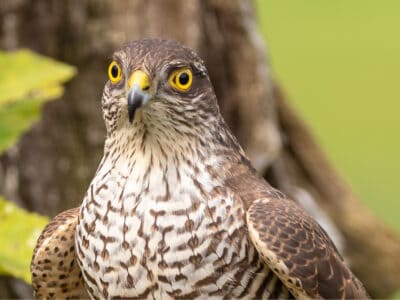
Sparrowhawk
The sparrowhawk is named after the fact that it hunts down and consumes sparrows
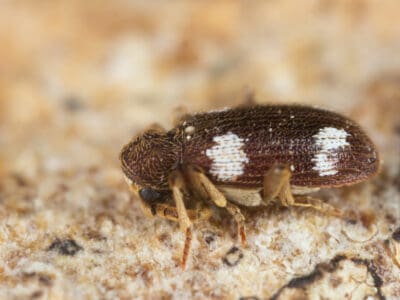
Spider Beetle
Spider beetles have globular bodies, which makes them look like spiders.

Spider Wasp
They prey on spiders to feed their larvae or they parasitize other spider wasps.

Spinone Italiano
They're one of the oldest hunting breeds on Earth.
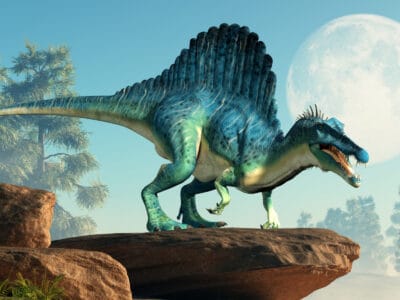
Spinosaurus
The Spinosaurus is the biggest carnivorous dinosaur ever discovered!
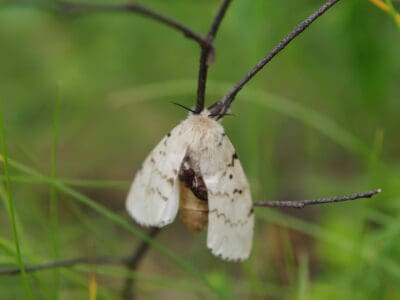
Spongy Moth
The female Spongy Moth can lay between 600 to 1,000 eggs

Spongy Moth
In March of 2022, the Entomological Society of America changed the name of this insect from the European gypsy moth to the spongy moth out of respect for the Romani community, which considers the word "gypsy" to be offensive.

Squirrel
Small rodents found in woodlands worldwide!
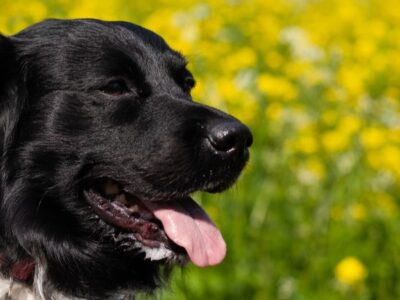
Stabyhoun
It is a versatile, all-around working breed and pet.

Staffordshire Bull Terrier
Known for their loyalty to their family!
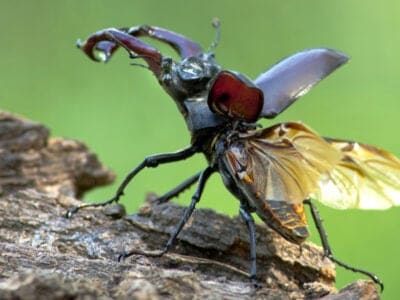
Stag Beetle
The stag beetle consumes rotting and decaying wood when it is in the larva stage.

Standard Schnauzer
This dog’s facial hair makes it look like it has a beard.

Stick Insect
There are more than 3,000 different species!

Stoat
Average adults weigh about 200 grams!

Stonechat
Their songs are harsh and sound like two rocks hitting together.

Stork
They can’t sing like other birds.
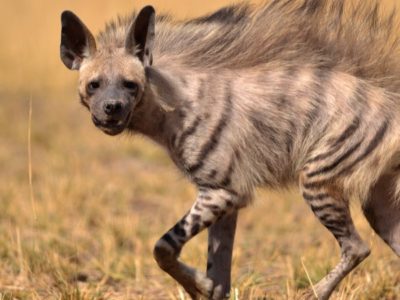
Striped Hyena
The striped hyenas usually mark their territories with the help of the scent gland secretions from their anal pouch.
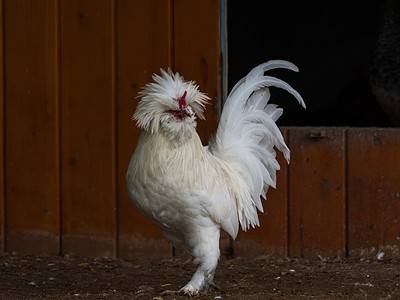
Sultan Chicken
Sultan chickens were bred for royalty and have more unique and distinctive features than any other breed!
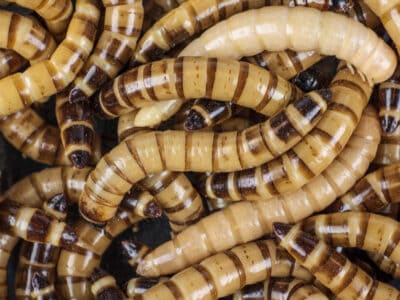
Superworm
These larvae are native to Central and South America but now occur on every continent except Antarctica
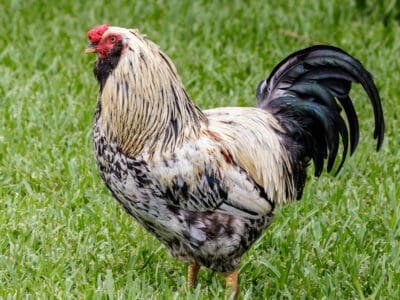
Sussex Chicken
These chickens are curious and love to investigate anything new, especially if it contains a delicious treat. They love to follow their keepers around the yard and will be your companion when gardening.
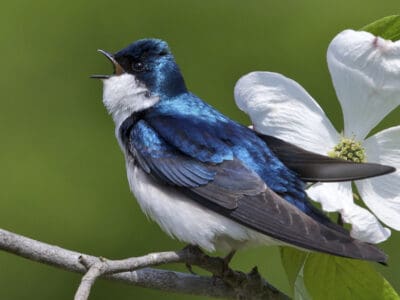
Swallow
swallows have aerodynamic bodies for hunting in flight

Swan
Populations have been affected by pollution!

Swedish Elkhound
Swedish Elkhounds existed in prehistoric times!
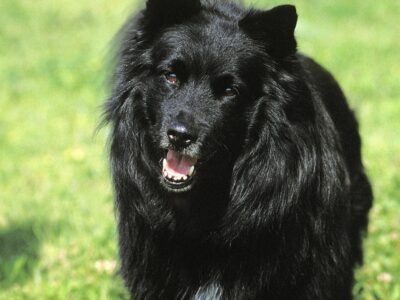
Swedish Lapphund
"The Black Beauty of Norrland"

Syrian Hamster
Can get used to and respond to human voice
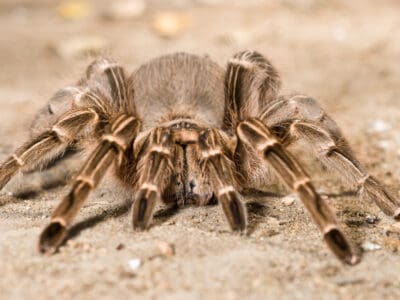
Tarantula
More than 1000 species of tarantulas have been identified all around the world!
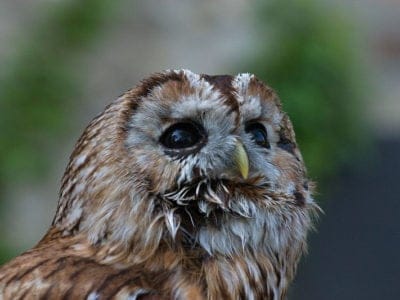
Tawny Owl
The most widespread owl in Europe!

Teacup Maltese
Greeks used to build tombs for their Maltese.
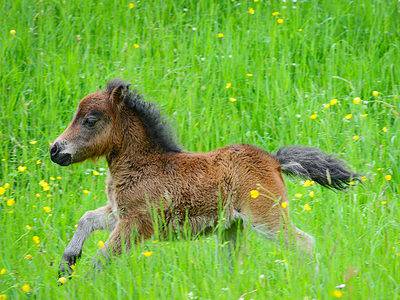
Teacup Miniature Horse
Female teacup minis become sexually mature between 2 and 5 years old, but breeders typically wait until their horse is 3 before letting her reproduce to prevent complications.
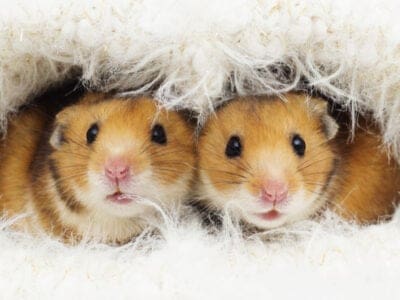
Teddy Bear Hamster
The oldest recorded teddy bear hamster was six and a half.

Termite
Their mounds can be up to 9 meters tall!

Terrier
Terriers were once the greatest dogs in the world.
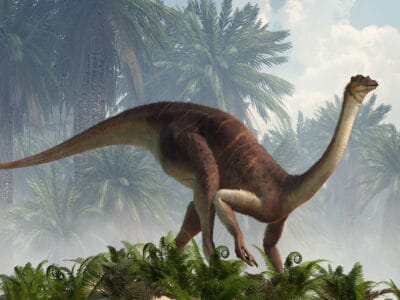
Theropod
Some theropods had feathers and may have been ancestors of modern birds.
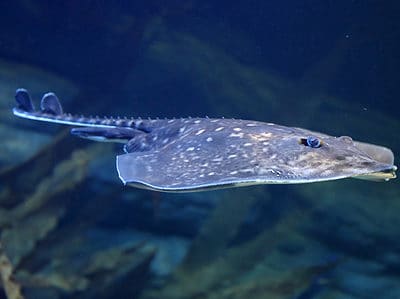
Thornback Ray
The skate with the biggest spines!

Thrush
The American robin is called the robin because its red breast reminded European settlers of the robin back in the old country.

Tick
They inject hosts with a chemical that stops them from feeling the pain of the bite

Tiger Beetle
The adult tiger beetle is one of the fastest land insects in the world
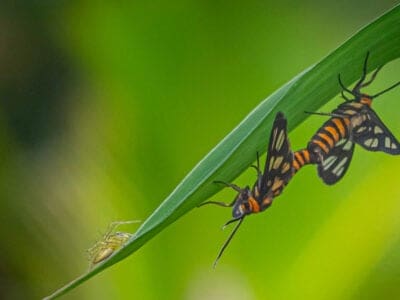
Tiger Moth
The bright colors of this moth are a signal to predators that it has a terrible taste.

Tiger Trout
As tiger trout are sterile, they cannot produce offspring. However, they do have relatively long lifespans and can live up to 10 years in captivity.
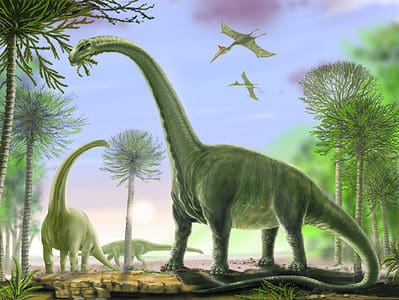
Titanosaur
Among the largest land animals to ever exist

Tornjak
Tornjaks are very adaptable and can live harmoniously in packs as they get along well with other dogs.

Tortoise
Can live until they are more than 150 years old!

Toy Poodle
The word poodle is derived from German, and it means "to splash" or "puddle."

Transylvanian Hound
The Transylvanian Hound is also known as the Erdelyi Kopo in Hungarian
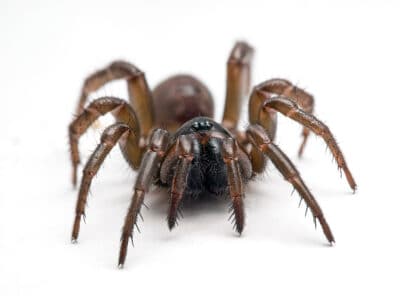
Trapdoor spider
Ambush their prey using a trapdoor made of silk

Tree Cricket
They make music with their wings

Tree Frog
Found in warmer jungles and forests!

Treecreeper
Their tailfeathers help them maintain their balance on a tree trunk

Treehopper
The colors, shapes, and intricacies of treehoppers’ helmets makes them unique and visually stunning.
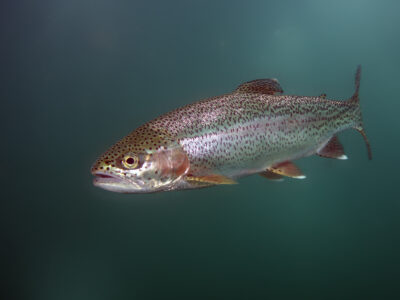
Trout
They don’t have scales for their first month of life!
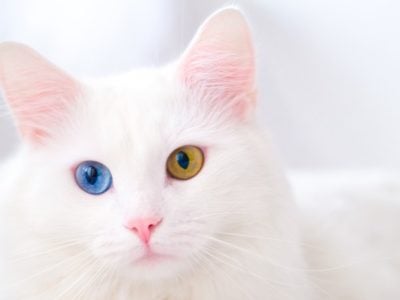
Turkish Angora
A breed that originated in central Turkey!
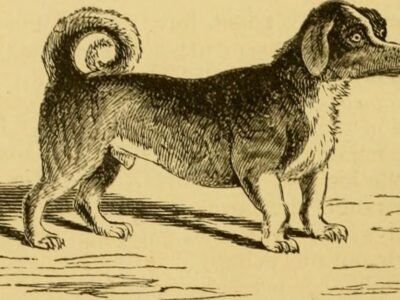
Turnspit
The turnspit was a small breed, weighing between 15 to 25 pounds and measuring 8 to 12 inches tall.

Turtles
Some species of aquatic turtles can get up to 70 percent of their oxygen through their butt.
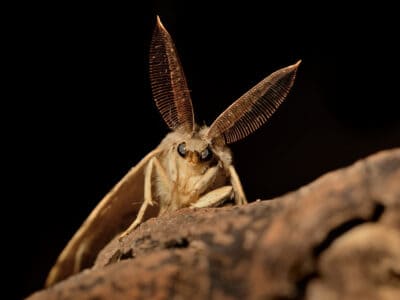
Tussock Moth
N/A
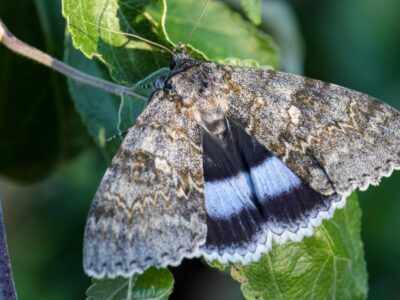
Underwing Moth
Their colorful rear wing makes predators think that they are poisonous, however they are not it is a deceptive feature.

Ural owl
The Ural owl can rotate its head up to 270 degrees

Viper
Vipers are one of the most widespread groups of snakes and inhabit most

Vizsla
Vizsla means searcher or tracker in Hungarian

Vole
Voles were heavily mentioned in a Star Trek series as a space station pest.

Volpino Italiano
Almost went extinct before American Eskimo Dog breeders showed interest.

Vulture
There are 30 different species worldwide!
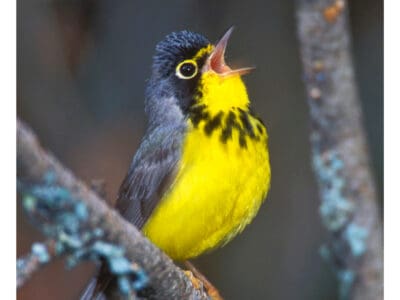
Warbler
Warblers are so called because of the trills of their song.

Wasp
There are around 75,000 recognised species!
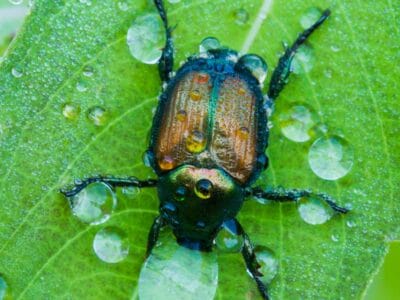
Water Beetle
Water beetles bite; they use their legs to inject venomous digestive saliva

Water Buffalo
Has been domesticated for thousands of years!
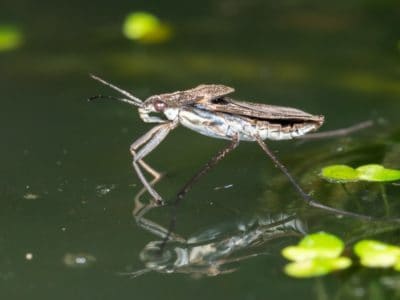
Water Bug
Some species of water bugs can deliver a painful bite when handled.
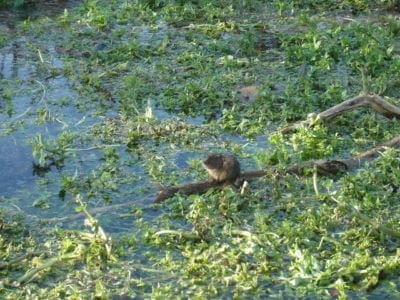
Water Vole
The largest Vole species in the UK!

Wax Moth
The Wax Moth larvae are more dangerous than the adult.

Weasel
The smallest carnivorous mammal in the world!

Weimaraner
The Weimaraner is nicknamed the gray ghost.

Wels Catfish
The Wels catfish is O the largest freshwater fish in the world.

Welsh Black Cattle
Welsh Black Cattle were once used as currency in Wales and referred to as “black gold”.

Welsh Corgi
There are two distinct breeds!
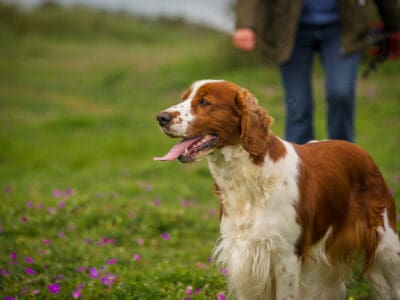
Welsh Springer Spaniel
Due to being so attached to their owners, the Welsh Springer Spaniel does not do well with being left alone and can experience separation anxiety.

Welsh Terrier
The Welsh Terrier has the strength and tenacity to take on foxes and badgers.
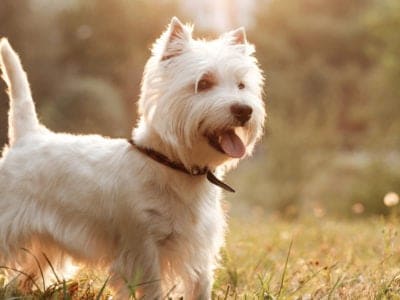
West Highland Terrier
Most commonly white in colour!
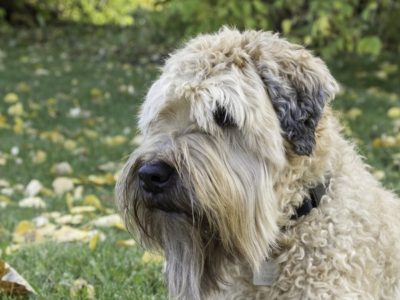
Wheaten Terrier
Originally bred as a farm dog, the Wheaten Terrier can be very protective of its domain.
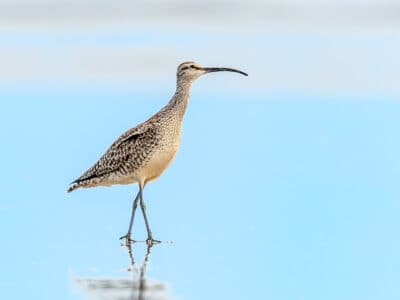
Whimbrel
The fastidious whimbrel sometimes washes off its prey before it eats it.

Whinchat
The whinchat can imitate the songs of at least a dozen other tpes of birds!

Whippet
Quiet, gentle and restful dogs!

White Butterfly
This butterfly determines the smell and taste of a flower with its feet.

White Ferret / Albino Ferrets
There are two different types of white ferrets!
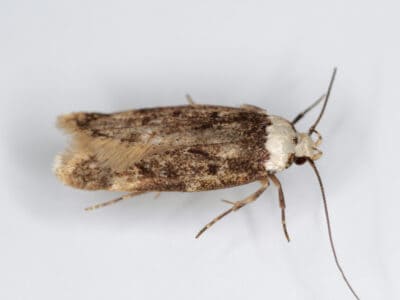
White-shouldered House Moth
The larva is the pest because a fully-grown white-shouldered house moth cannot feed; it can only absorb liquid
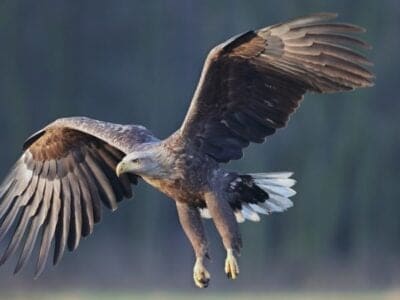
White-Tailed Eagle
It is one of the biggest birds of prey.

Whiting
"Whiting" can refer to certain other species of ray-finned fish
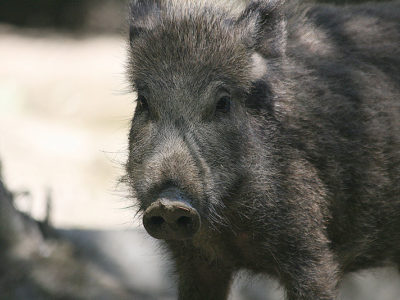
Wild Boar
Males have a top tusk to sharpen the bottom one!
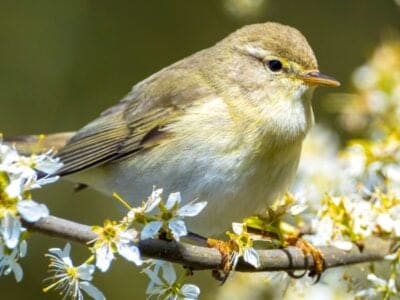
Willow Warbler
This bird molts twice a year.
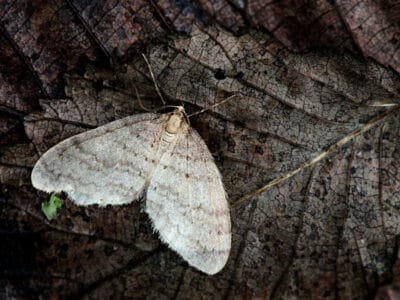
Winter Moth
Only the males fly and the females walk.

Wire Fox Terrier
The Wire Fox Terrier was bred from the now extinct Rough Coated Black and Tan Terrier to hunt down foxes.

Wirehaired Pointing Griffon
A Wirehaired Pointing Griffon’s coat makes it look like it has a mustache and beard!
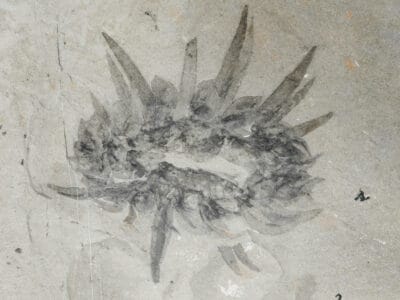
Wiwaxia
The body of Wiwaxia was covered by rows of sclerites and spines

Wolf
Thought to date back more than 300,000 years!

Wolf Spider
Carnivorous arachnid that hunts its prey.
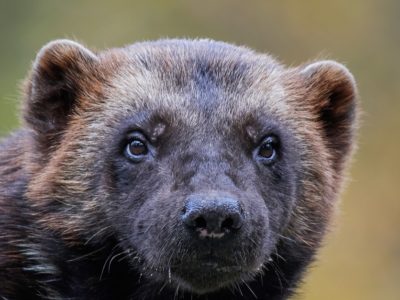
Wolverine
Releases a strong smelling musk in defence!

Woodlouse
This animal can roll up into a ball

Woodlouse Spider
Unlike most spiders, woodlouse spiders don’t build a web.

Woodpecker
There are 200 different species!
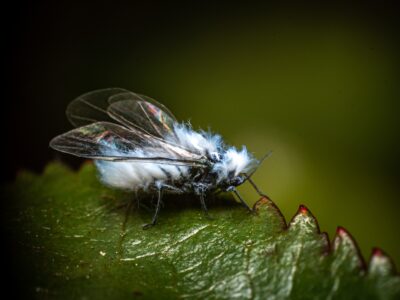
Woolly Aphids
Another name for these fuzzy insects is "boogie-woogie aphids" because of their habit of lifting their posteriors and pulsing them in synchronized motions when threatened.

Woolly Mammoth
Tusks grew to 16ft long!
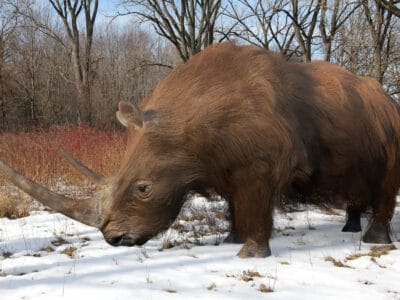
Woolly Rhinoceros
The woolly rhinoceros roamed the earth between three and a half million and 14,000 years ago.

Worm
Doesn’t have eyes.

Wryneck
They feign death by making their bodies limp and closing their eyes.
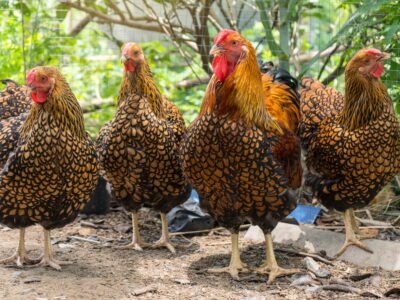
Wyandotte Chicken
The Wyandotte chicken was the first dual-purpose American chicken bred for both meat and eggs!
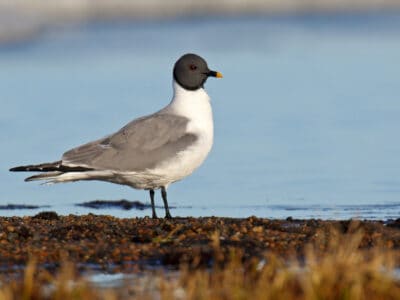
Xeme (Sabine’s Gull)
They follow after seals and whales to eat their scraps.
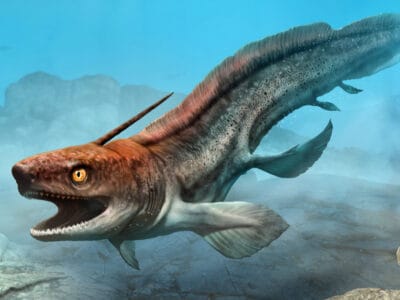
Xenacanthus
Smal eel-like ancient shark

Xenoposeidon
They may have acted as 'gardeners' to clear vegetation and disperse seeds through their feces.
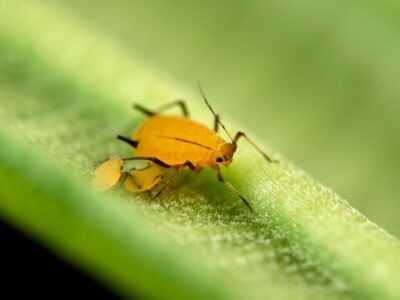
Yellow Aphids
These aphids are primarily wingless; however, once the infestation on their host gets too crowded, they develop wings, allowing them to fly to a new host plant.

Yellowhammer
It interbreeds with the pine bunting

Yellowjacket (Yellow Jacket)
Yellowjacket stings account for the majority of deaths from wasp stings
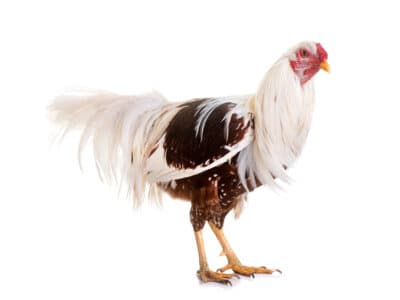
Yokohama Chicken
Yokohama chickens have snow white feathers with tails reaching up to 4 feet in length.

Yorkshire Terrier
Highly energetic and eager for adventure!
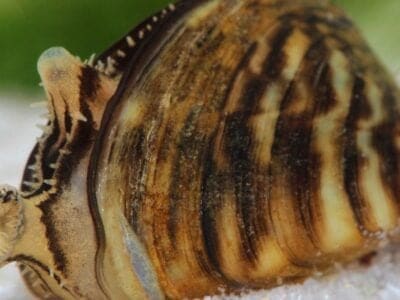
Zebra Mussels
A female zebra mussel can deposit 30,000 to 1,000,000 eggs each year!
European Animals List
- Admiral Butterfly
- Aesculapian Snake
- Affenpinscher
- Airedale Terrier
- Akbash
- Allosaurus
- Alpine Dachsbracke
- Alpine Goat
- American Cockroach
- American Eskimo Dog
- American Robin
- Anatolian Shepherd Dog
- Angelshark
- Angora Ferret
- Angora Goat
- Ant
- Apennine Wolf
- Appenzeller Dog
- Apple Moth
- Archaeopteryx
- Arctic Char
- Arctic Fox
- Armenian Gampr
- Armyworm
- Arthropleura
- Ashy Mining Bee
- Asian Lady Beetle
- Asp
- Atlantic Cod
- Aurochs
- Australorp Chicken
- Avocet
- Badger
- Bagworm Moth
- Bagworm Moth Caterpillar
- Balkan Lynx
- Barbet
- Barbut’s Cuckoo Bumblebee
- Bark Beetle
- Barn Owl
- Barn Swallow
- Barnevelder
- Bass
- Basset Fauve de Bretagne
- Basset Hound
- Bat
- Bavarian Mountain Hound
- Beagle
- Bear
- Bearded Collie
- Bearded Vulture
- Beauceron
- Beaver
- Bed Bugs
- Bedlington Terrier
- Bee
- Bee-Eater
- Beetle
- Beewolf wasp
- Belgian Canary
- Belgian Laekenois
- Belgian Malinois
- Belgian Sheepdog
- Belgian Shepherd
- Belgian Tervuren
- Beluga Sturgeon
- Bergamasco
- Berger Blanc Suisse
- Berger Picard
- Bernese Mountain Dog
- Bichon Frise
- Bird
- Biscuit Beetle
- Black and White Warbler
- Black Aphids
- Black German Shepherd
- Black Widow Spider
- Blackpoll Warbler
- Blister Beetle
- Bloodhound
- Blue Andalusian
- Blue Dragon Sea Slug
- Blue German Shepherd
- Blue Picardy Spaniel
- Blue Tit
- Bolognese Dog
- Bombardier Beetle
- Booted Bantam
- Border Collie
- Border Terrier
- Bouvier Des Flandres
- Box-Headed Blood Bee
- Box Tree Moth
- Boxer Dog
- Bracco Italiano
- Brahma Chicken
- Braque du Bourbonnais
- Braque Francais
- Brazilian Treehopper
- Briard
- British Timber
- Brittany
- Brown-banded Cockroach
- Brown Bear
- Brown Dog Tick
- Brown Headed Cowbird
- Brussels Griffon
- Buff Orpington Chicken
- Bull and Terrier
- Bull Terrier
- Bullboxer
- Bulldog
- Bullmastiff
- Bumblebee
- Butterfly
- Cabbage Moth
- Cairn Terrier
- Camel Cricket
- Campine Chicken
- Cane Corso
- Caribou
- Carpenter Ant
- Carpet Beetle
- Carrion Beetle
- Cashmere Goat
- Cat
- Cat Snake
- Catalan Sheepdog
- Caterpillar
- Catfish
- Caucasian Mountain Dog (Shepherd)
- Caucasian Shepherd
- Cava Tzu
- Cavalier King Charles Spaniel
- Cave Bear
- Cave Lion
- Centipede
- Ceratopsian
- Ceratosaurus
- Cervalces latifrons (Broad-Fronted Moose)
- Cesky Fousek
- Cesky Terrier
- Chamois
- Chartreux
- Chestnut-Sided Warbler
- Chicken
- Chigger
- Cicada
- Cigarette Beetle
- Cinereous Vulture
- Click Beetle
- Clothes Moth
- Clumber Spaniel
- Cochin Chicken
- Cockalier
- Cocker Spaniel
- Cockroach
- Codling Moth
- Collie
- Common Buzzard
- Common Carp
- Common European Adder
- Common Frog
- Common Furniture Beetle
- Common House Spider
- Common Loon
- Common Raven
- Common Toad
- Compsognathus
- Cormorant
- Corn Rex Cat (Cornish Rex)
- Coryphodon
- Cow
- Crab
- Crab Spider
- Crane
- Crayfish
- Cricket
- Croatian Sheepdog
- Crocodylomorph
- Crow
- Crucian Carp
- Cuckoo
- Curly Coated Retriever
- Czechoslovakian Wolfdog
- Dachshund
- Dalmatian
- Dalmatian Mix
- Damselfish
- Dandie Dinmont Terrier
- Danish Swedish Farmdog
- Dapple Dachshund
- Darkling Beetle
- Deathwatch Beetle
- Deer
- Desert Locust
- Deutsche Bracke
- Devil’s Coach Horse Beetle
- Devon Rex
- Diamondback Moth
- Dickinsonia
- Dimetrodon
- Dinosaur Shrimp
- Diving Bell Spider (Water Spider)
- Doberman Pinscher
- Dog
- Dog Tick
- Dogue De Bordeaux
- Donkey
- Dorgi
- Dorking Chicken
- Dormouse
- Dragonfly
- Drever
- Dried Fruit Moth
- Duck
- Dung Beetle
- Dunker
- Dunkleosteus
- Dunnock
- Dusky Shark
- Dutch Shepherd
- Dwarf Hamster
- Eagle
- Eared Grebe
- Earthworm
- Earwig
- Edible Frog
- Eel
- Egret
- Egyptian Vulture
- Eider
- Elasmotherium
- English Angora Rabbit
- English Bulldog
- English Cocker Spaniel
- English Cream Golden Retriever
- English Crested Guinea Pig
- English Foxhound
- English Longhorn Cattle
- English Pointer
- English Setter
- English Springer Spaniel
- Entlebucher Mountain Dog
- Epagneul Pont Audemer
- Ermine
- Estrela Mountain Dog
- Eurasian Beaver
- Eurasian Bullfinch
- Eurasian Collared Dove
- Eurasian Eagle-owl
- Eurasian Jay
- Eurasian Lynx
- Eurasian Nuthatch
- Eurasian Sparrowhawk
- Eurasian Wolf
- Eurasier
- European Bee-Eater
- European Corn Borer
- European Goldfinch
- European Polecat
- European Robin
- European Wildcat
- Falcon
- Fallow deer
- False Widow Spider
- Fancy Mouse
- Fer-de-lance Snake
- Ferret
- Fiddler Crab
- Field Cuckoo Bumblebee
- Field Spaniel
- Finch
- Finnish Lapphund
- Finnish Spitz
- Fire-Bellied Toad
- Fire Salamander
- Firefly
- Fishing Spiders
- Flamingo
- Flat-Coated Retriever
- Flea
- Flea Beetle
- Fleckvieh Cattle
- Flour Beetle
- Fly
- Flycatcher
- Flying Squirrel
- Forest Cuckoo Bumblebee
- Fox
- Fox Terrier
- French Bulldog
- Freshwater Jellyfish
- Fritillary Butterfly
- Frizzle Chicken
- Frog
- Frug
- Fruit Fly
- Furrow Bee
- Gadwall
- Galapagos Shark
- Garden Spider
- Gastornis
- Genet
- German Cockroach
- German Longhaired Pointer
- German Pinscher
- German Shepherd Guide
- German Shorthaired Pointer
- German Spitz
- German Wirehaired Pointer
- Giant House Spider
- Giant Schnauzer
- Glass Lizard
- Glen Of Imaal Terrier
- Glowworm
- Gnat
- Goat
- Goldcrest
- Golden Eagle
- Golden Irish
- Golden Jackal
- Golden Oriole
- Golden Retriever
- Gomphotherium
- Goose
- Gordon Setter
- Grass Snake
- Grass Spider
- Grasshopper
- Gray Catbird
- Great Dane
- Great Dane Mix
- Great Egret
- Great Pyrenees
- Greater Swiss Mountain Dog
- Grebe
- Grey Heron
- Greyhound
- Griffon Vulture
- Groenendael
- Ground Squirrel
- Grouse
- Gypsy Cuckoo Bumblebee
- Gypsy Moth
- Gypsy Moth Caterpillar
- Hainosaurus
- Hairy-footed Flower Bee
- Hamburg Chicken
- Hammerhead Worm
- Hamster
- Harbor Porpoise
- Hare
- Harlequin Rabbit
- Harrier
- Hatzegopteryx
- Hawk
- Hawk Moth Caterpillar
- Hedgehog
- Helicoprion
- Heron
- Herring Gull
- Highland Cattle
- Hippopotamus gorgops
- Hobo Spider
- Honey Bee
- Honey Buzzard
- Hooded Seal
- Hoopoe
- Horned Beetle
- Horned Grebe
- Hornet
- Horse
- Horse Mackerel
- Horsefly
- Houdan Chicken
- House Sparrow (English Sparrow)
- Housefly
- Hovawart
- Human
- Hummingbird Hawk-Moth
- Huntsman Spider
- Hyena
- Ibex
- Ibizan Hound
- Icelandic Sheepdog
- Ichthyosaurus
- Iguanodon
- Insect
- Insects
- Irish Setter
- Irish Terrier
- Irish Water Spaniel
- Irish WolfHound
- Italian Greyhound
- Ivy Bee
- Jack Crevalle
- Jack Russells
- Jackal
- Jackdaw
- Jagdterrier
- Japanese Bantam Chicken
- Japanese Beetle
- John Dory
- Jumping Spider
- Kangal Shepherd Dog
- Katydid
- Keeshond
- Kerry Blue Terrier
- Kestrel
- Khao Manee
- Killifish
- King Eider
- Kingfisher
- Kissing Bugs
- Kitefin Shark
- Komondor
- Kooikerhondje
- Kuvasz
- Labmaraner
- Labrador Retriever
- Lace Bug
- Ladybug
- Lagotto Romagnolo
- Lakeland Terrier
- Lancashire Heeler
- Lapponian Herder
- Larder Beetle
- Large Munsterlander
- Largemouth Bass
- Lazarus Lizard
- Leafcutter Bee
- Leech
- Leedsichthys
- Leghorn Chicken
- Lemming
- Leonberger
- Leptocephalus
- Linnet
- Liopleurodon
- Liopleurodon
- Lizard
- Loach
- Locust
- Long-Eared Owl
- Long-Haired Rottweiler
- Long-Tailed Tit
- Lowchen
- Lurcher
- Lykoi Cat
- Lynx
- Magpie
- Magyarosaurus
- Mallard
- Maltese
- Manchester Terrier
- Marans Chicken
- Maremma Sheepdog
- Marmot
- Marsh Frog
- Marsican Brown Bear
- Mason Bee
- Mastiff
- Mayfly
- Mealworm Beetle
- Mealybug
- Merganser
- Millipede
- Mini Lop
- Miniature Bull Terrier
- Miniature Pinscher
- Mink
- Modern Game Chicken
- Mole
- Mole Cricket
- Mollusk
- Monarch Butterfly
- Mongrel
- Moorhen
- Moose
- Mosasaurus
- Mosquito
- Moth
- Mouse
- Mudi
- Mule
- Muntjac
- Muskox
- Muskrat
- Naegleria
- Natterjack
- Neanderthal
- Neapolitan Mastiff
- Nematode
- Netherland Dwarf Rabbit
- Newt
- Night Heron
- Nightingale
- No See Ums
- Norfolk Terrier
- Norrbottenspets
- Northern Inuit Dog
- Northern Pintail
- Norway Rat
- Norwegian Buhund
- Norwegian Elkhound
- Norwegian Forest
- Norwegian Lundehund
- Nose-Horned Viper
- Nut Weevil
- Nuthatch
- Nutria
- Old English Sheepdog
- Old House Borer
- Oleander Hawk Moth
- Olm
- Orange Spider
- Orb Weaver
- Oriental Cockroach
- Ornithocheirus
- Ortolan Bunting
- Oscar Fish
- Osprey
- Otter
- Otterhound
- Owl
- Owlfly (Ascalaphidae)
- Pacific Coast Tick
- Palaeophis
- Pantaloon Bee
- Papillon
- Parakeet
- Parson Russell Terrier
- Parti Schnauzer
- Partridge
- Patterdale Terrier
- Peacock Butterfly
- Pelagornis
- Pelagornithidae
- Pembroke Welsh Corgi
- Peppered Moth
- Perch Fish
- Peregrine Falcon
- Perro De Presa Canario
- Petit Basset Griffon Vendéen
- Pharaoh Hound
- Pheasant
- Phoenix Chicken
- Phytosaurs
- Picardy Spaniel
- Piebald Dachshund
- Pig
- Pigeon
- Pika
- Pike Fish
- Pine Marten
- Pink Bollworm
- Pink Salmon
- Pit Bull
- Pliosaur
- Pocket Beagle
- Pocket Pitbull
- Podenco Canario
- Pointer
- Polacanthus
- Polar Bear
- Polecat
- Polish Chicken
- Polish Lowland Sheepdog
- Polish Tatra Sheepdog
- Pompano Fish
- Pond Skater
- Poodle
- Pool Frog
- Porcupine
- Portuguese Podengo
- Powderpost Beetle
- Praying Mantis
- Pterodactyl
- Pudelpointer
- Puffin
- Pugapoo
- Puli
- Pumi
- Purple Emperor Butterfly
- Puss Moth
- Pyrenean Mastiff
- Pyrenean Shepherd
- Quahog Clam
- Quail
- Rabbit
- Raccoon
- Raccoon Dog
- Rat
- Rat Snakes
- Red Deer
- Red-Eared Slider
- Red Fox
- Red Kite
- Red-Tailed Cuckoo Bumblebee
- Redback Spider
- Redcap Chicken
- Redstart
- Reindeer
- Rex Rabbit
- Rhea
- Rhino Beetle
- River Turtle
- Robber Flies
- Robin
- Rodents
- Roe Deer
- Rooster
- Root Aphids
- Rottweiler
- Rough-Legged Hawk (Rough-Legged Buzzard)
- Rove Beetle
- Ruddy Duck
- Ruddy Turnstone
- Russell Terrier
- Saanen Goat
- Saarloos Wolfdog
- Sable Black German Shepherd
- Sable Ferret
- Sable German Shepherd
- Saint Bernard
- Salamander
- Saluki
- Sand Crab
- Sand Lizard
- Sandpiper
- Sandworm
- Sarplaninac
- Saturniidae Moth
- Sauropoda
- Scarab Beetle
- Schapendoes
- Schipperke
- Scorpion
- Scotch Collie
- Scottish Deerhound
- Scottish Terrier
- Scutosaurus
- Sea Eagle
- Sea Roach
- Sea Trout
- Seagull
- Seahorse
- Sealyham Terrier
- Sedge Warbler
- Seymouria
- Sheep
- Shetland Sheepdog
- Short-Eared Owl
- Shrew
- Shrimp
- Skink Lizard
- Skua
- Skye Terrier
- Slovak Cuvac
- Slow Worm
- Slug
- Smallmouth Bass
- Smokybrown Cockroach
- Smooth Fox Terrier
- Smooth Snake
- Snail
- Snake
- Snowy Owl
- Soldier Beetle
- Song Thrush
- Spadefoot Toad
- Spanish Goat
- Spanish Mastiff
- Spanish Water Dog
- Sparrow
- Sparrowhawk
- Spider
- Spider Beetle
- Spider Wasp
- Spinone Italiano
- Spinosaurus
- Spongy Moth
- Spongy Moth
- Squirrel
- Stabyhoun
- Staffordshire Bull Terrier
- Stag Beetle
- Standard Schnauzer
- Stick Insect
- Stoat
- Stonechat
- Stork
- Striped Hyena
- Sultan Chicken
- Supersaurus
- Superworm
- Sussex Chicken
- Swallow
- Swallowtail Butterfly
- Swallowtail Caterpillar
- Swan
- Swedish Elkhound
- Swedish Lapphund
- Swedish Vallhund
- Syrian Hamster
- Tamaskan
- Tarantula
- Tawny Mining Bee
- Tawny Owl
- Teacup Maltese
- Teacup Miniature Horse
- Teddy Bear Hamster
- Termite
- Terrier
- Theropod
- Thornback Ray
- Thrush
- Tick
- Tiger Beetle
- Tiger Moth
- Tiger Trout
- Titanosaur
- Tornjak
- Tortoise
- Toy Poodle
- Transylvanian Hound
- Trapdoor spider
- Tree Cricket
- Tree Frog
- Treecreeper
- Treehopper
- Trout
- Turkish Angora
- Turnspit
- Turtles
- Tussock Moth
- Tussock Moth Caterpillar
- Underwing Moth
- Ural owl
- Utonagan
- Vestal Cuckoo Bumblebee
- Viper
- Vizsla
- Vole
- Volpino Italiano
- Vulture
- Warbler
- Wasp
- Water Beetle
- Water Buffalo
- Water Bug
- Water Vole
- Wax Moth
- Weasel
- Weimaraner
- Wels Catfish
- Welsh Black Cattle
- Welsh Corgi
- Welsh Springer Spaniel
- Welsh Terrier
- West Highland Terrier
- Wheaten Terrier
- Whimbrel
- Whinchat
- Whippet
- White Butterfly
- White Ferret / Albino Ferrets
- White-shouldered House Moth
- White-Tailed Eagle
- Whiting
- Wild Boar
- Willow Warbler
- Winter Moth
- Wire Fox Terrier
- Wirehaired Pointing Griffon
- Wirehaired Vizsla
- Wiwaxia
- Wolf
- Wolf Spider
- Wolverine
- Woodlouse
- Woodlouse Spider
- Woodpecker
- Wool Carder Bee
- Woolly Aphids
- Woolly Mammoth
- Woolly Rhinoceros
- Worm
- Wryneck
- Wyandotte Chicken
- Xeme (Sabine’s Gull)
- Xenacanthus
- Xenoposeidon
- Yellow Aphids
- Yellow-faced Bee
- Yellowhammer
- Yellowish Cuckoo Bumblebee (formerly Fernald’s Cuckoo Bumblebee)
- Yellowjacket (Yellow Jacket)
- Yokohama Chicken
- Yorkshire Terrier
- Zebra Mussels
Europe FAQs (Frequently Asked Questions)
Which animals are found in Europe?
Foxes (especially red foxes), jackals, martens, hedgehogs, snakes and other reptiles, amphibians, insects, and various birds, including birds of prey. There are many herbivores including snails, rodents, deer, boars and other mammals. Many sea creatures exist as well, including fish, whales, dolphins, molluscs, crustaceans, squids, and octopuses.
What are the Big 5 animals in Europe?
The European Bison, the lynx, the wolverine, the brown bear, and the wolf.
What is the weirdest animal in Europe?
European wildlife has some of the weirdest animals around. The Chamois and the Wolverine are just a couple of examples.
Why does Europe have no dangerous animals?
Many of the biggest mammals, which are dangerous top predators, were hunted until they went extinct, while others are currently endangered. But this doesn’t mean there aren’t any dangerous animals.



